I happily recall from my childhood when I first saw the 1939 Zoltan Korda film The Four Feather's. I was a child in the seventies not 1939 just in case you think I am that old. This film is really what first wetted my appetite for military history and eventually brought me to miniature painting. The original Zoltan Korda film is still the best in my opinion however I did enjoy the version with Robert Powell and Beau Bridges was a good attempt, back to miniatures. I finished painting a large commission early last year and I thought I would post the pictures on my blog, I had thought I had lost the pictures due to a virus on my old PC but I have been able with the help of my friend Julian (Thanks Mate!) rescue the pictures. We are working on editing the pictures so more will be posted so keep checking back. They are all Perry's Miniatures from their excellent Sudan Range, so in no particular order here we go.
The Camel Corp of roughly 1,600 men consisted of the Guard’s Camel Regt. (detachments from Grenadier, Coldstream and Scots Guards), Royal Marine Camel Regt., then Heavy Camel Regt. (1st & 2nd Life Guards, Royal Horse Guards, 2nd, 4th & 5th Dragoon Guards, 1st & 2nd Dragoons & 5th & 16th Lancers), the Light Camel Regt. (3rd, 4th, 7th, 11th, 15th, 18th, 20th & 21st Hussars) and the Mounted Infantry Camel Regt. Detachments were drawn from most of the infantry regiments in the Sudan. The same basic uniform was worn by all with the addition of the battalion number and regimental initials in red on the right sleeve. Armament was the Martini Henry and sword bayonet plus a 50 round bandolier.
The Jacket and Puttees are actually a lighter Grey colour the lighting hasmade them appear a darker grey blue colour. The next section of dismounted Camel Corps figures pictures were taken using a better light source and have captured the jackey and Puttees colour as they appear.
Camel Corps on Foot
Cameron Highlanders Infantry Regiment
The Battle of Ginnis (also known as the Battle of Gennis) was a minor battle
of the Mahdist War that was fought on December 30, 1885, between soldiers of
the Anglo-Egyptian Army and Mahdist Sudanese warriors of the Dervish State. The
battle was caused by the Mahdist blockade of the Ginnis-Kosha fort, which
British commanders hoped to relieve. The fighting resulted in a British
victory. It is principally remarkable as the last battle fought by the British
Army in red coats (although a maxim battery from the Connaught Rangers is said
to have fought in red at the Battle of Ferkeh in 1896).At the battle of Ginniss the Cameron Highlanders were ordered into red from it’s khaki and have painted these figures accordingly.
The Black Watch Highlanders
Royal Marine Light Infantry
South Staffordshire Regiment
York & Lancaster Regiment
A battalion of this regiment together with others (Royal Irish and East Surrey) arrived from India wearing Indian khaki drill uniforms. It fought with fairly outdated equipment, cartridge pouch and belt from 1854 and 1857 expense pouch. The greatcoat had to be carried over the shoulder. According to Bennet Burleigh of the Telegraph all troops passing through Suakin were issued with Oliver pattern water bottles as shown here.
Royal Irish Regiment
A battalion of this regiment arrived from India wearing Indian khaki drill uniforms. It fought with fairly outdated equipment, cartridge pouch and belt from 1854 and 1857 expense pouch. The greatcoat had to be carried over the shoulder and were issued with Oliver pattern water bottles as shown here.
The King's Royal Rifle Corps
The KRRC sported their traditional black pouches, belts and buttons.Neck curtains for protection from the sun were not supplied to the army and it was left up to the individual to produce a towel or similar to attach to,or wear under the helmet. These curtains are nearly always depicted as white.
10th Hussar Cavalry Regiment
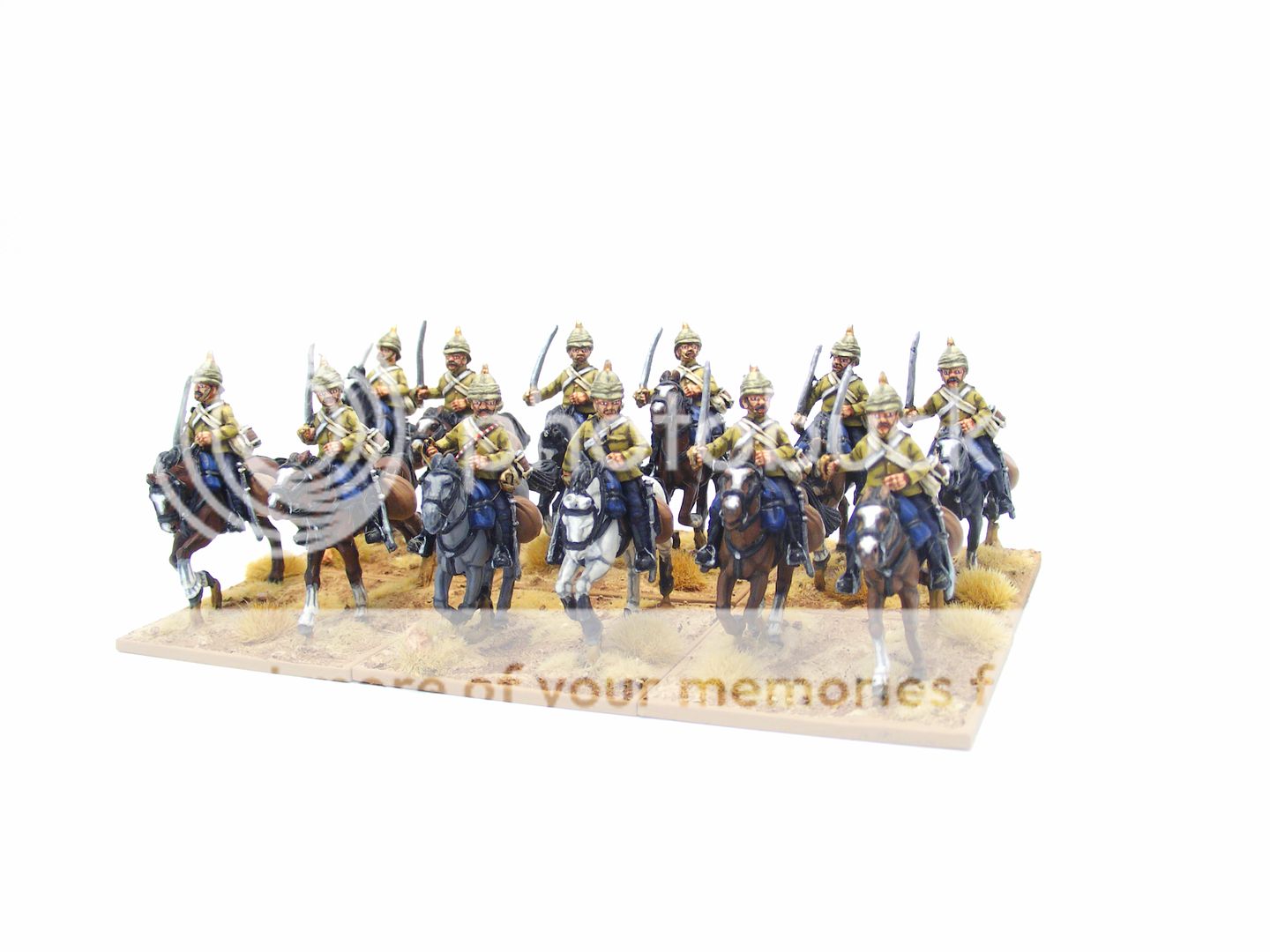
19th Hussar Cavalry Regiment
The 19th wore the standard grey serge frocks but with Bedford cord pantaloons and home service boots. After El Teb Burleigh says that the cavalry were ordered to arm themselves with native spears which were found to be far more effective than swords for reaching enemy going prone at the point of impact.
The Naval Brigade



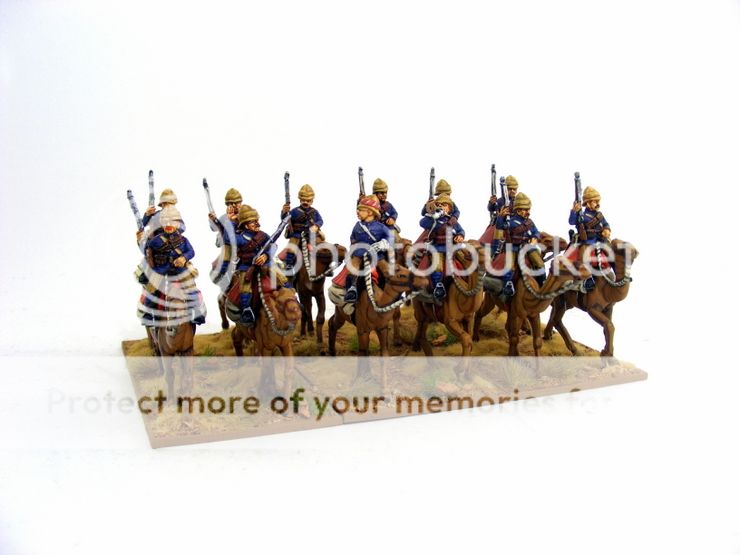

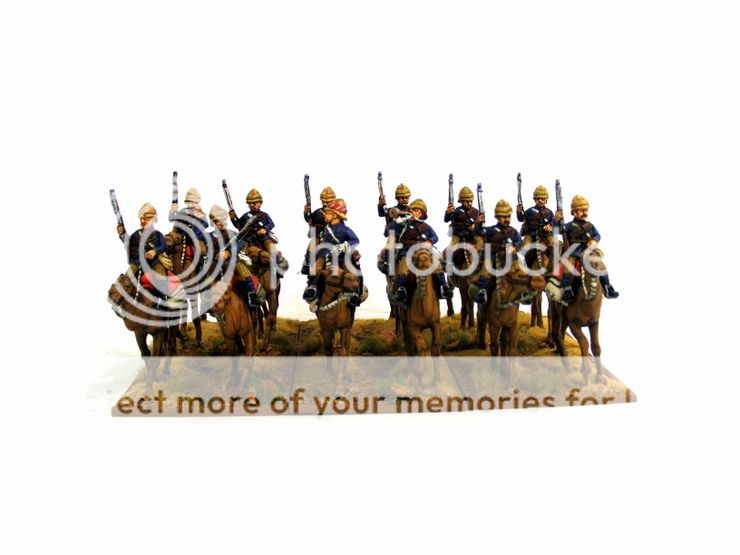

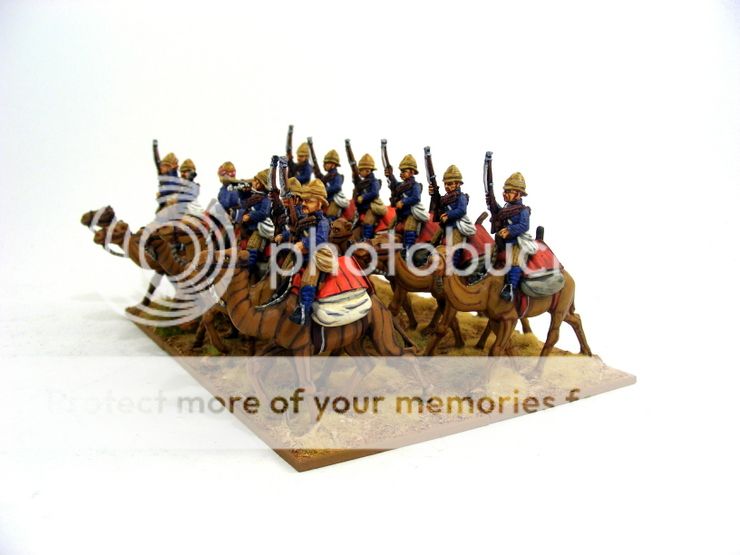
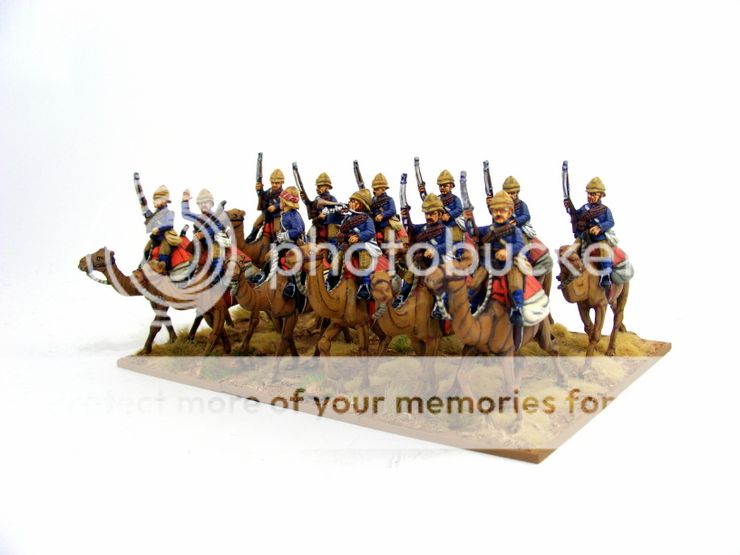
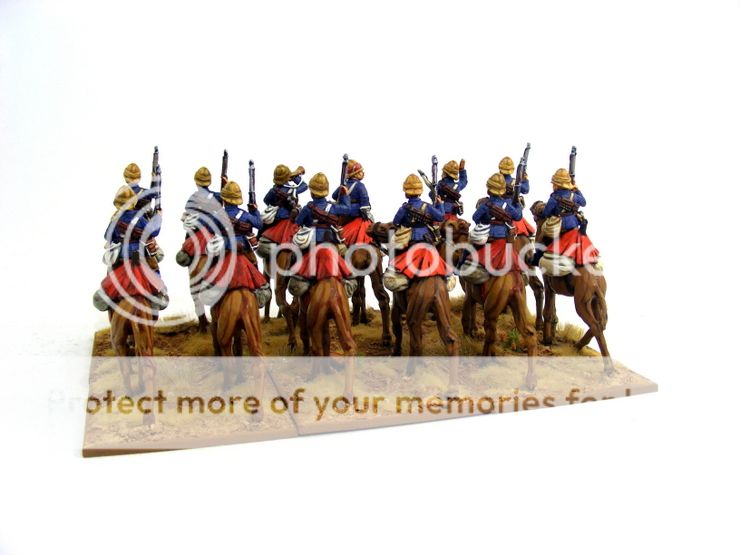

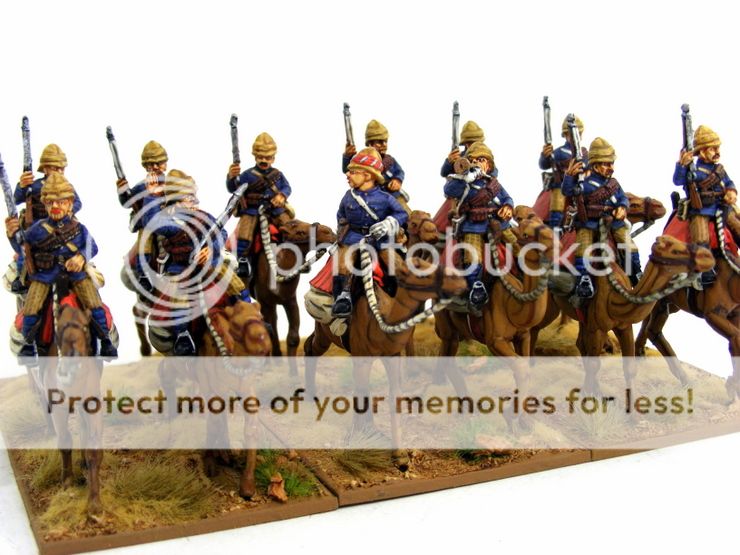
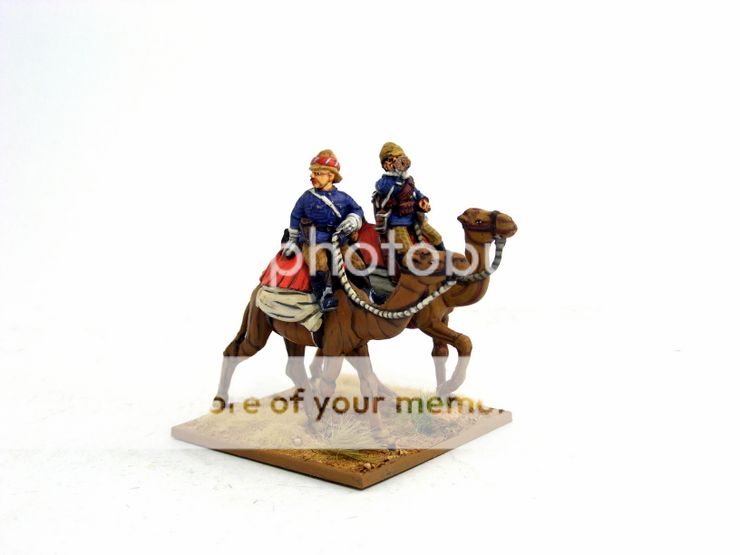
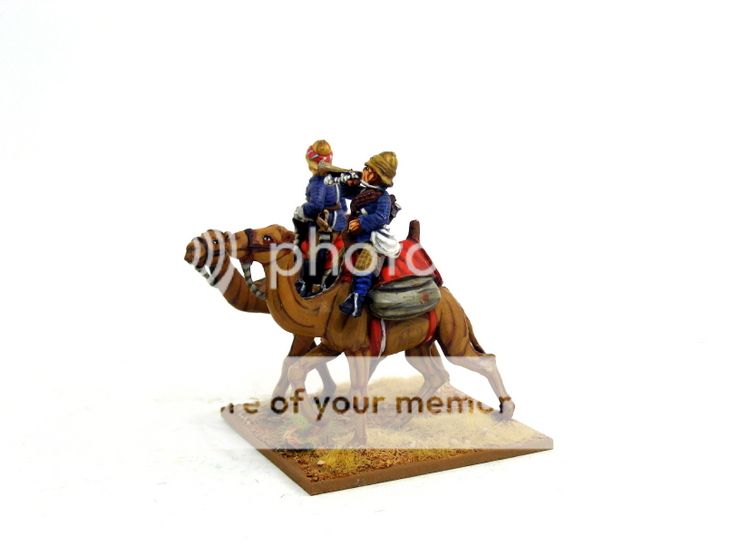

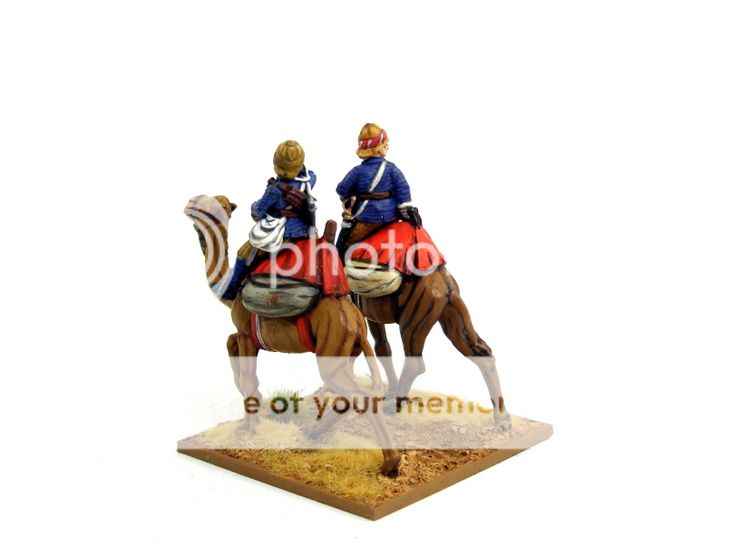

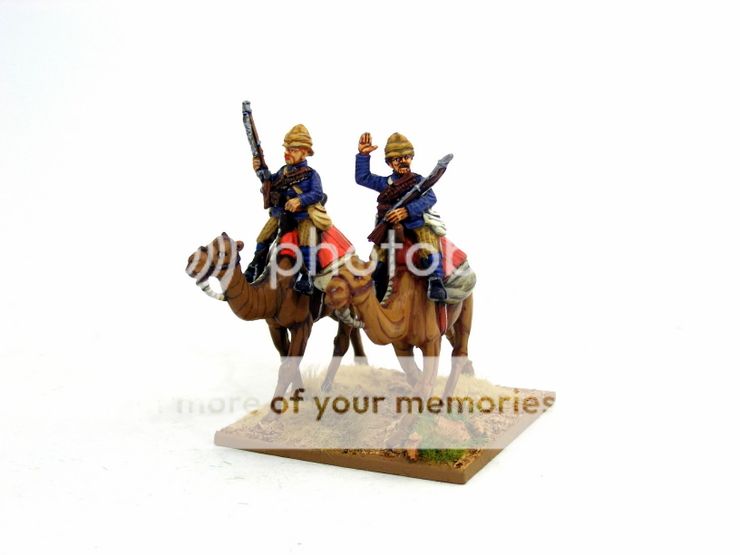
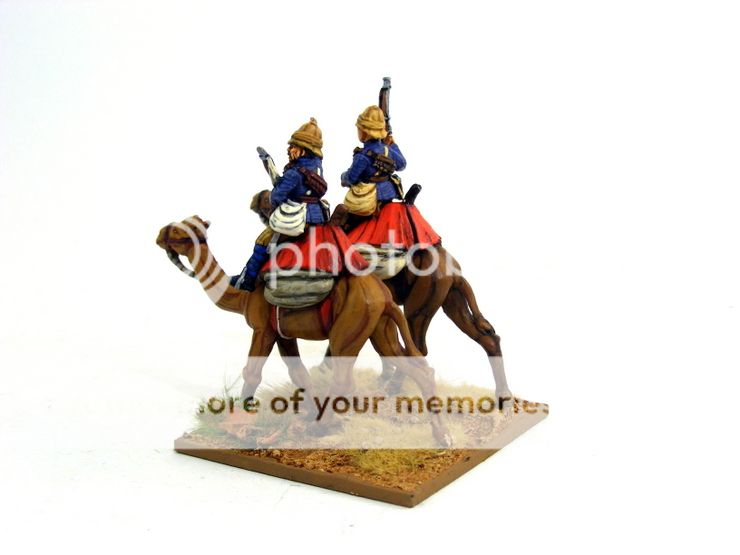

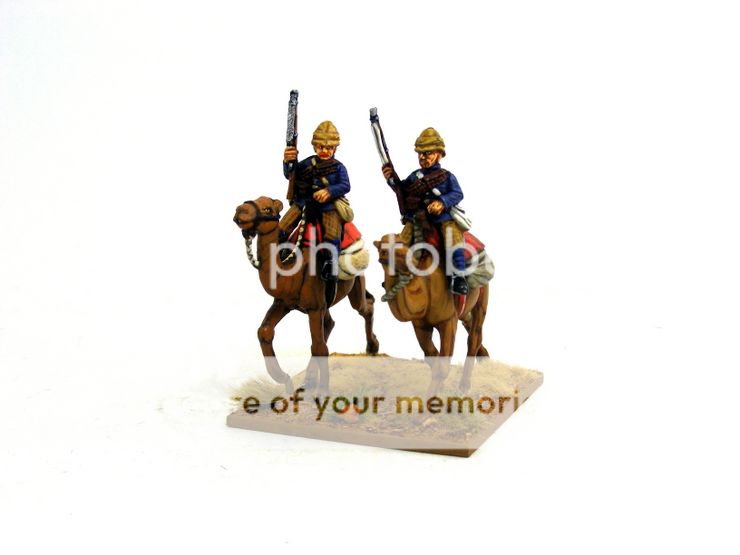
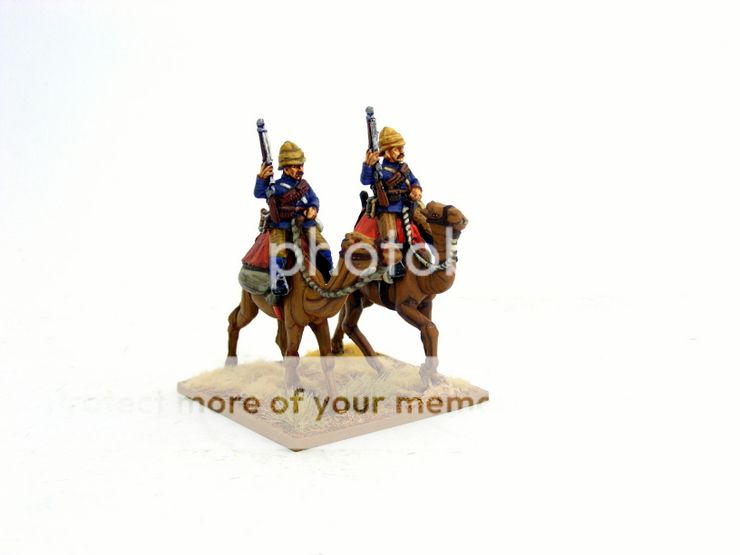
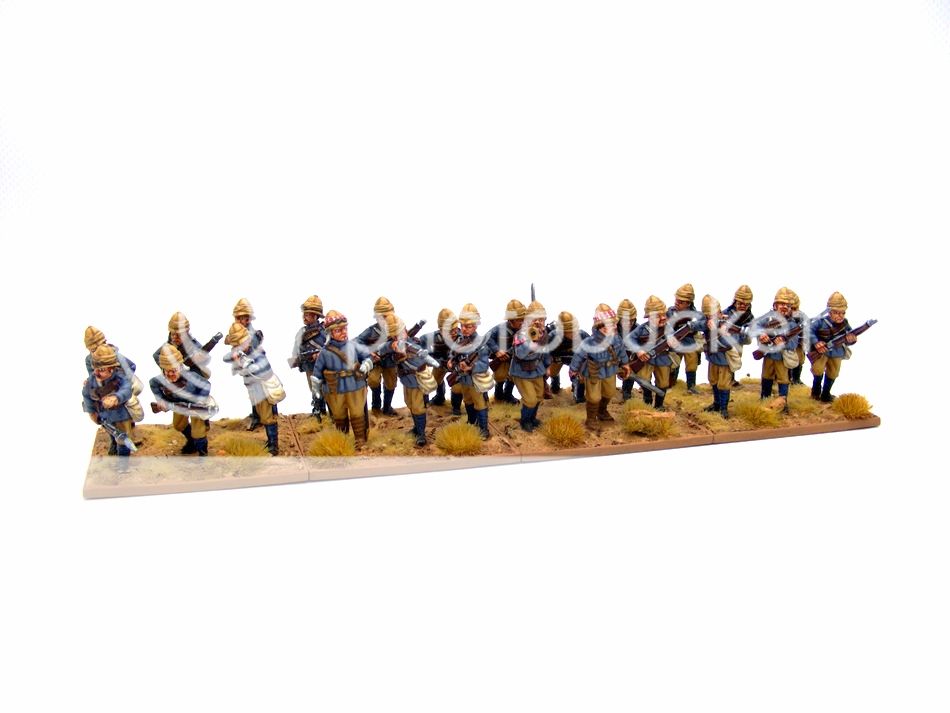
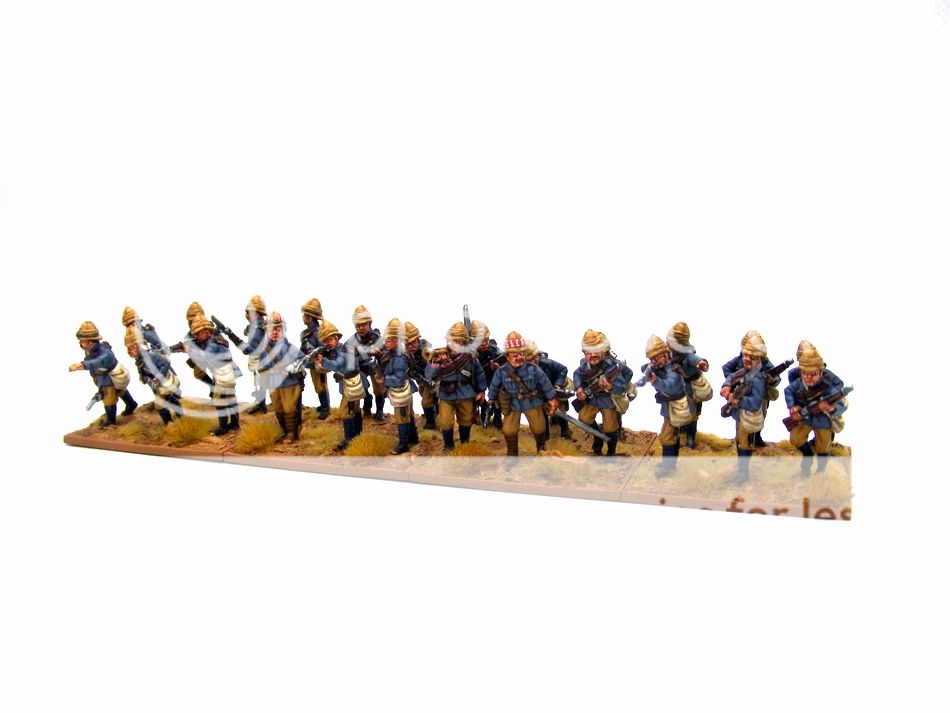
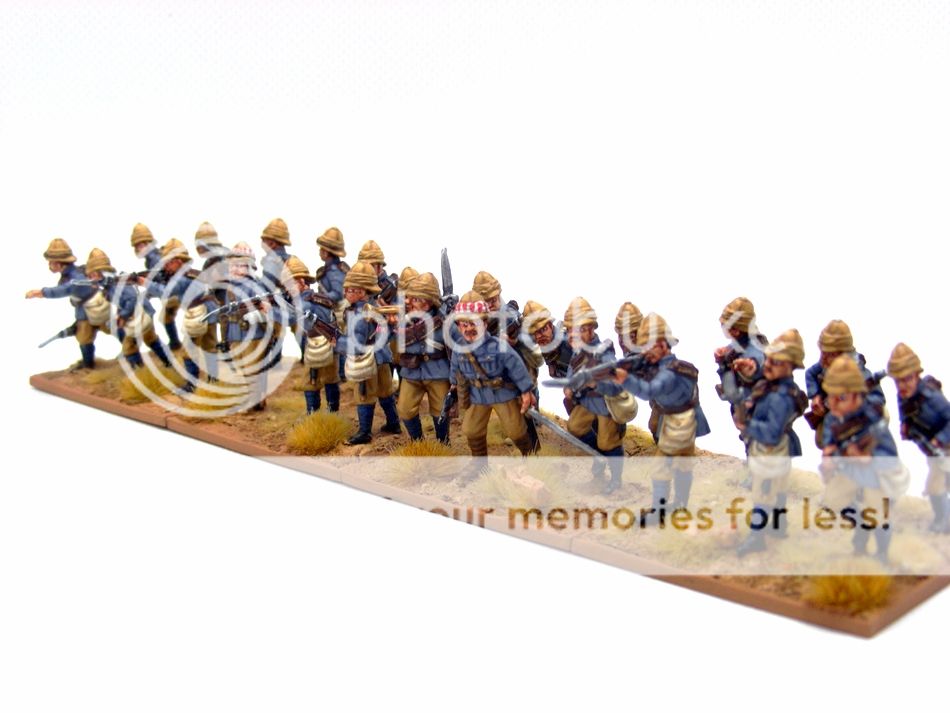

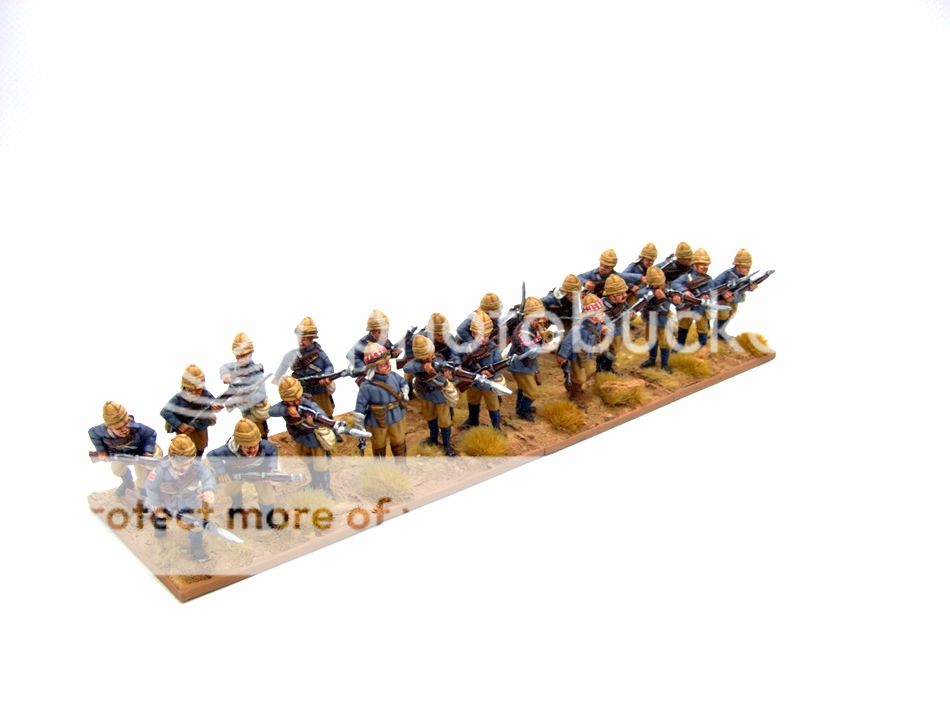
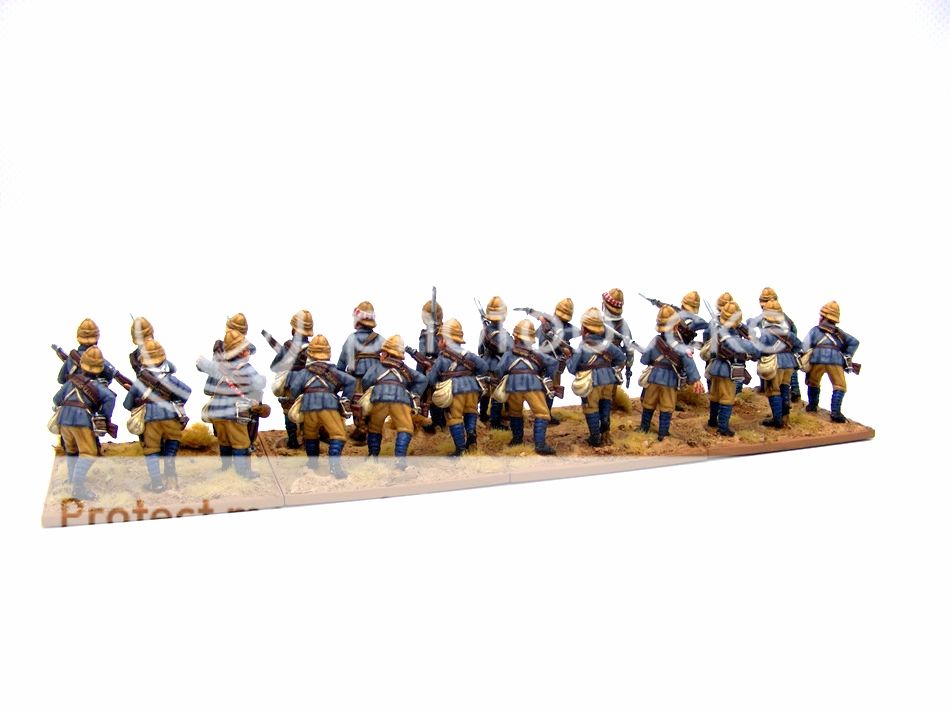
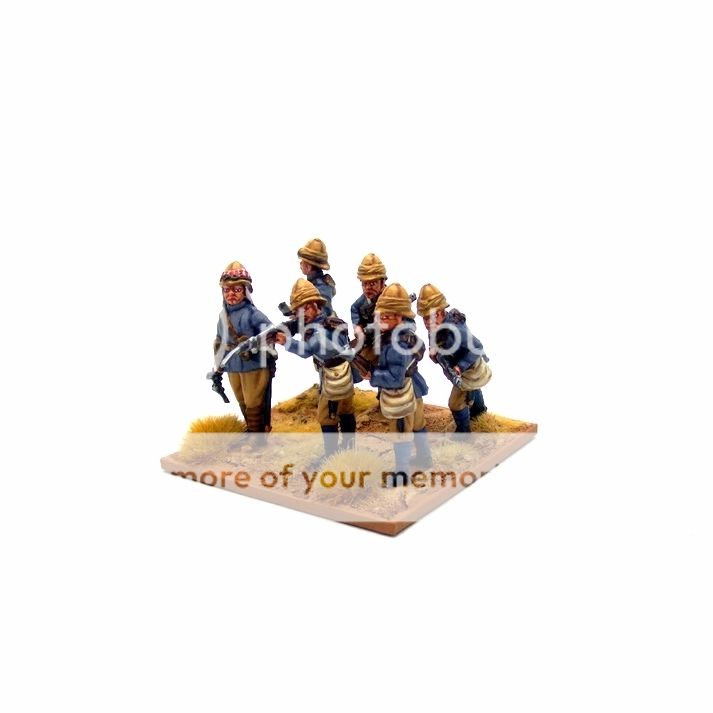
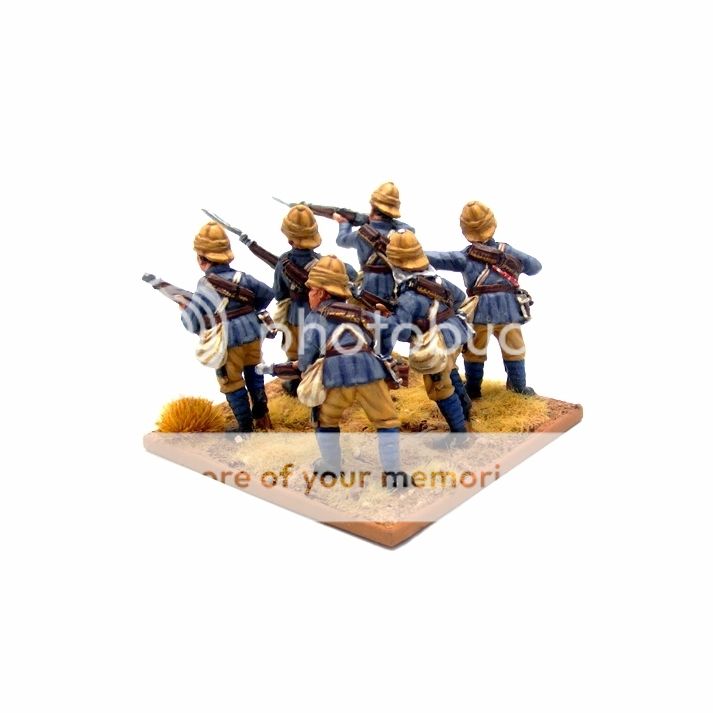
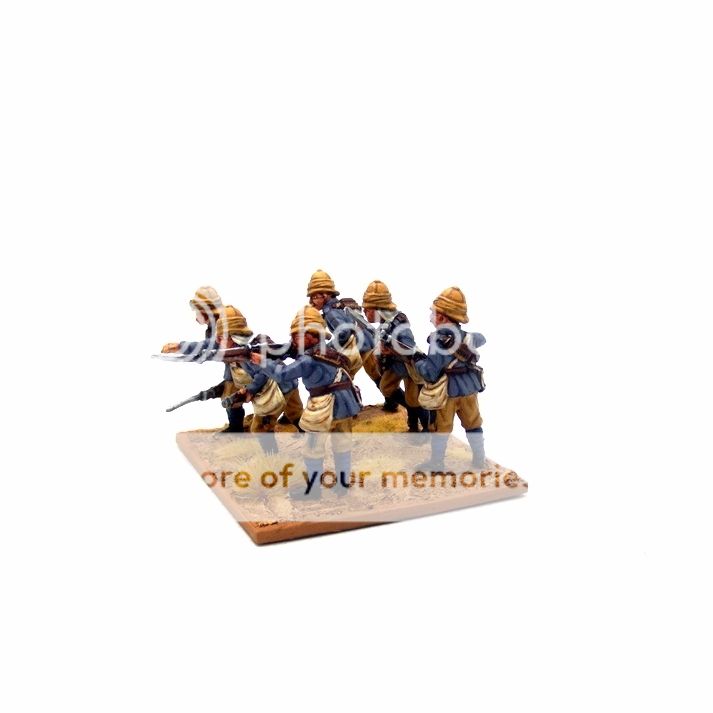
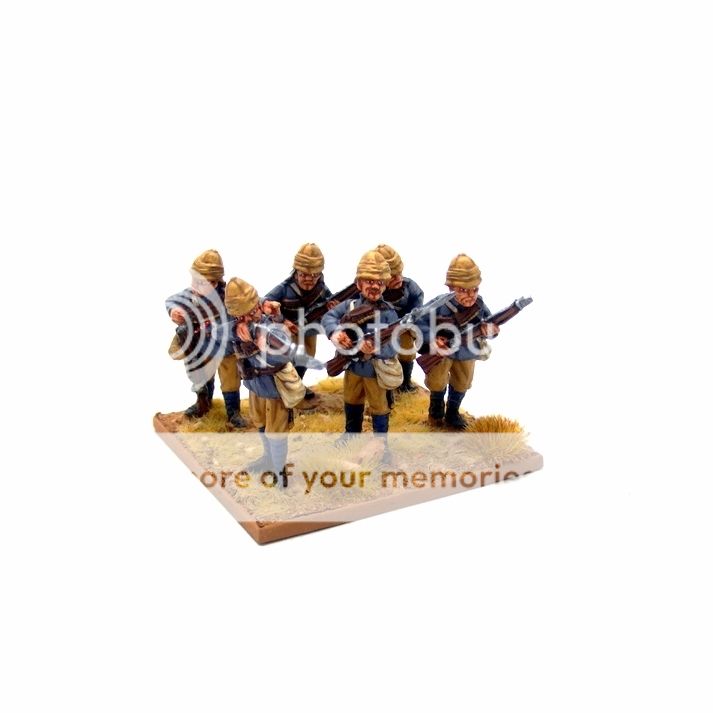
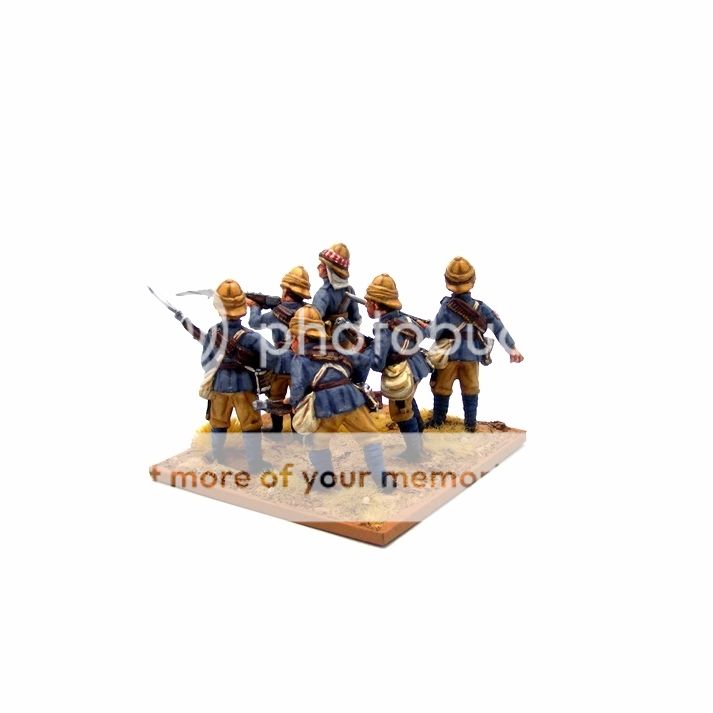
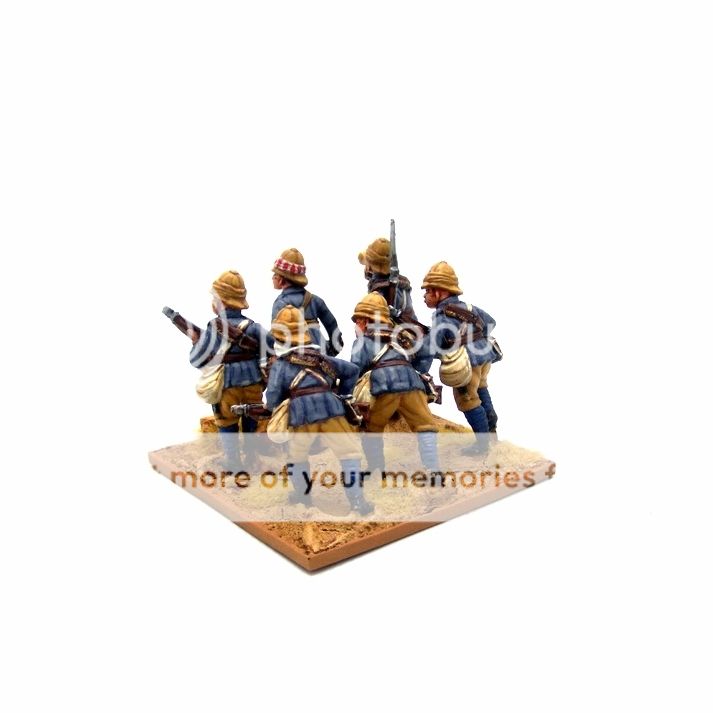

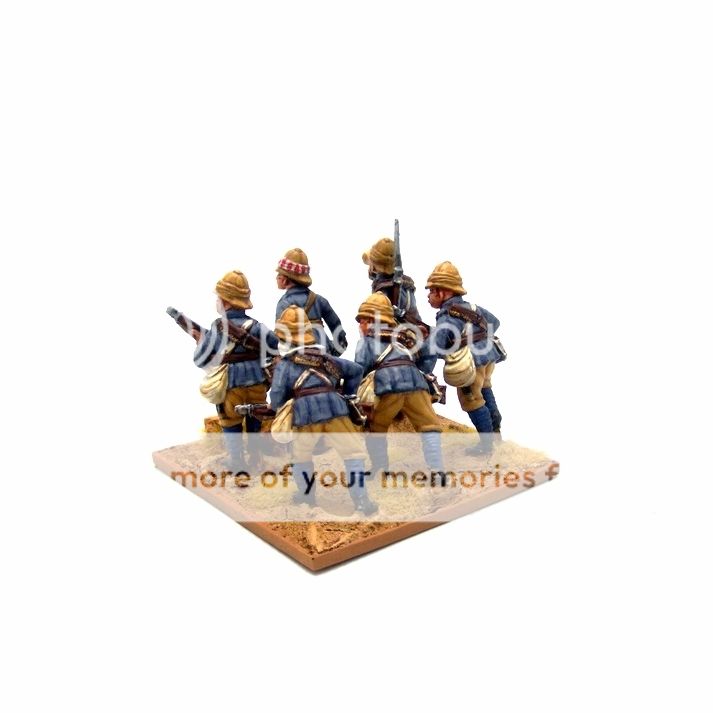
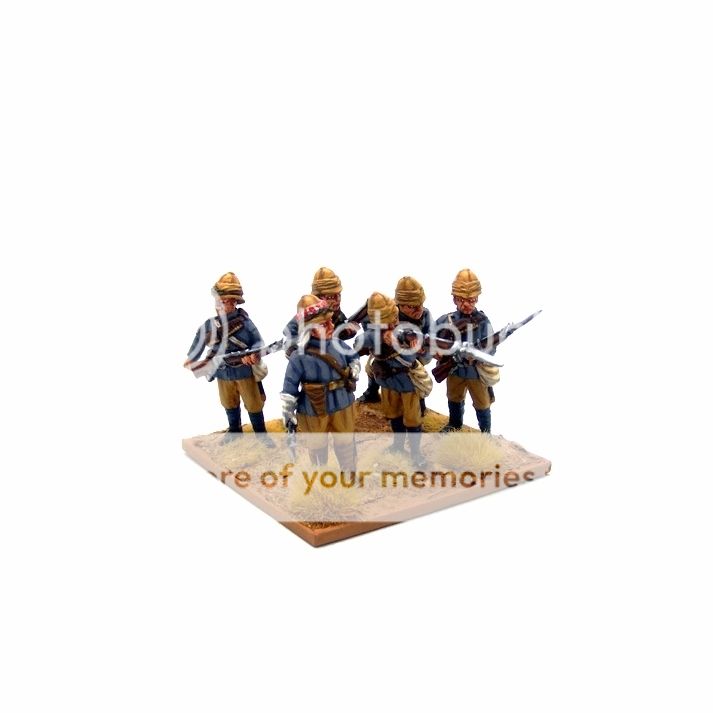
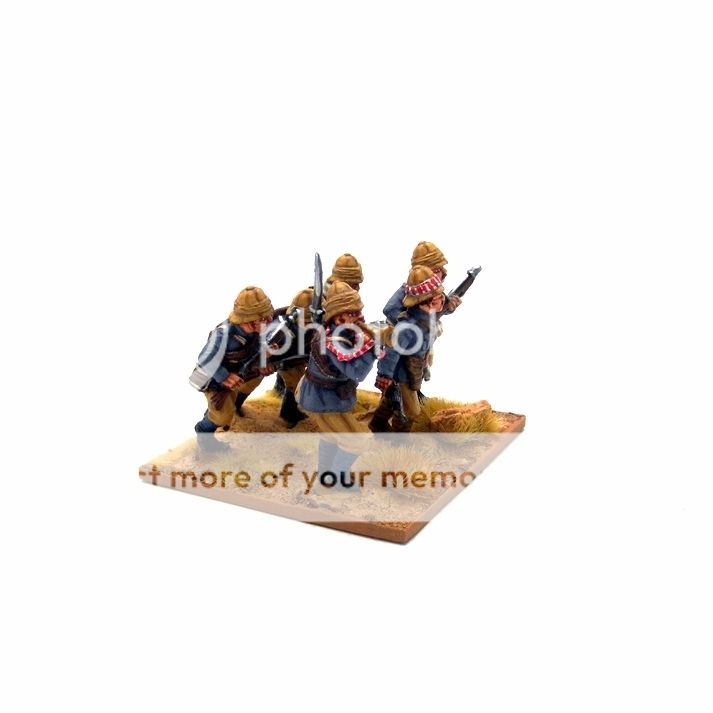
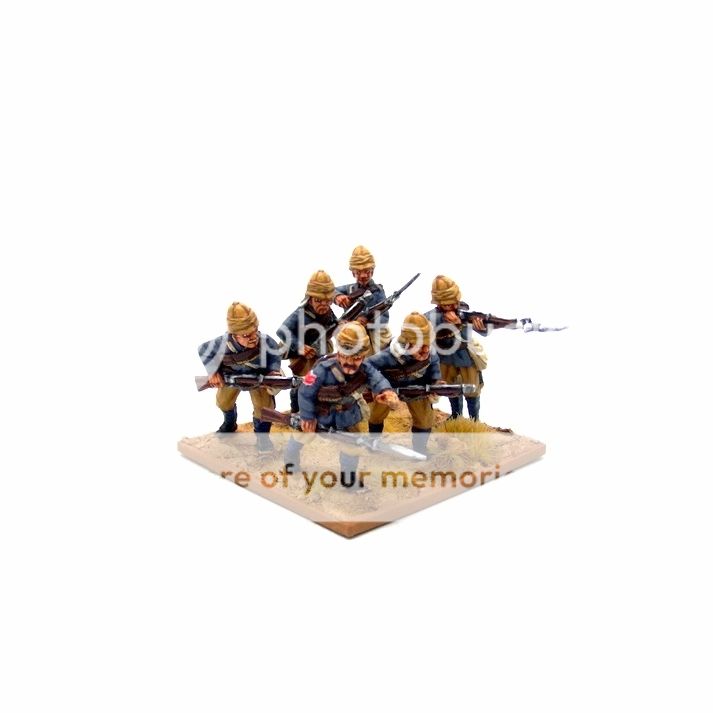

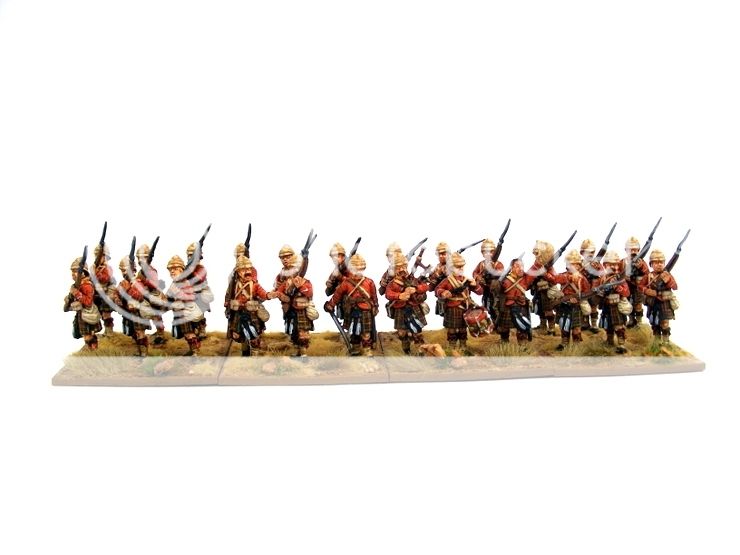
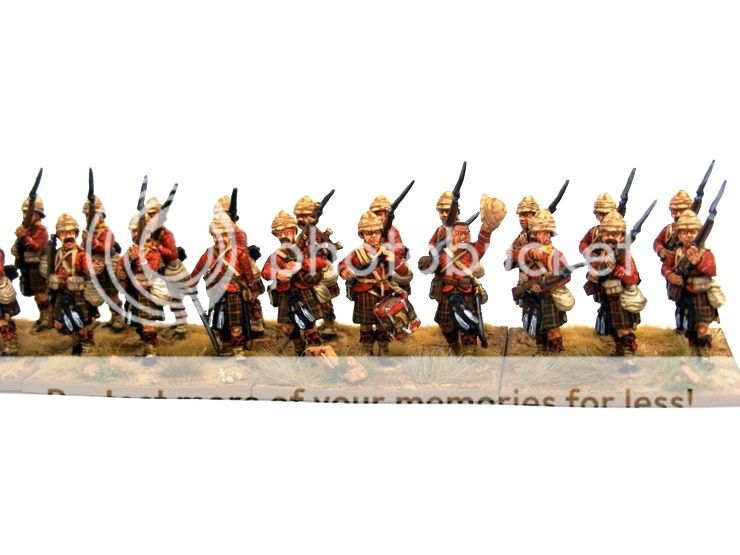

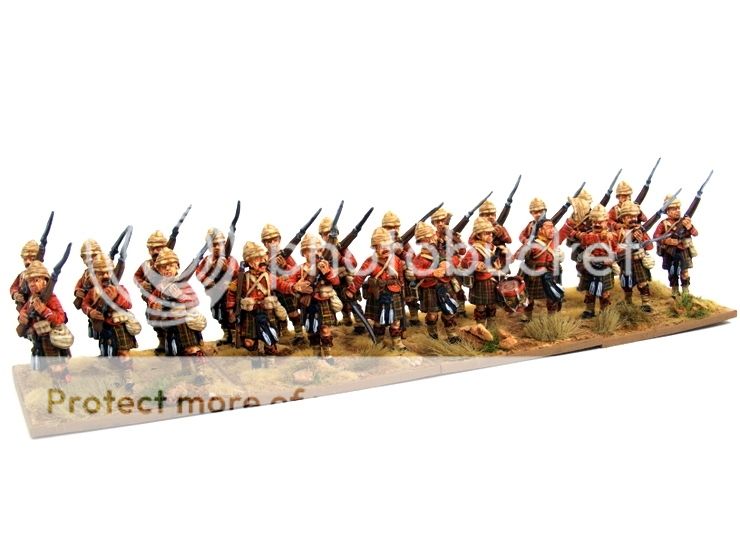
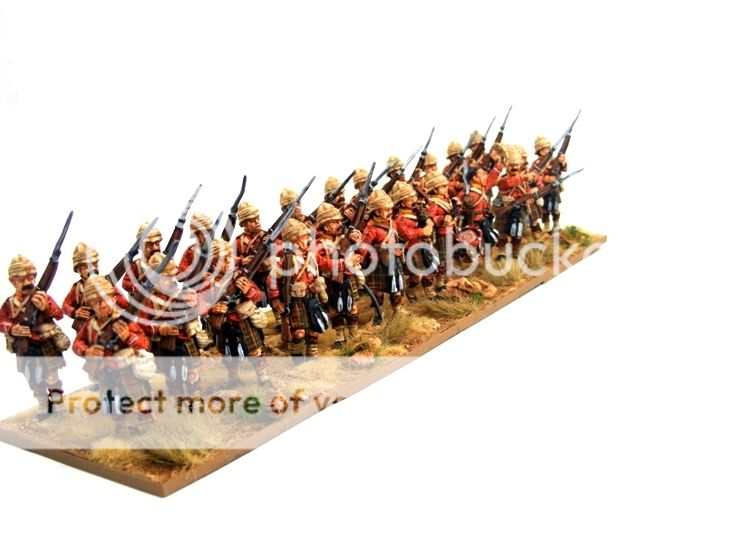
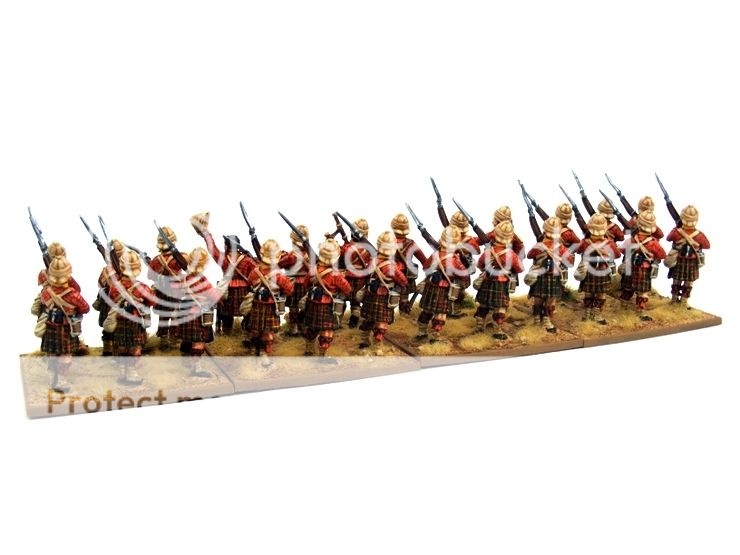
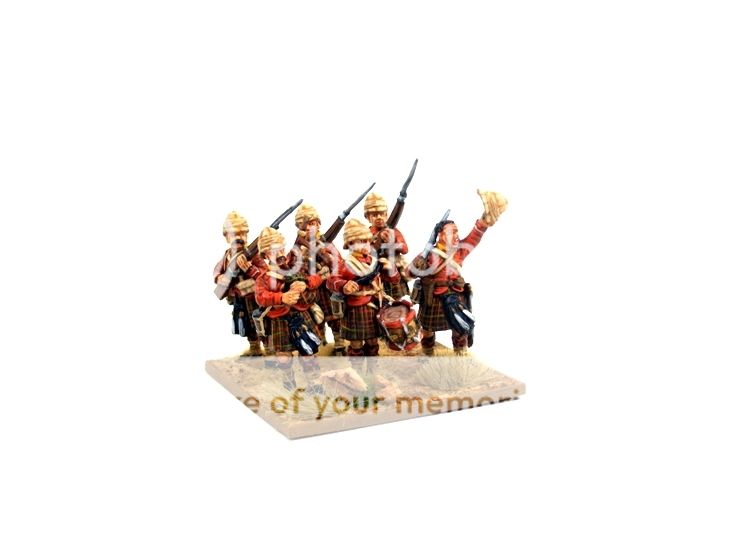

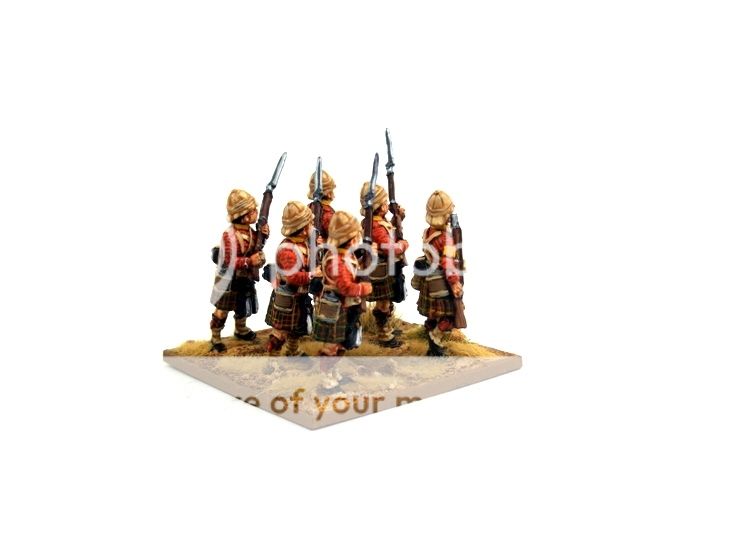
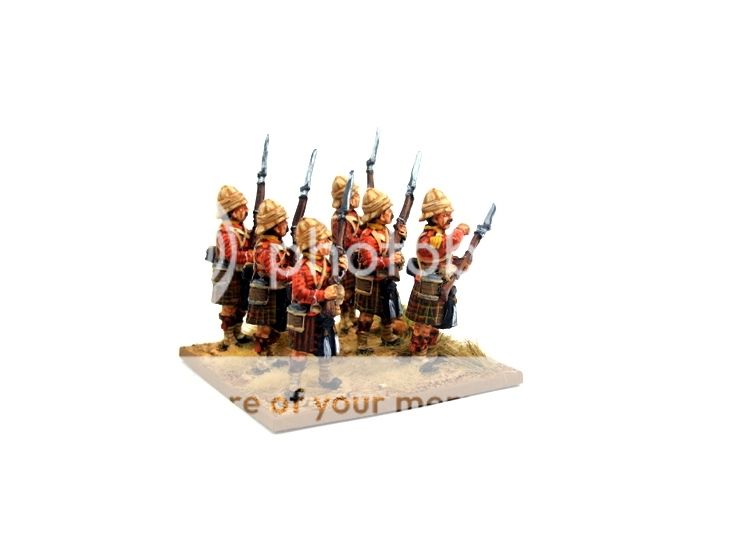
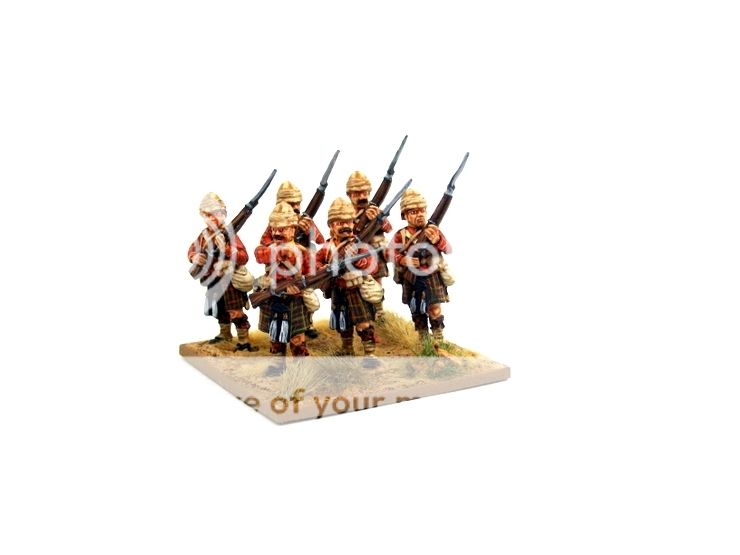
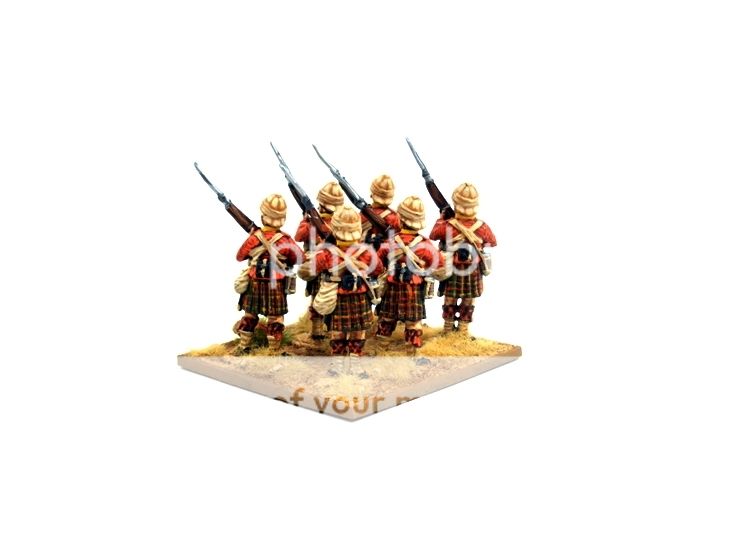
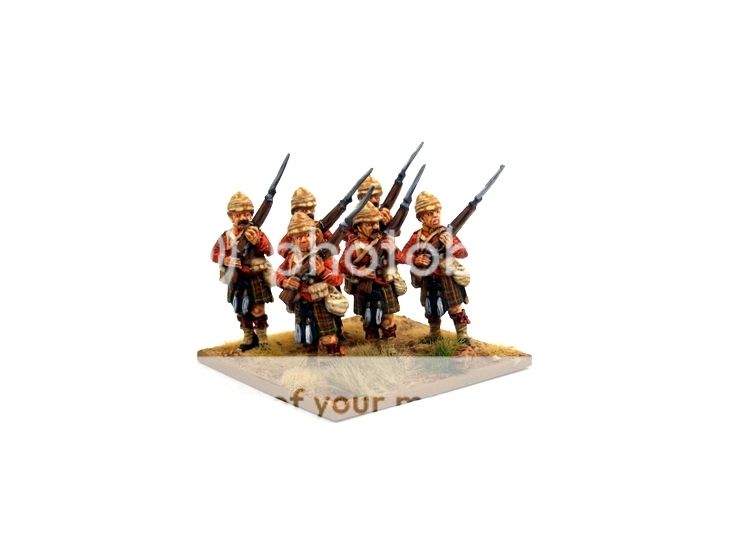
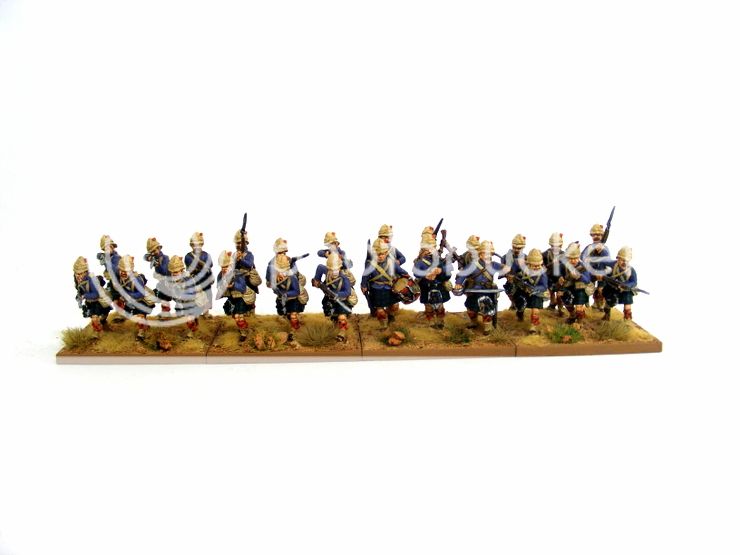

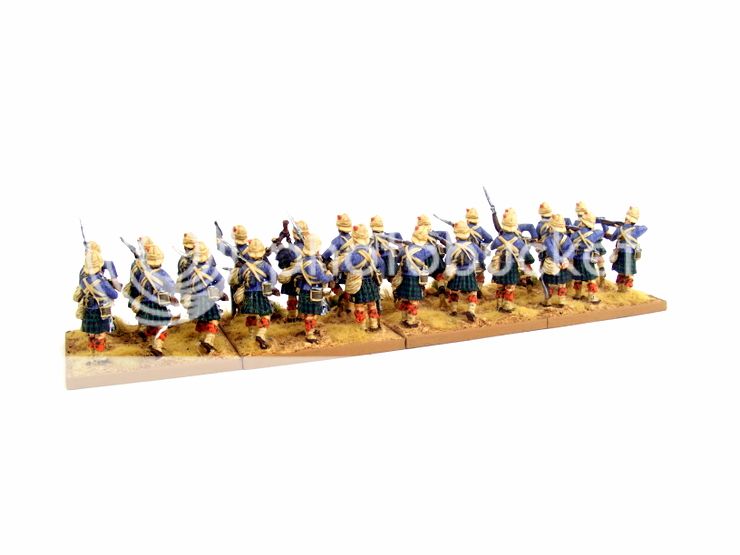
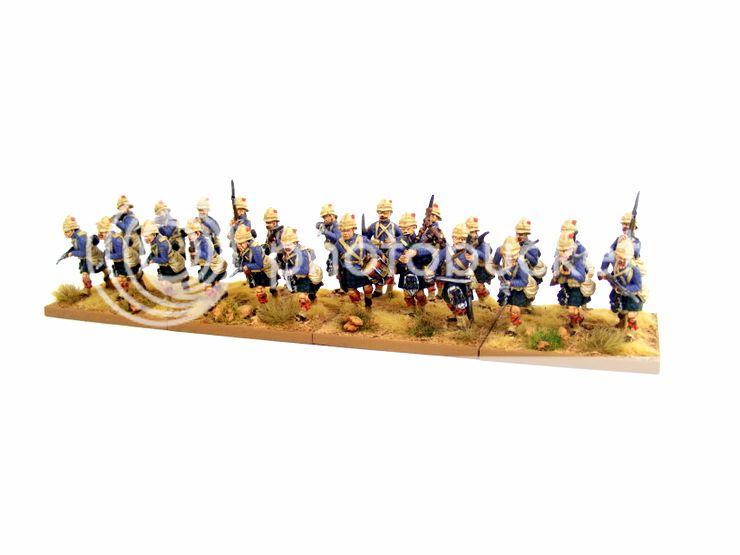
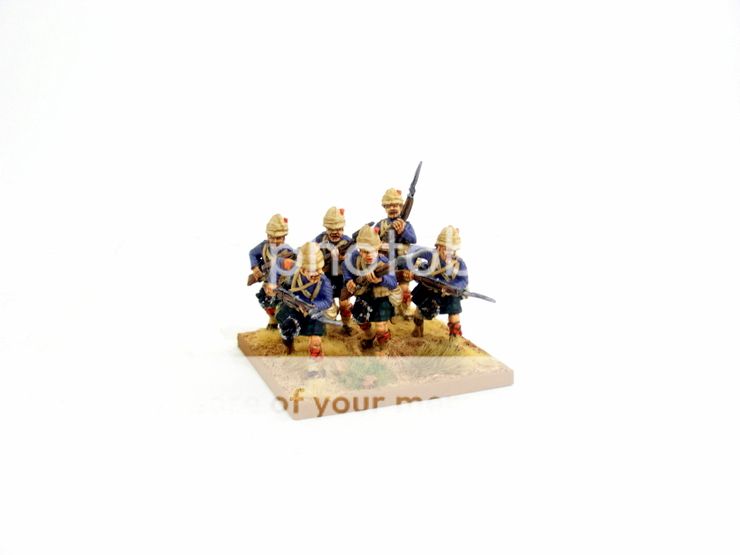
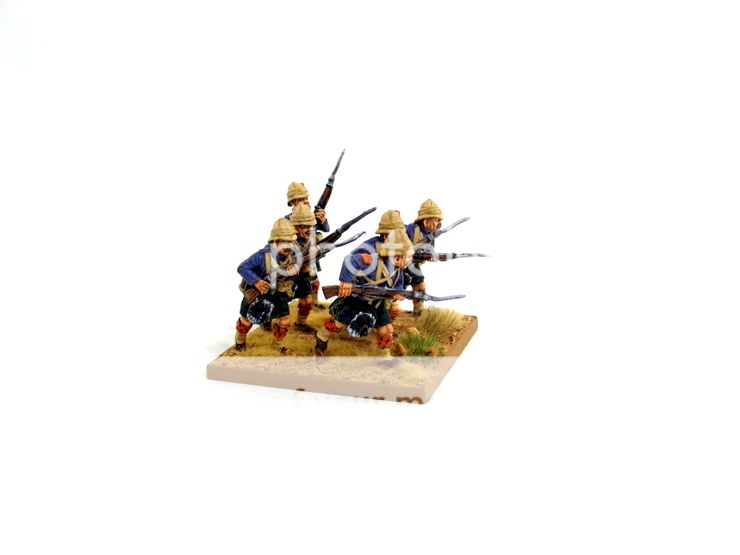
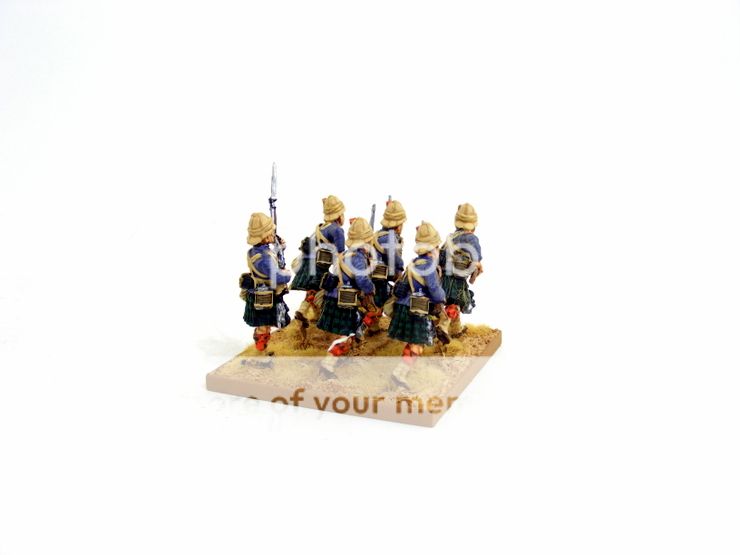
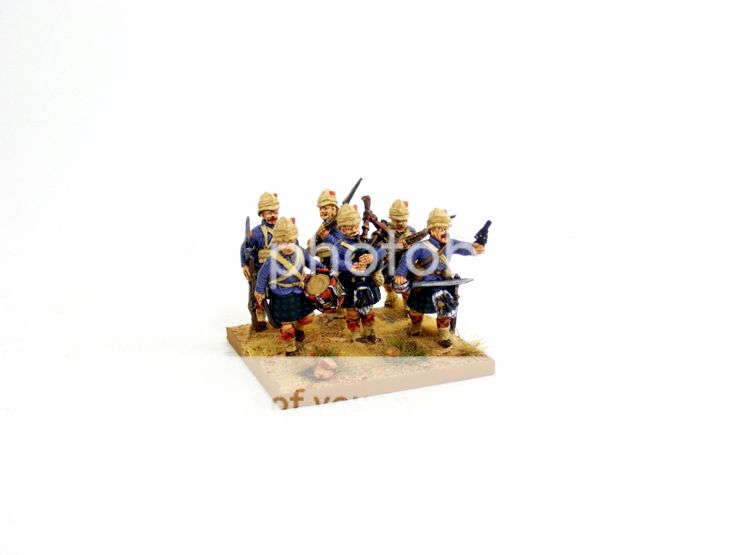
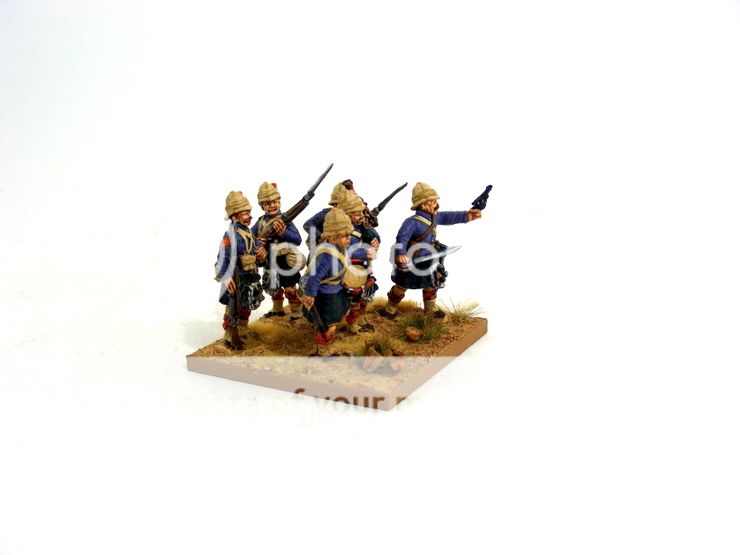
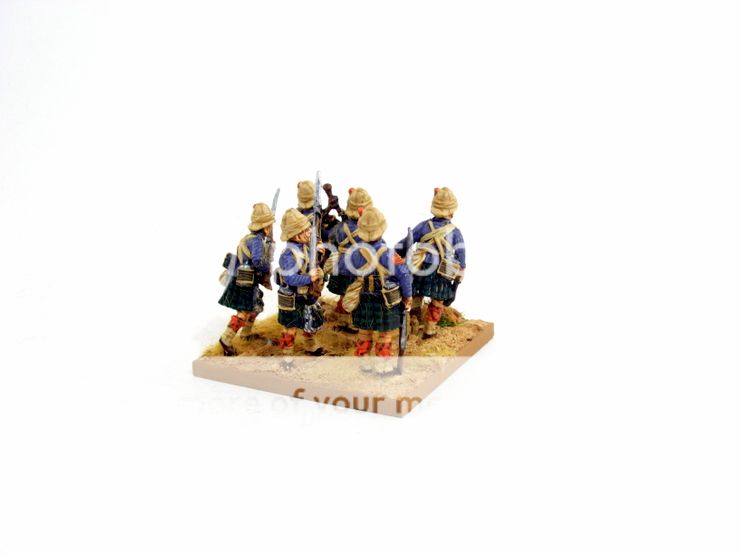

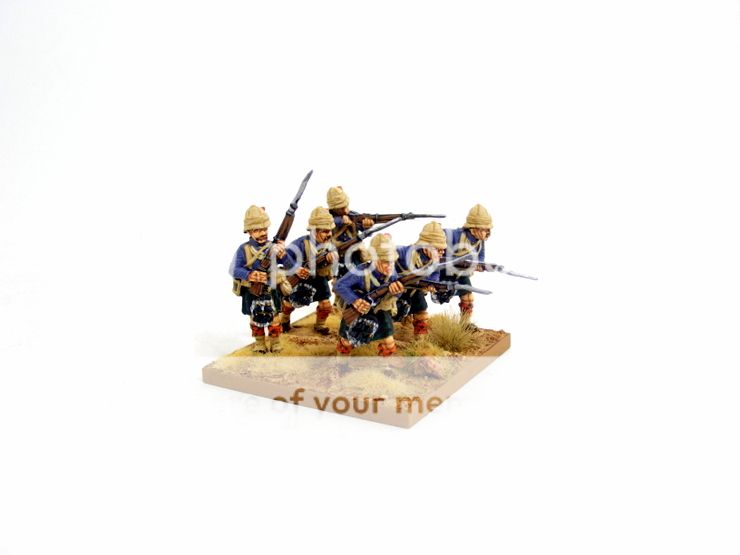
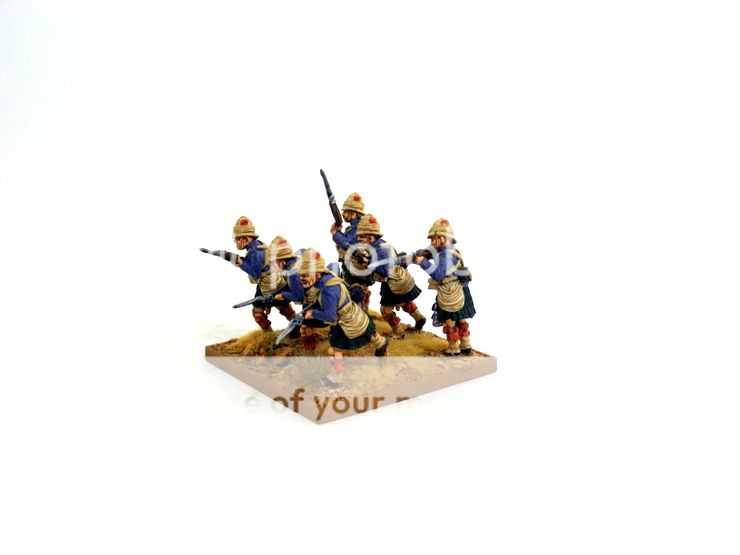
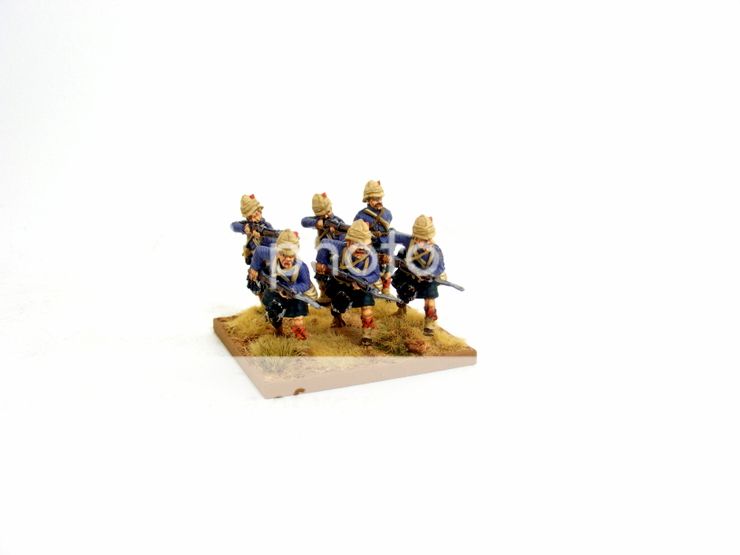
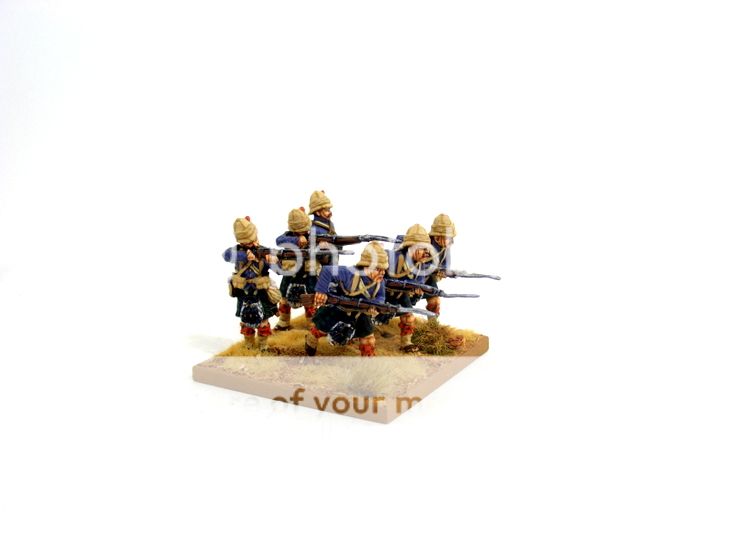
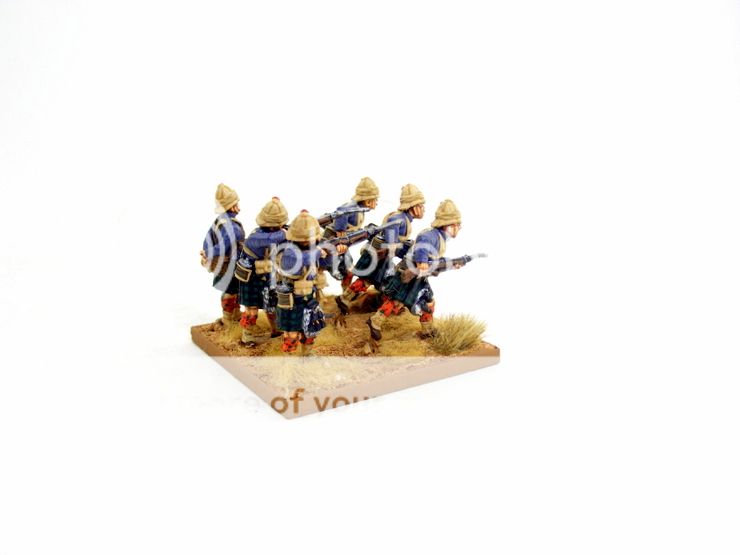

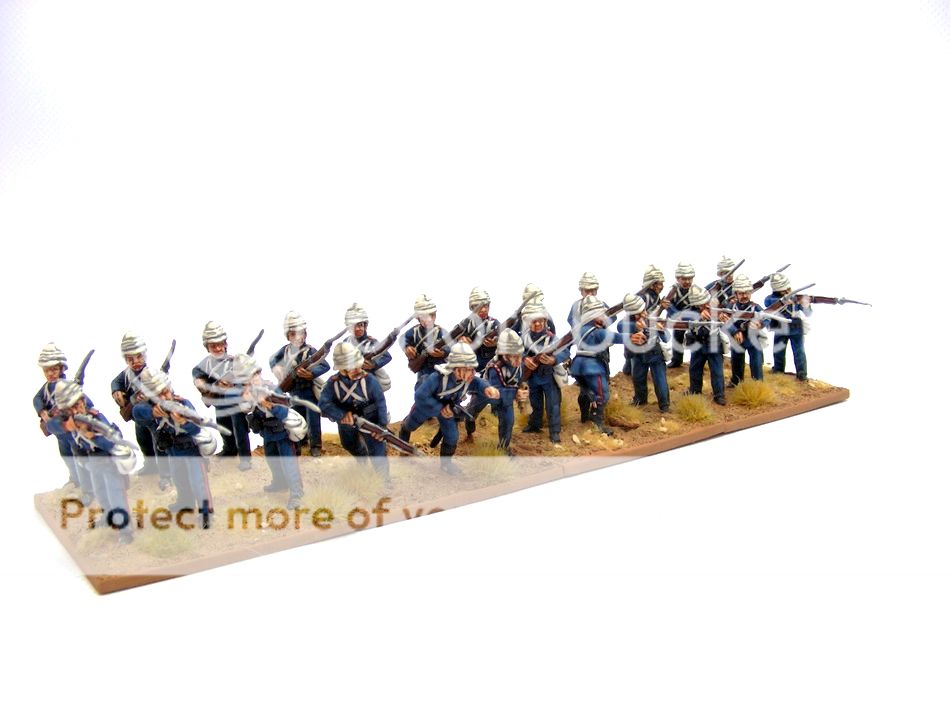
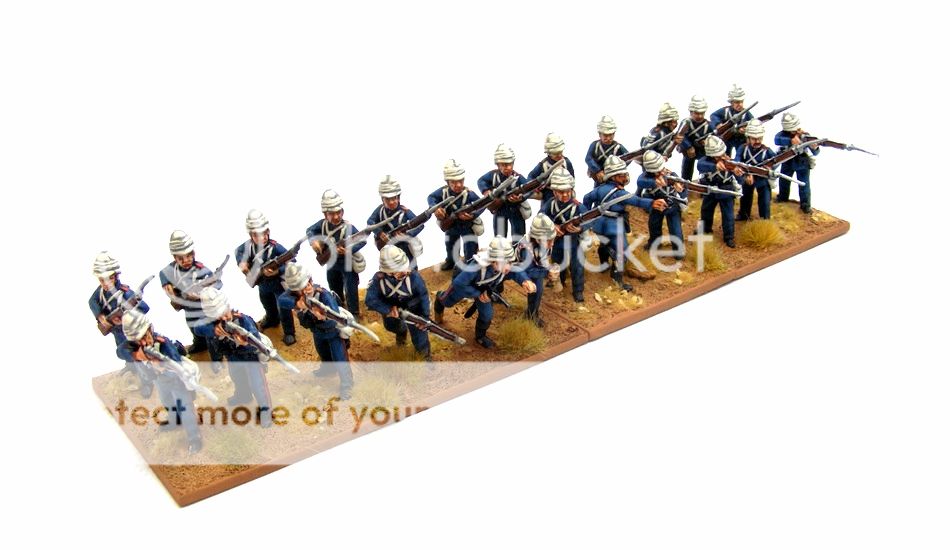
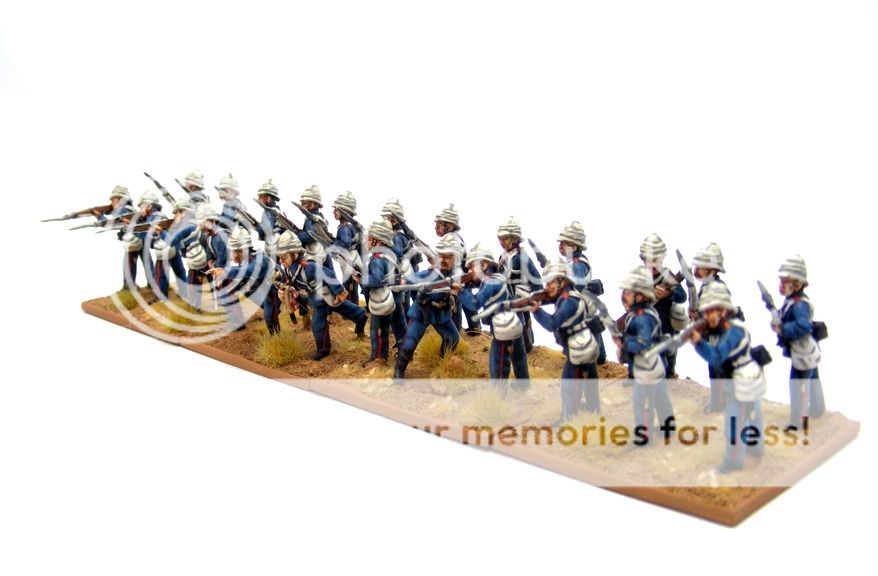
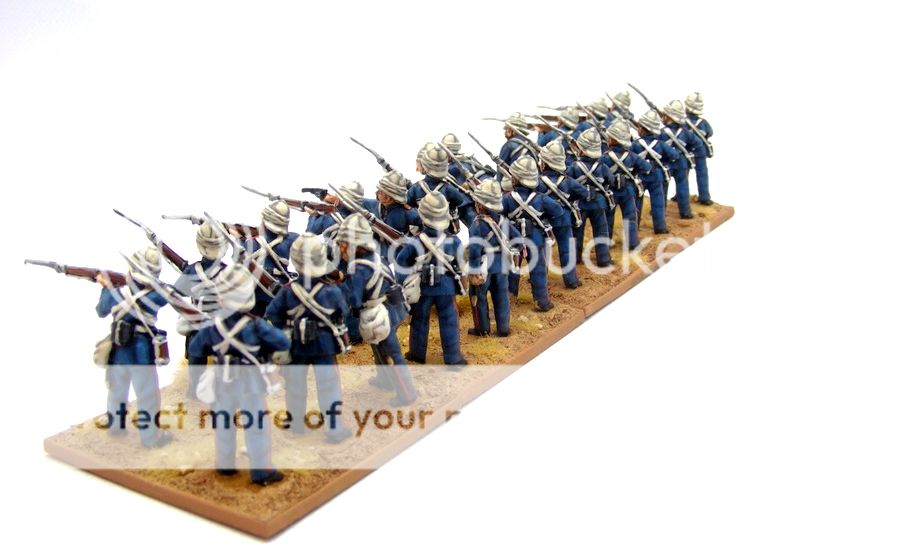
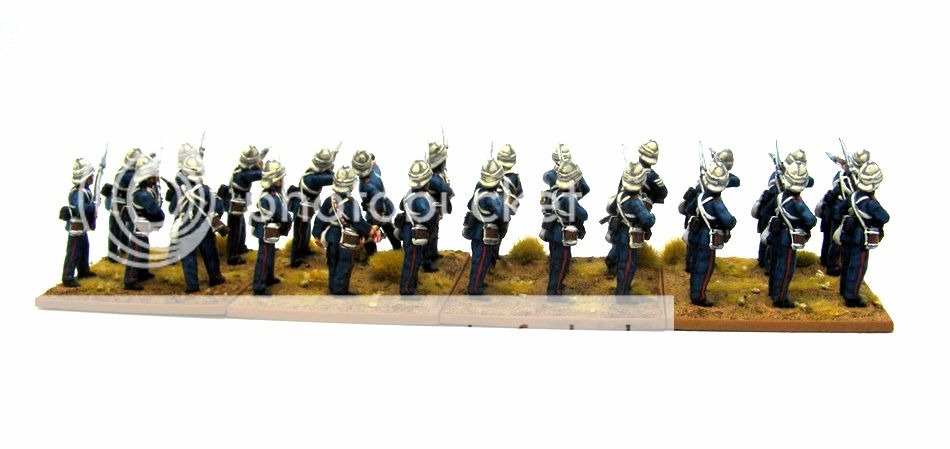

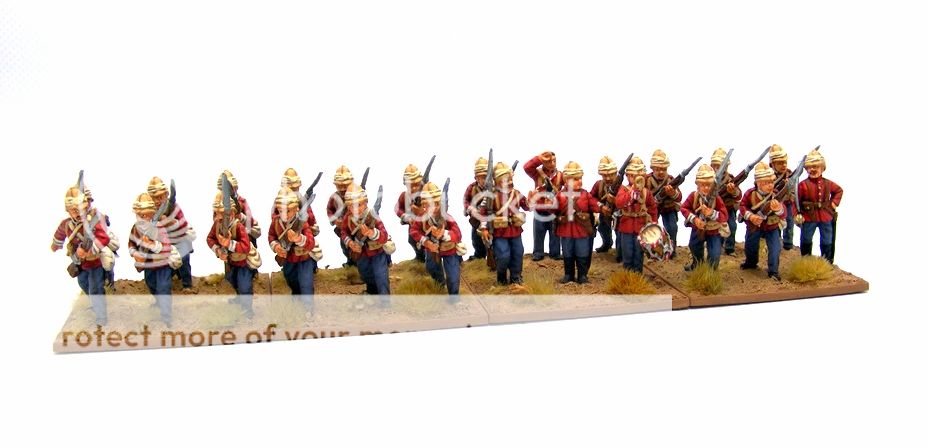
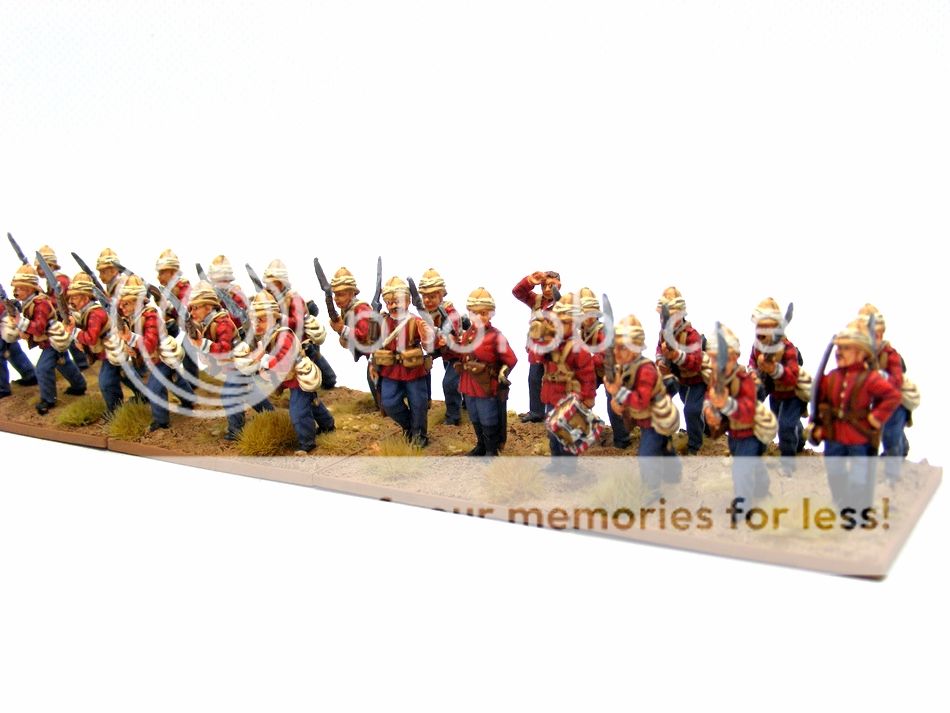
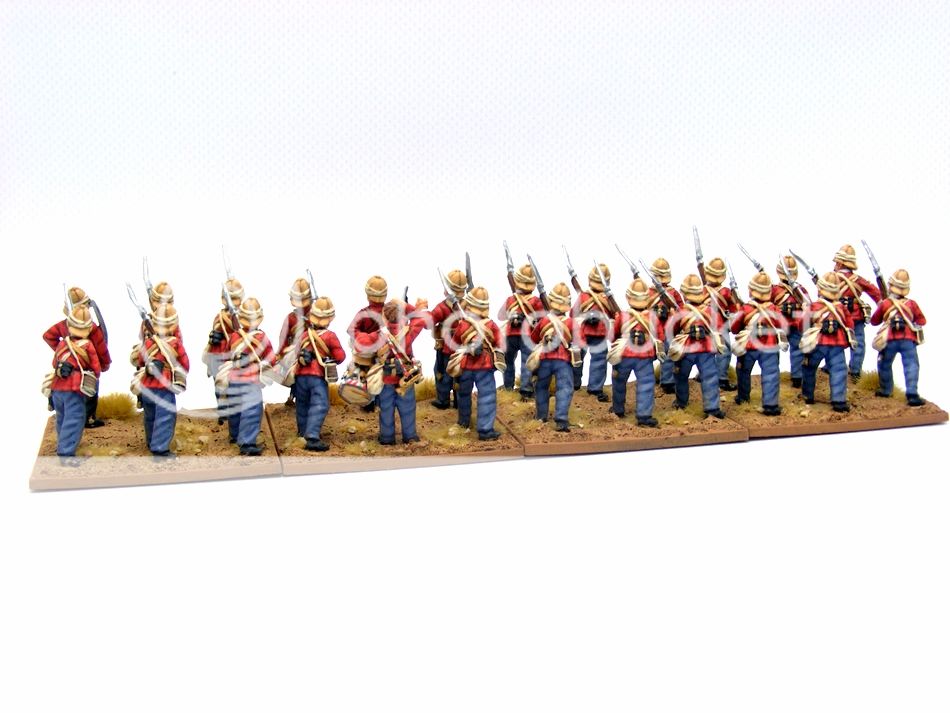
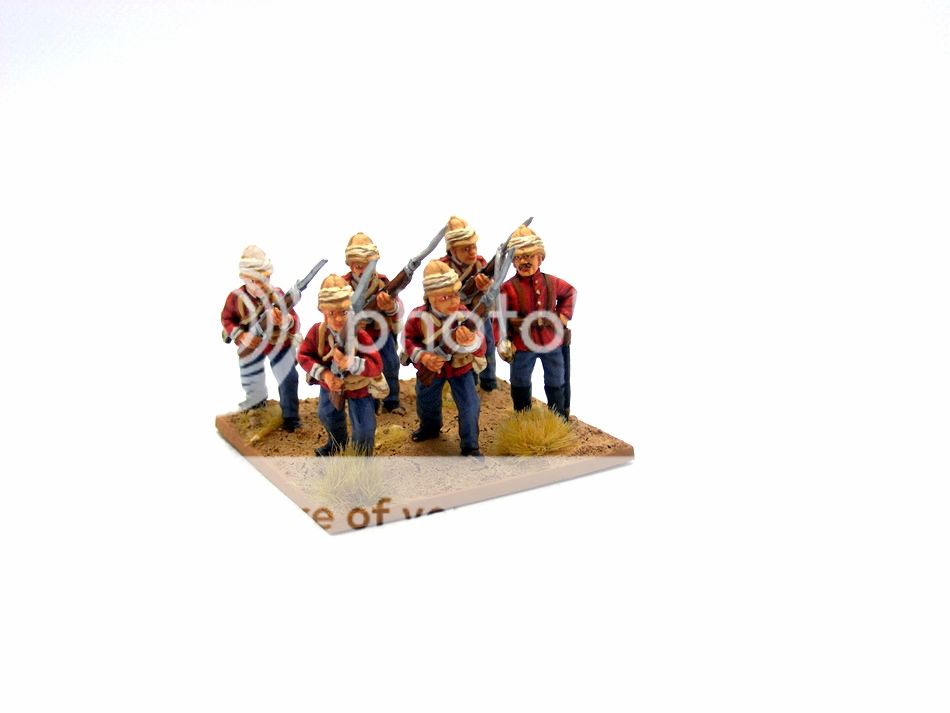

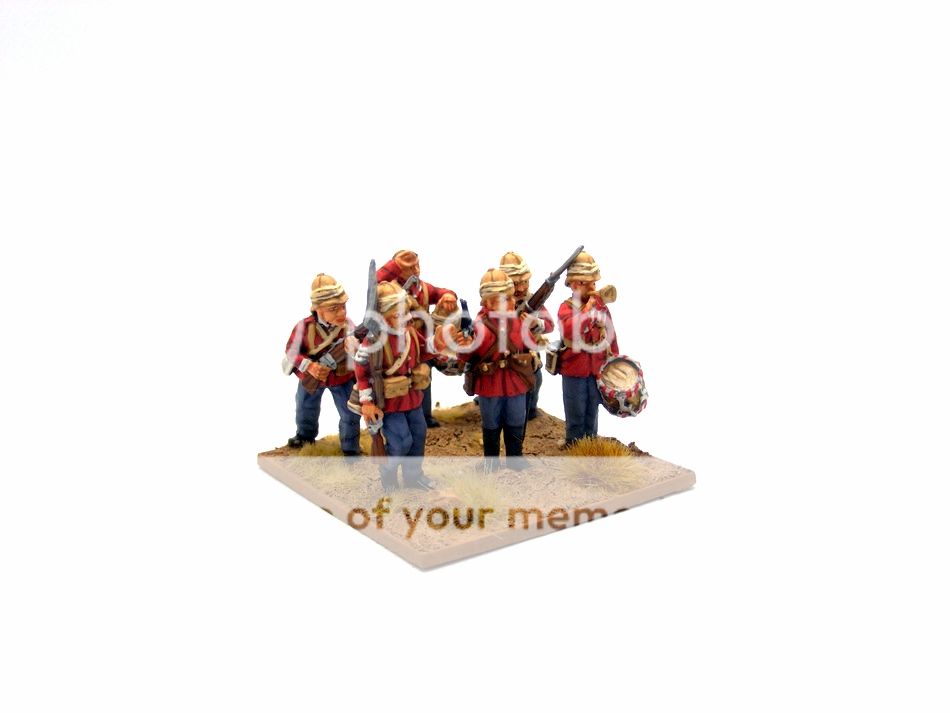
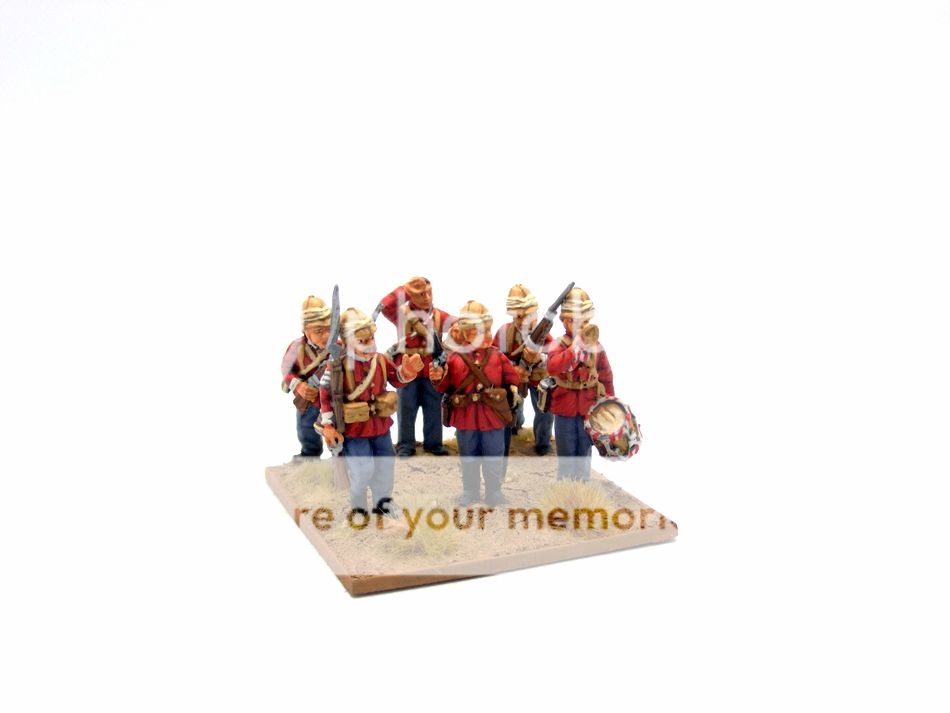
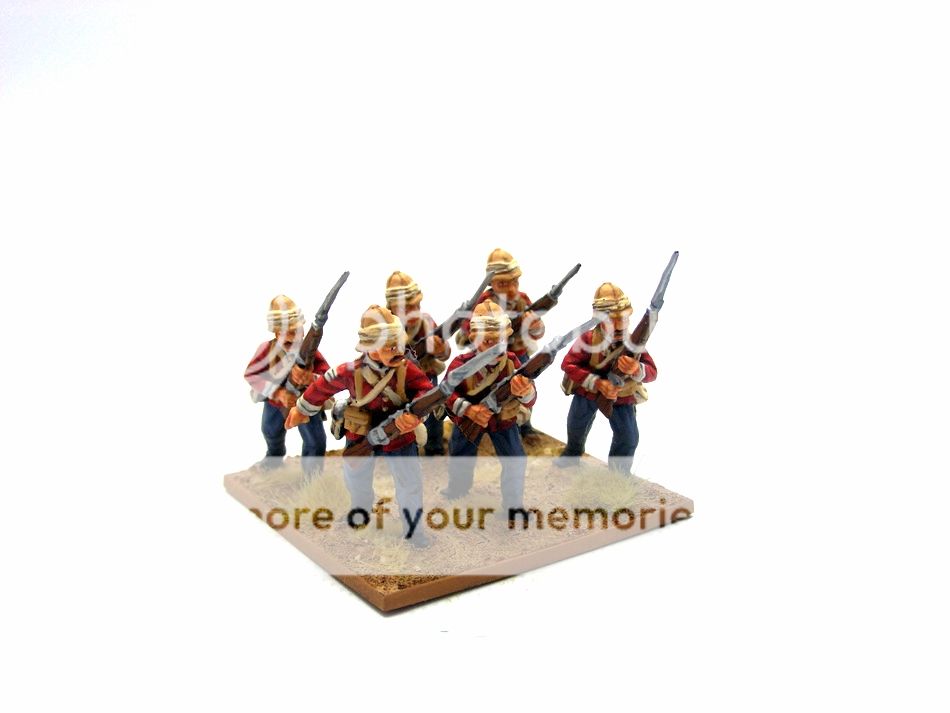
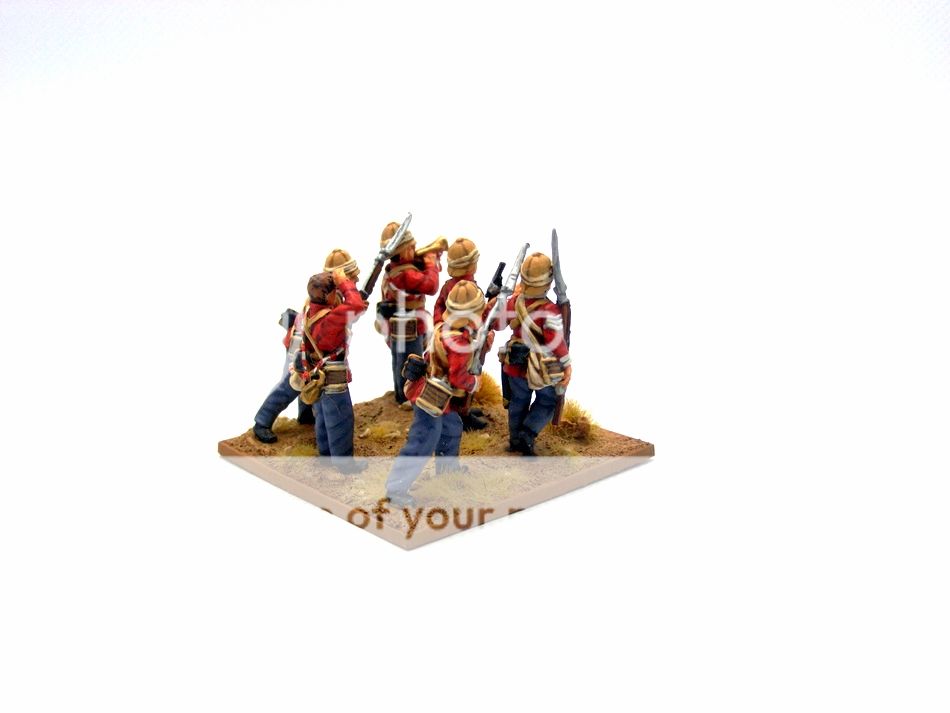
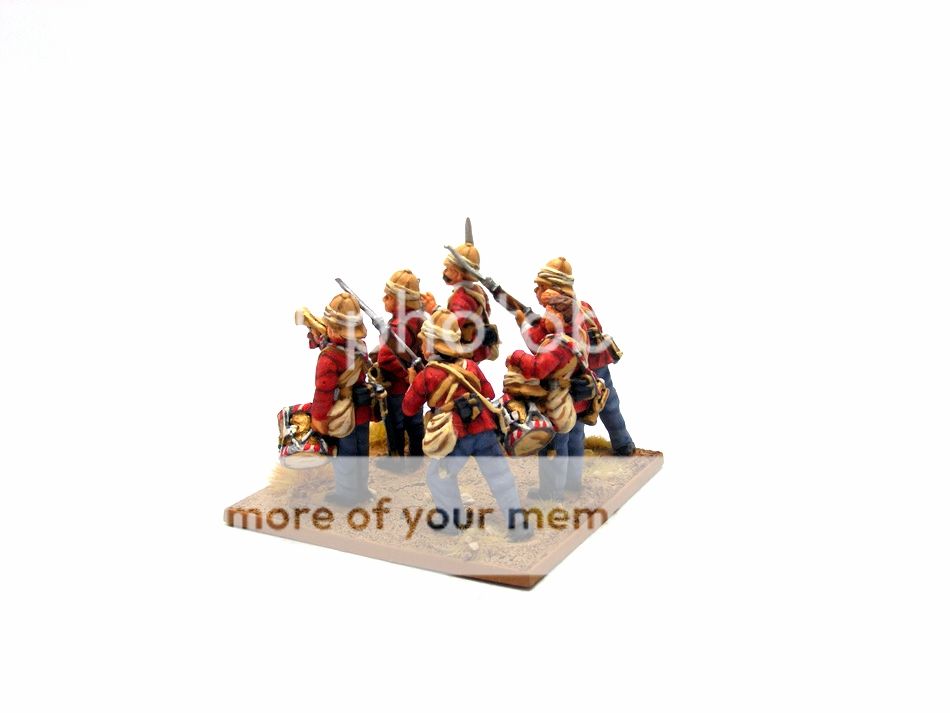
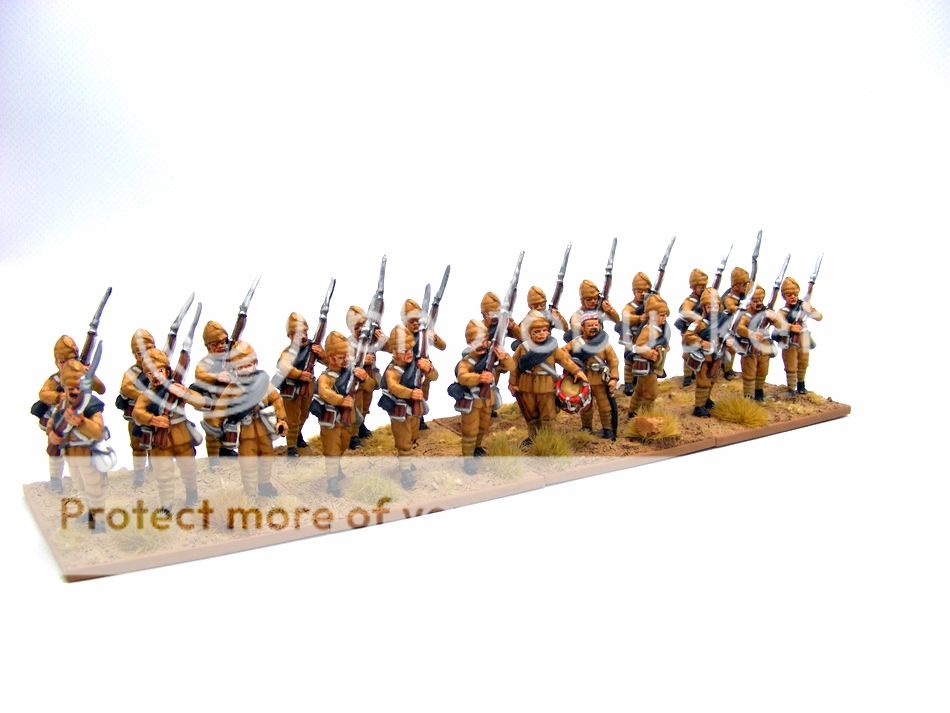
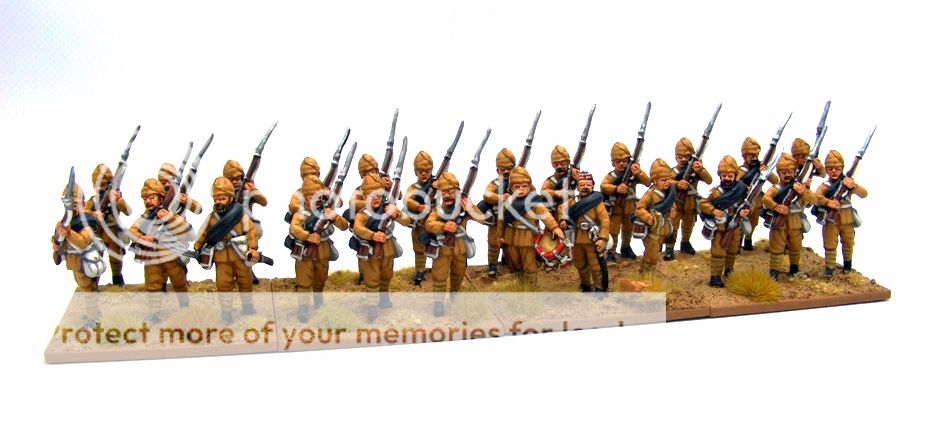
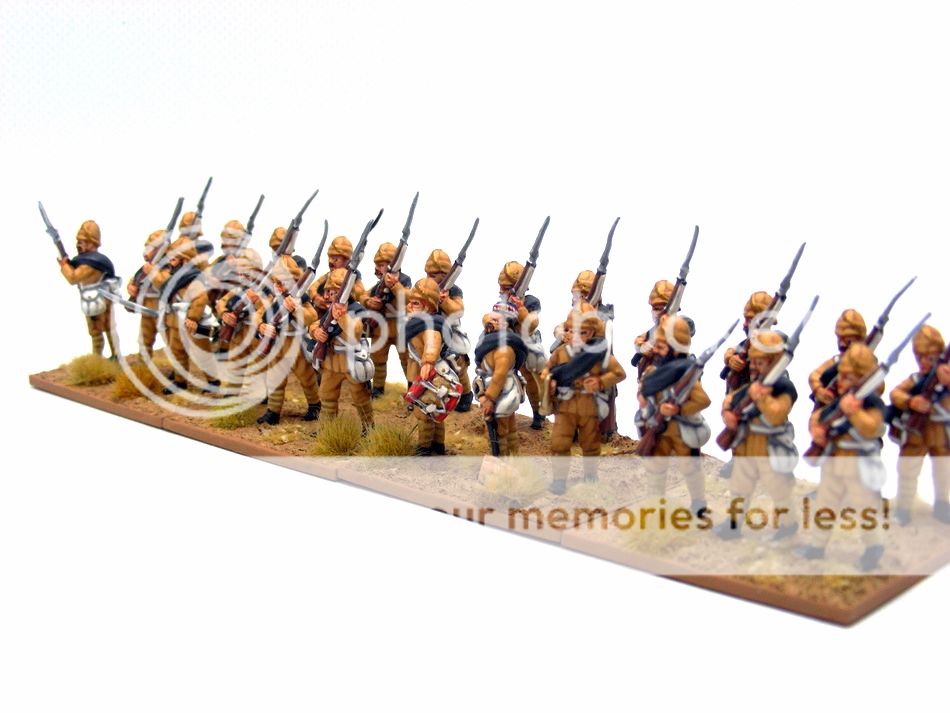
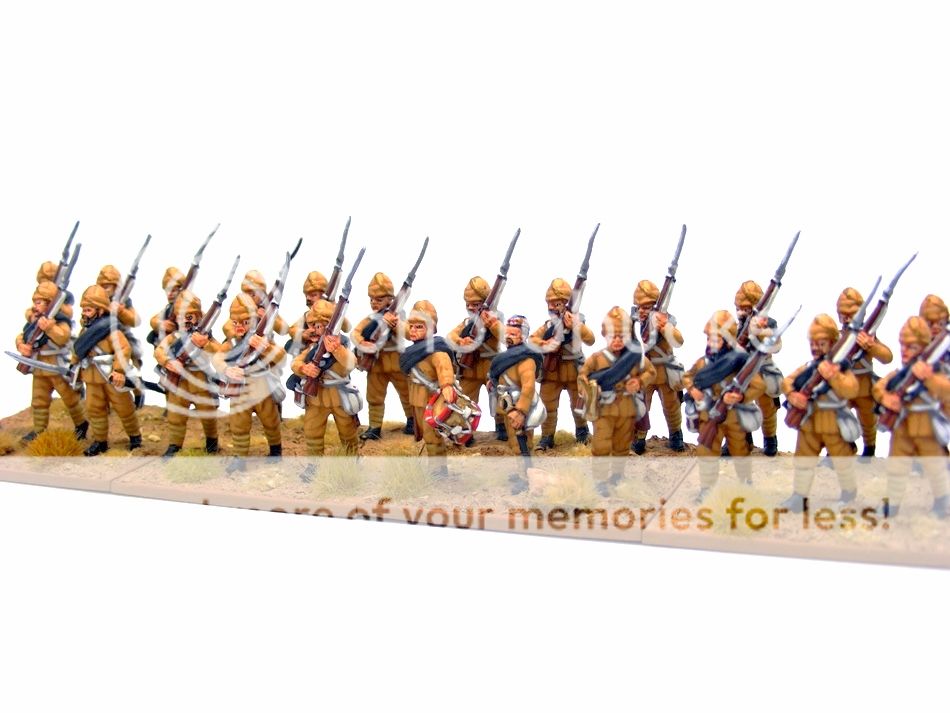
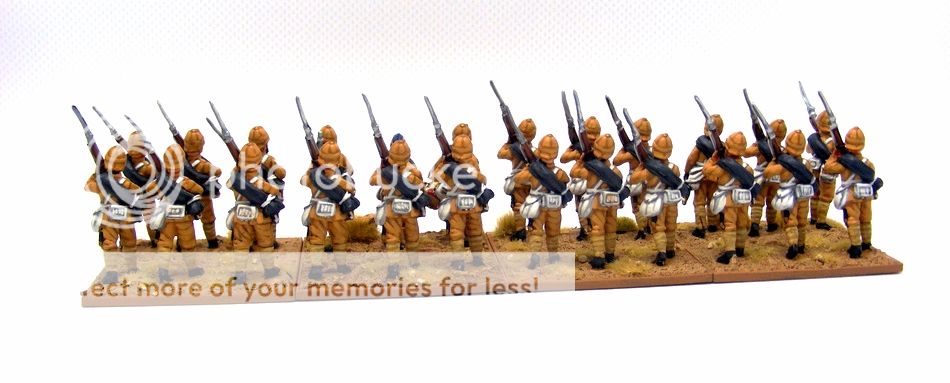

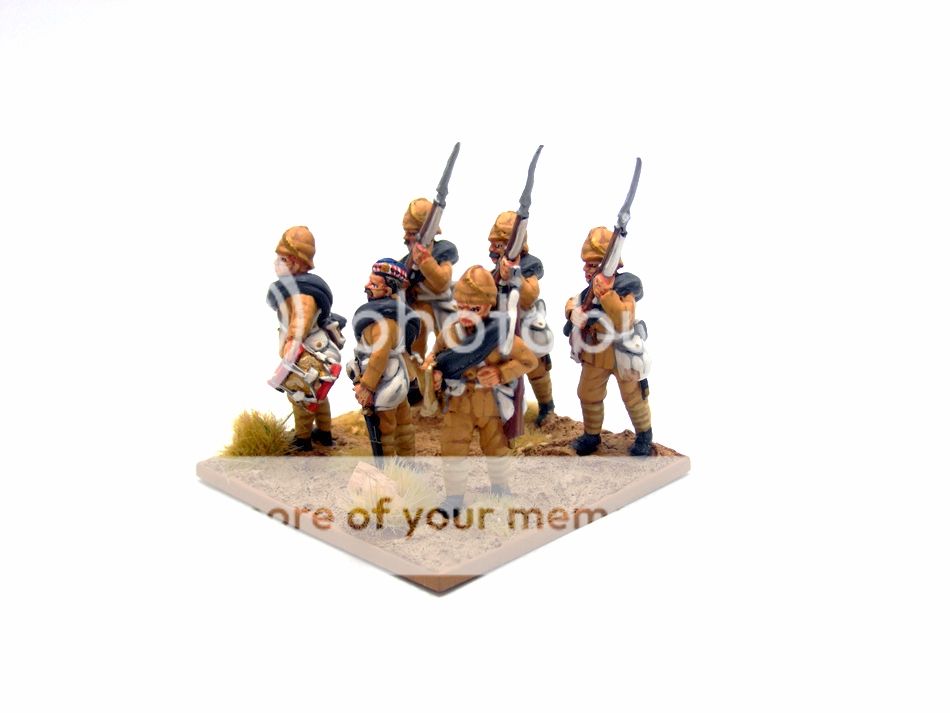
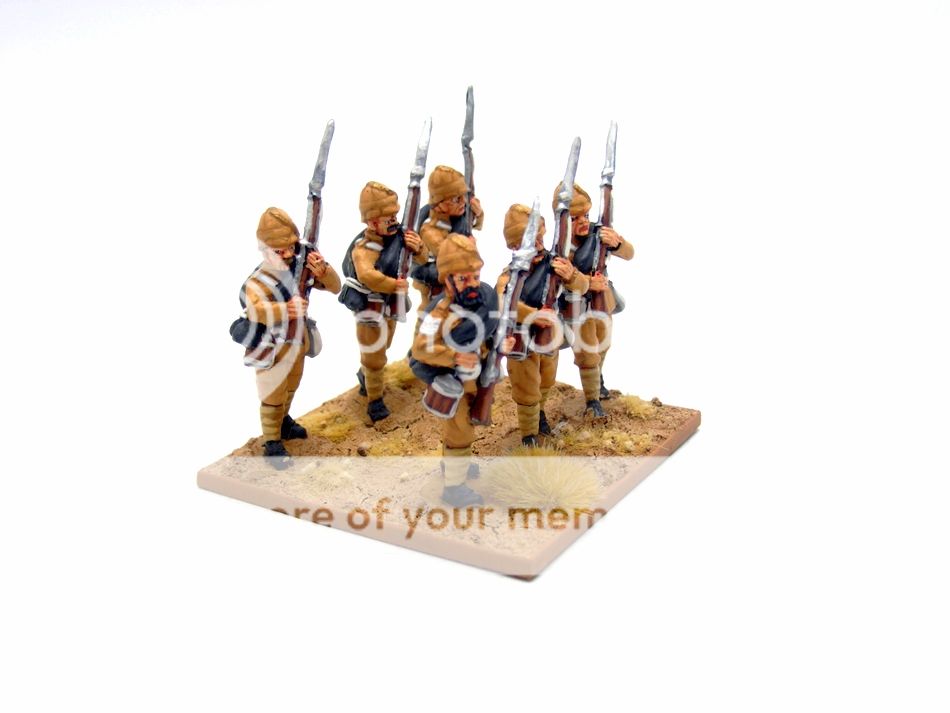
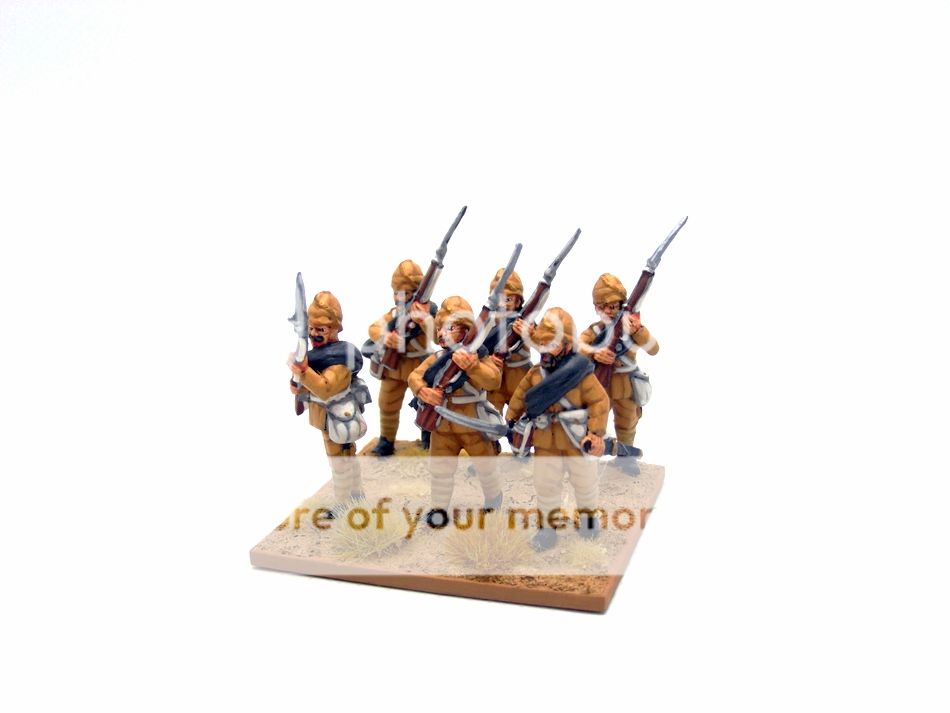
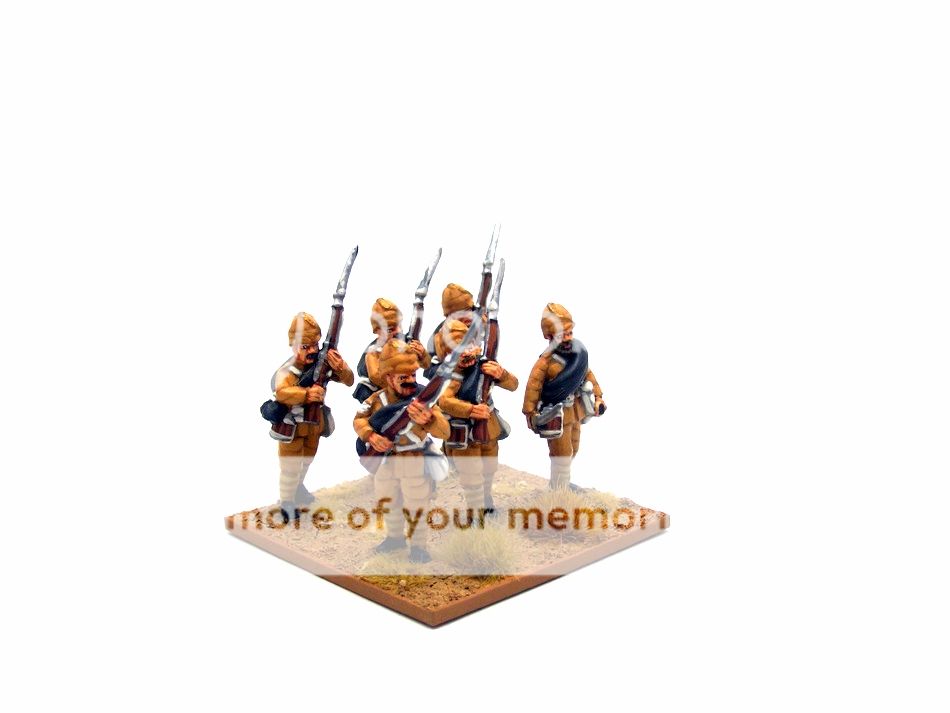
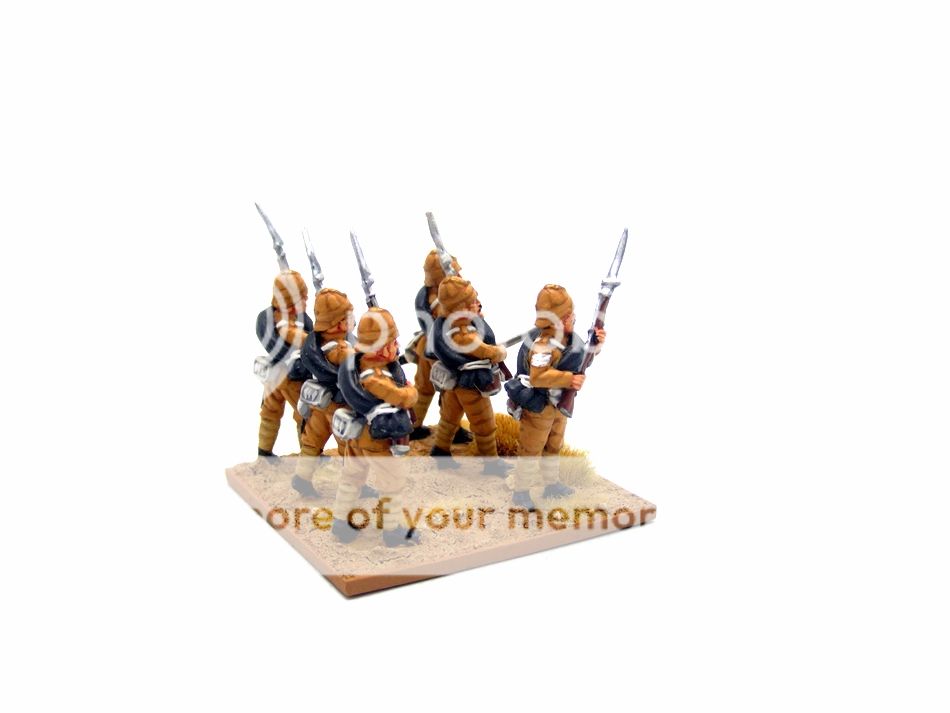

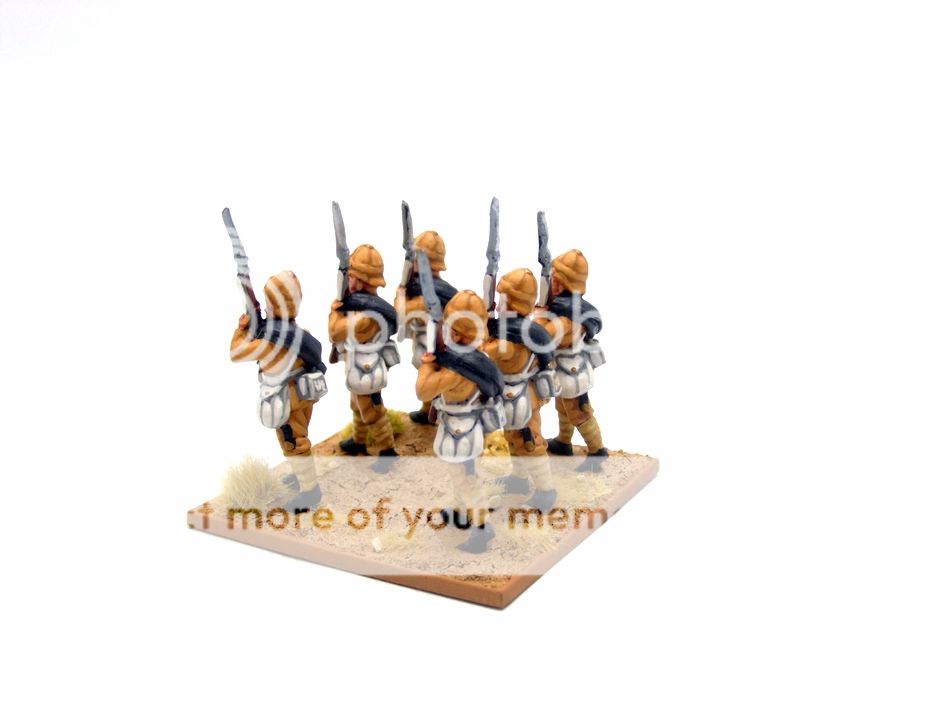
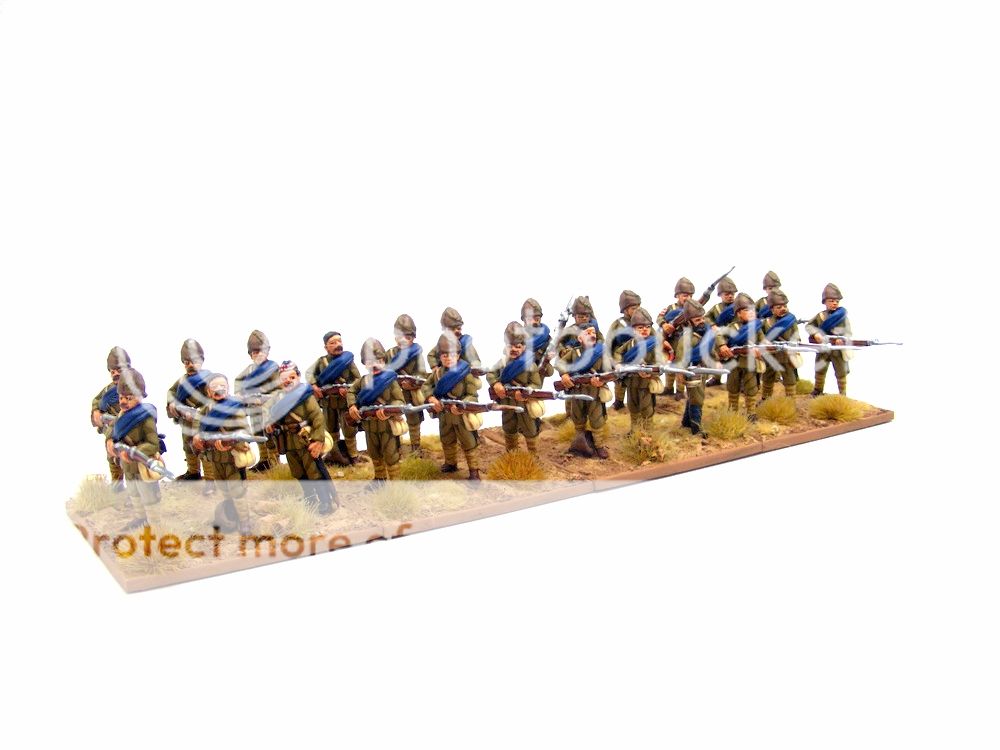


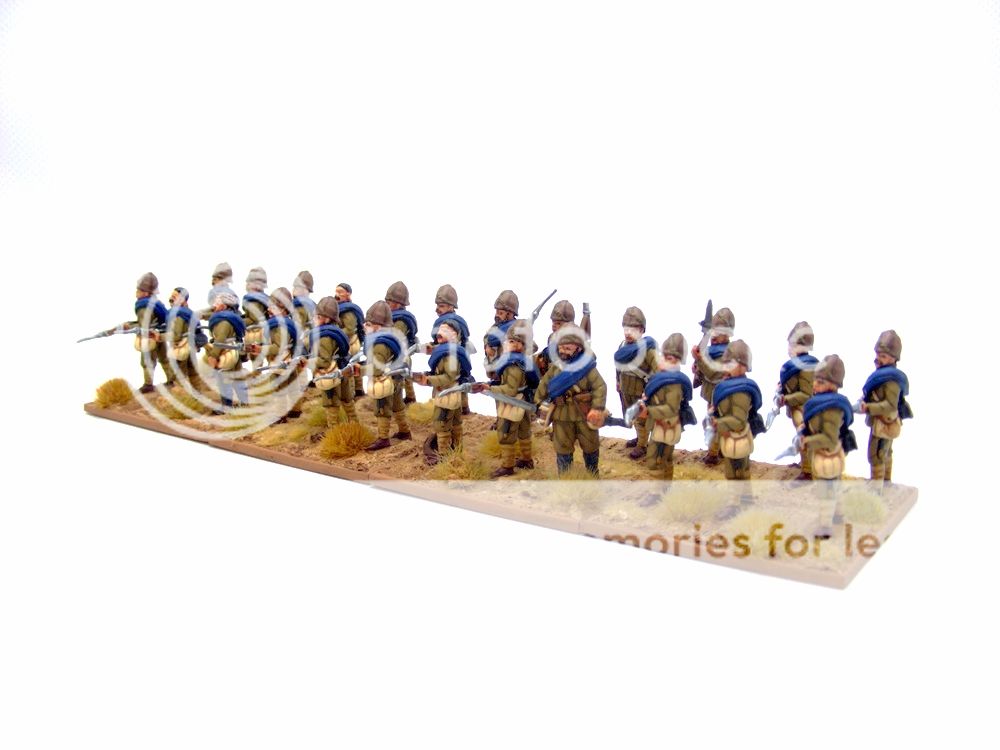
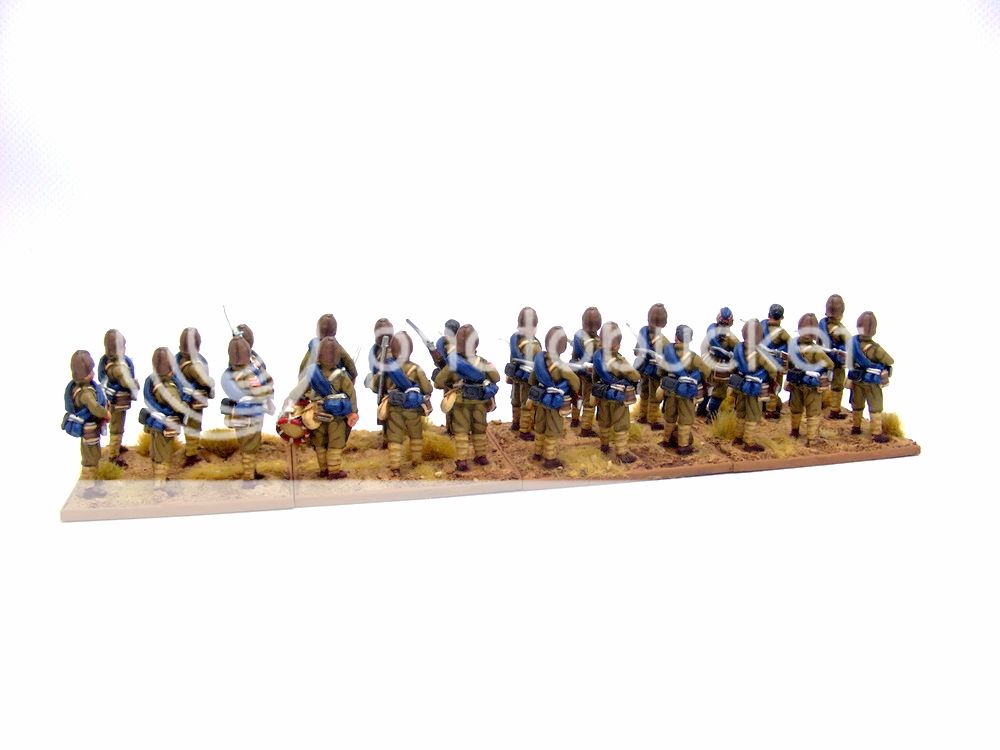
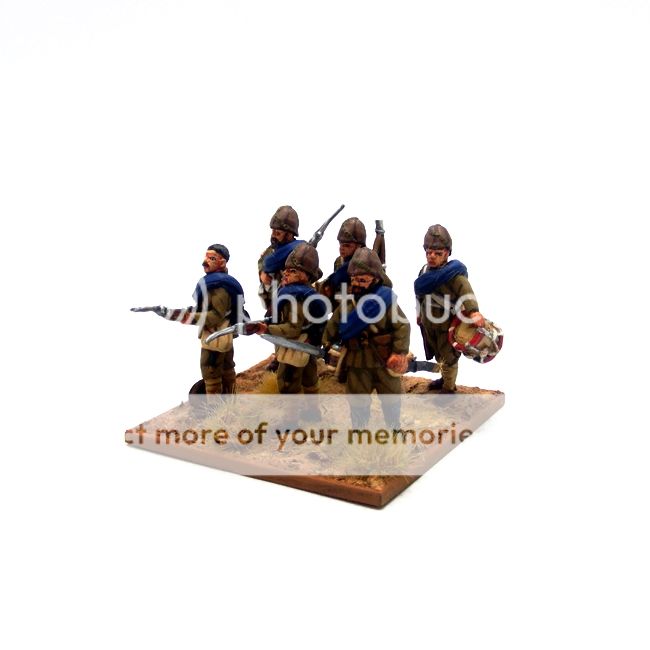
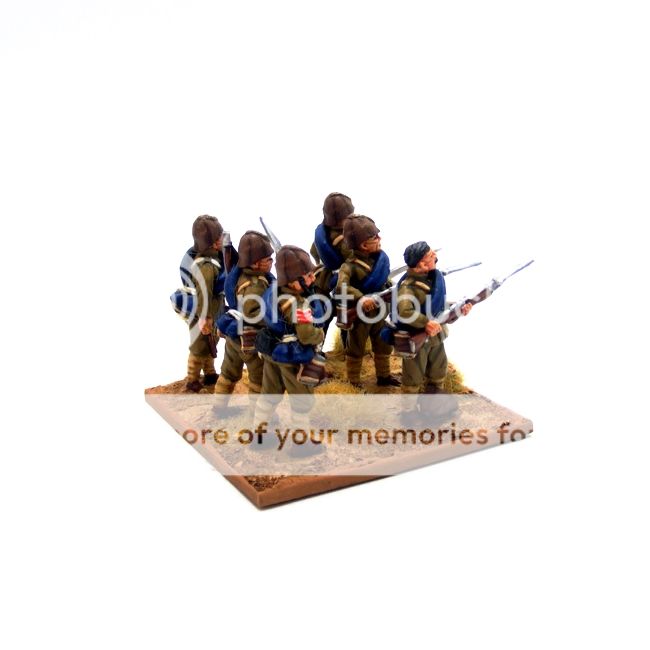

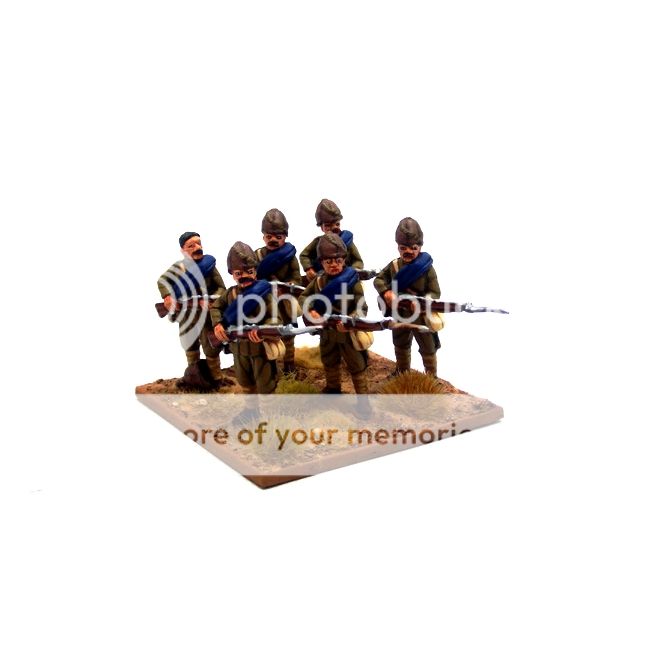
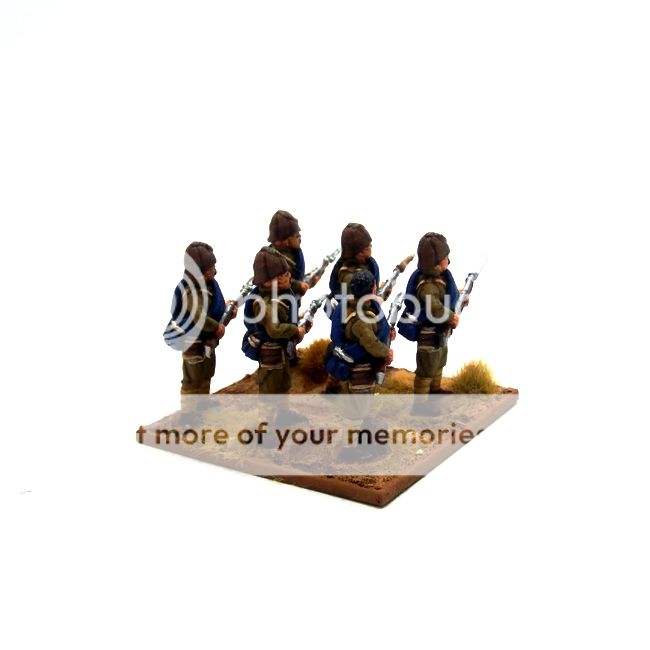
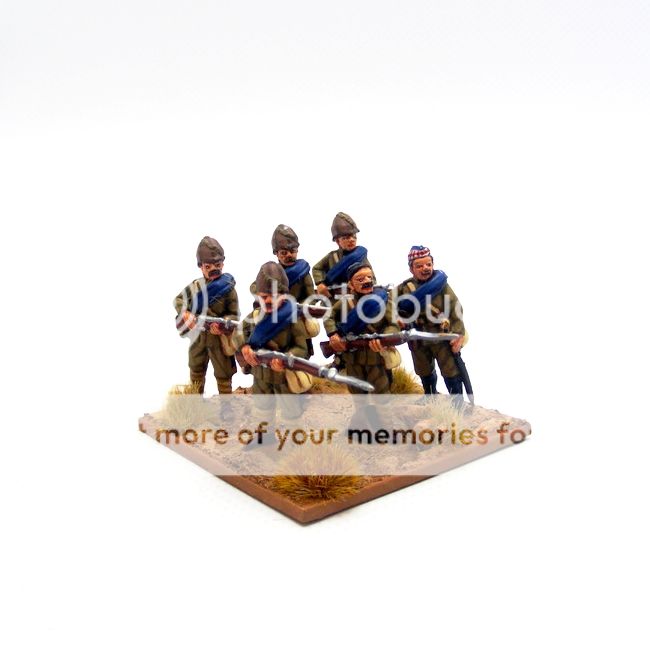

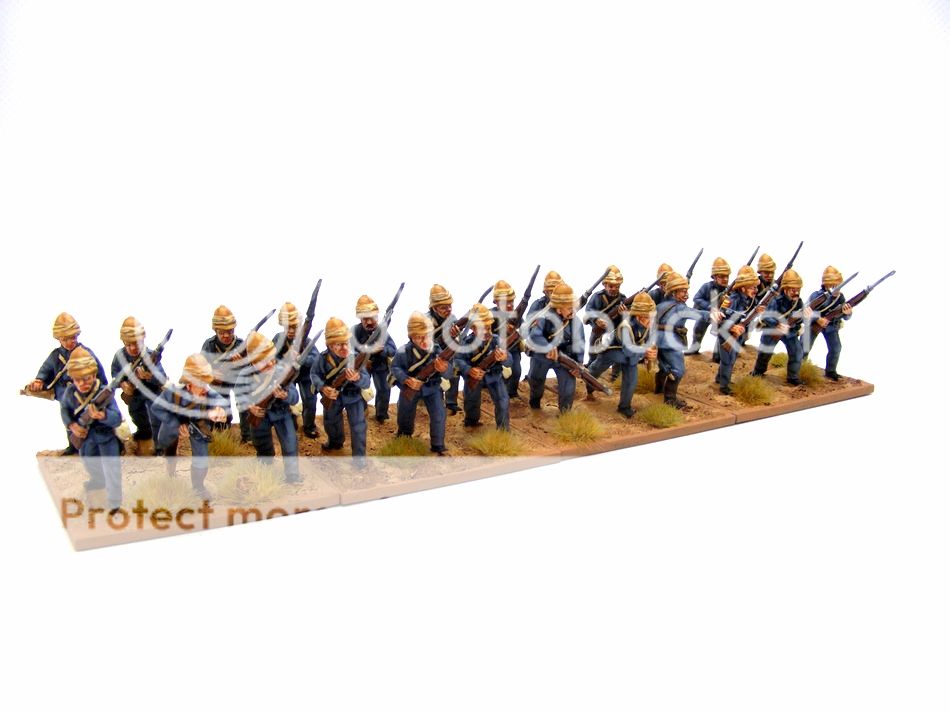
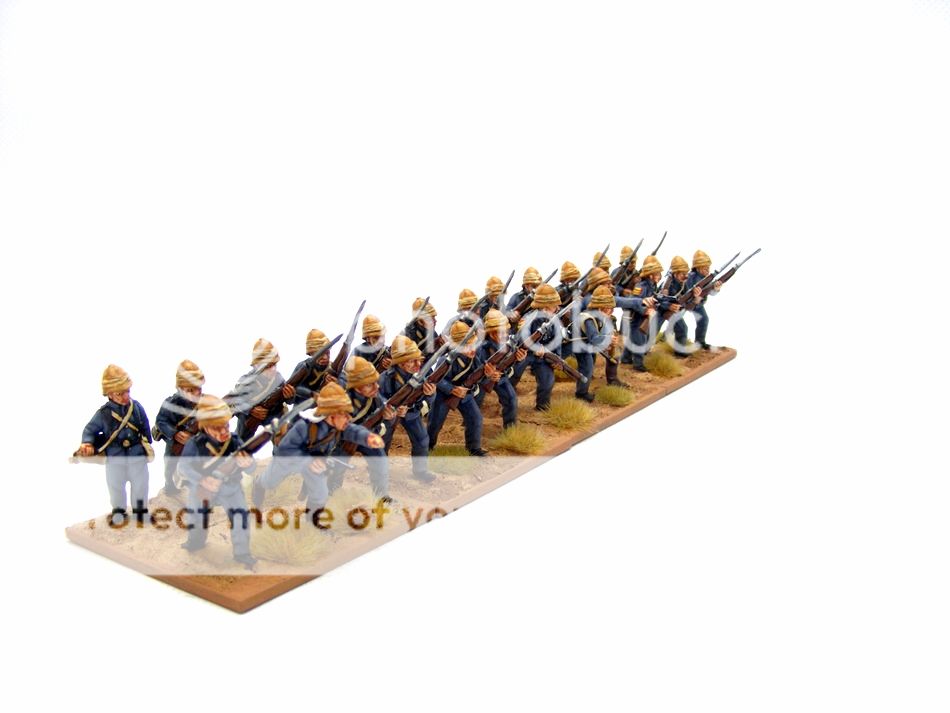
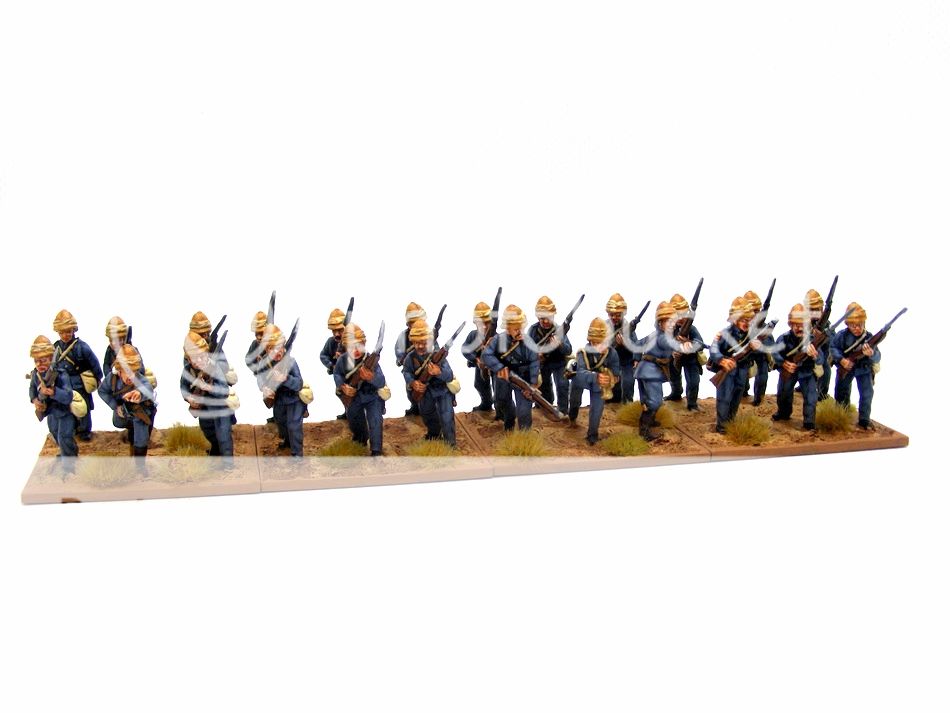
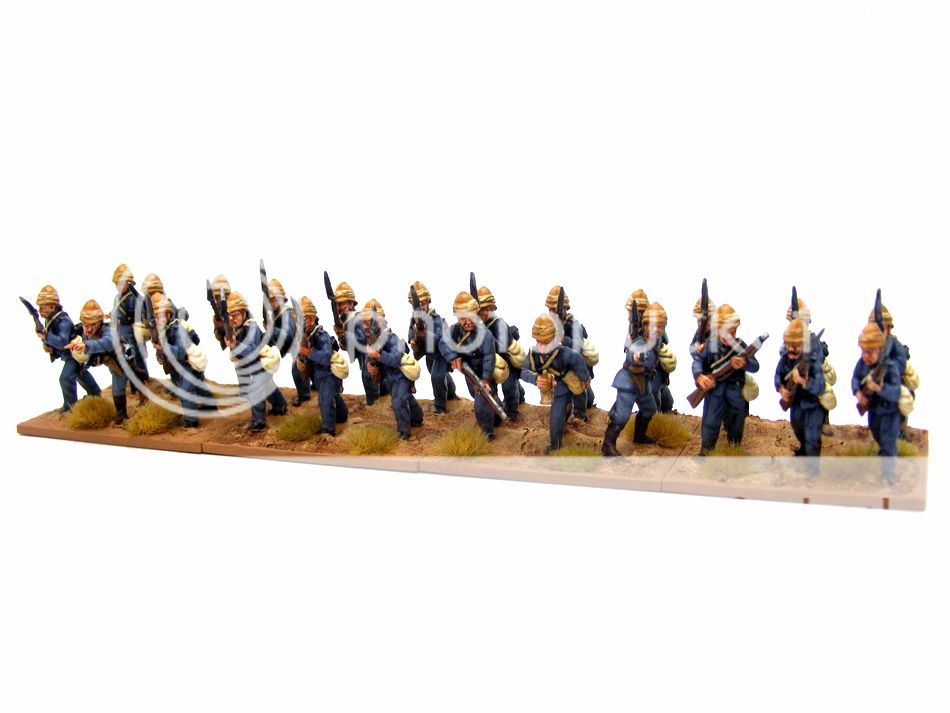
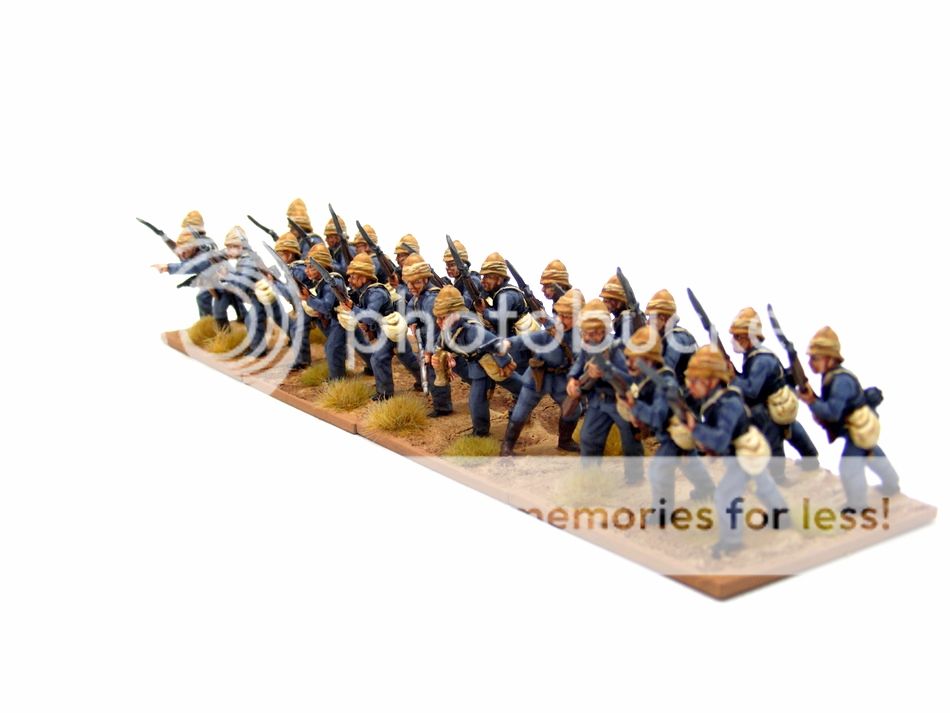

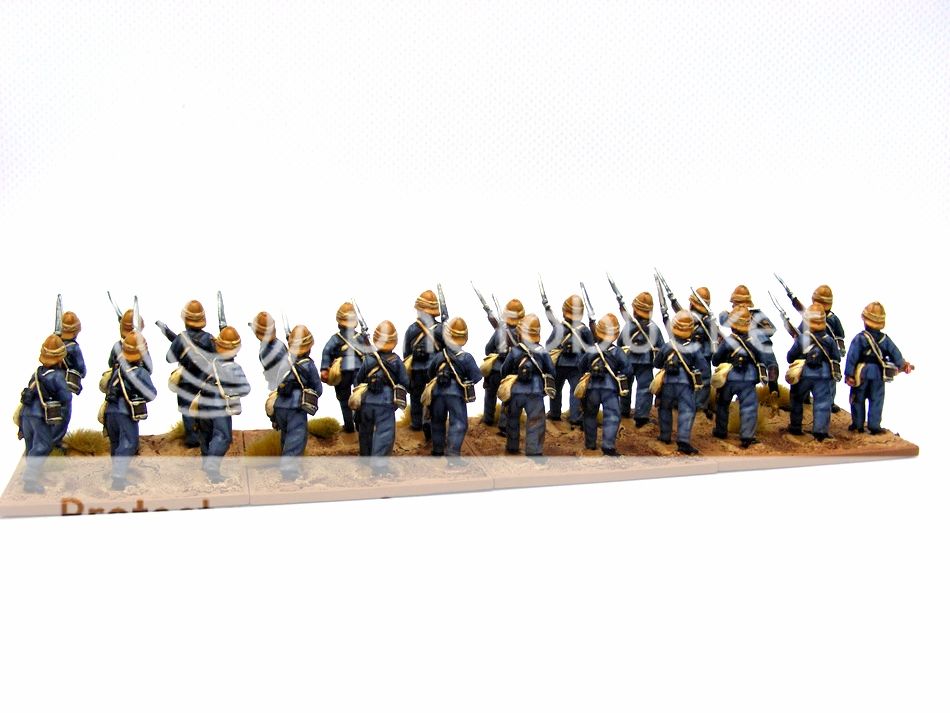
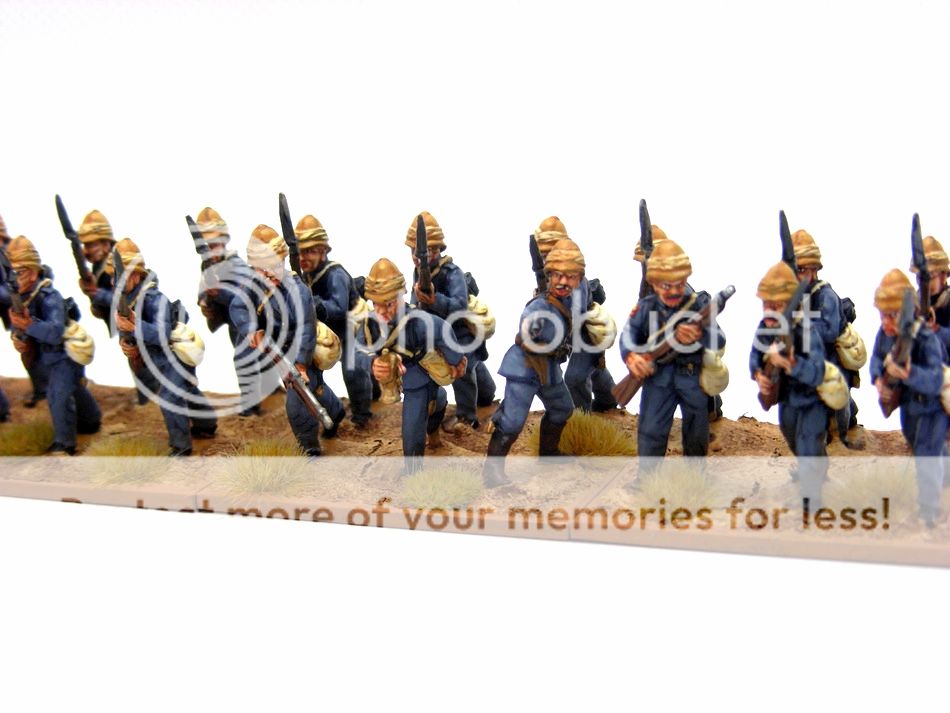

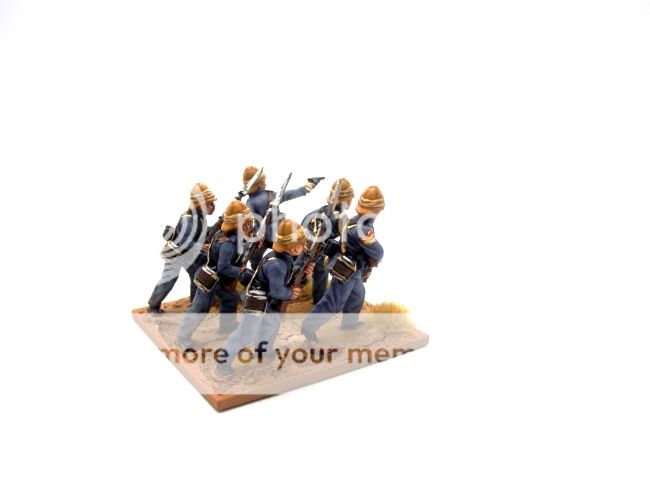



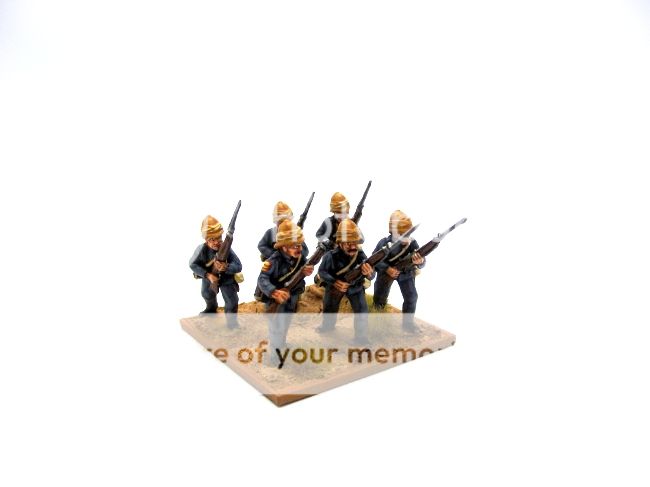
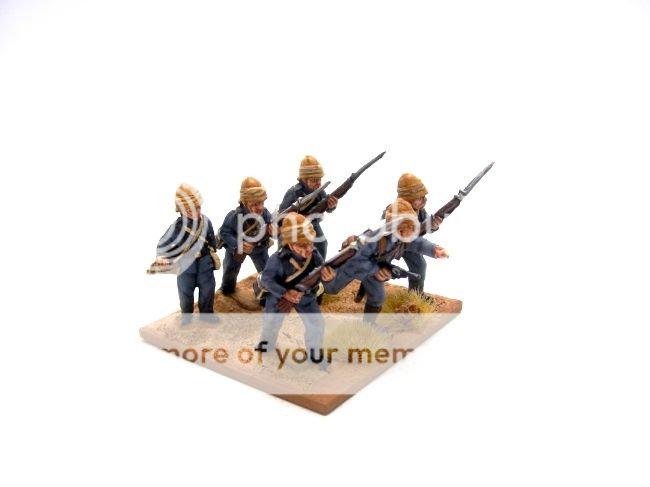
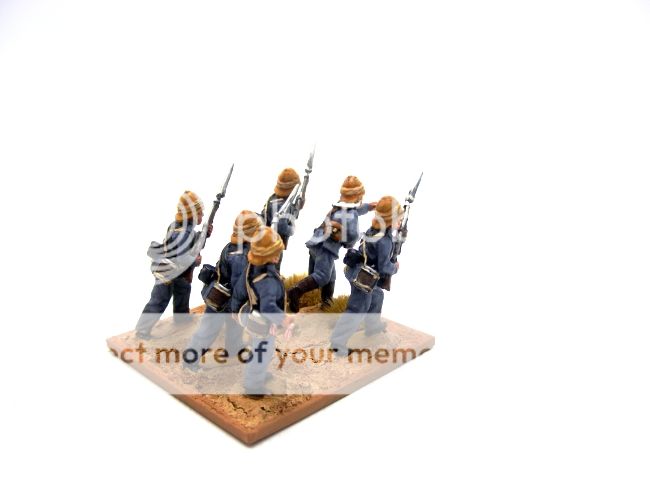
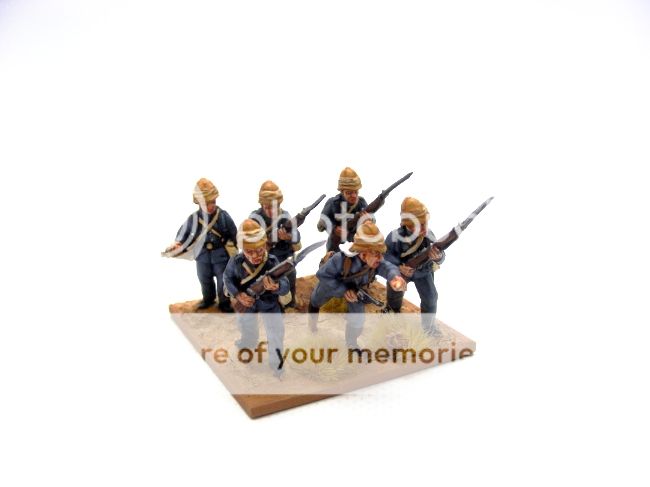

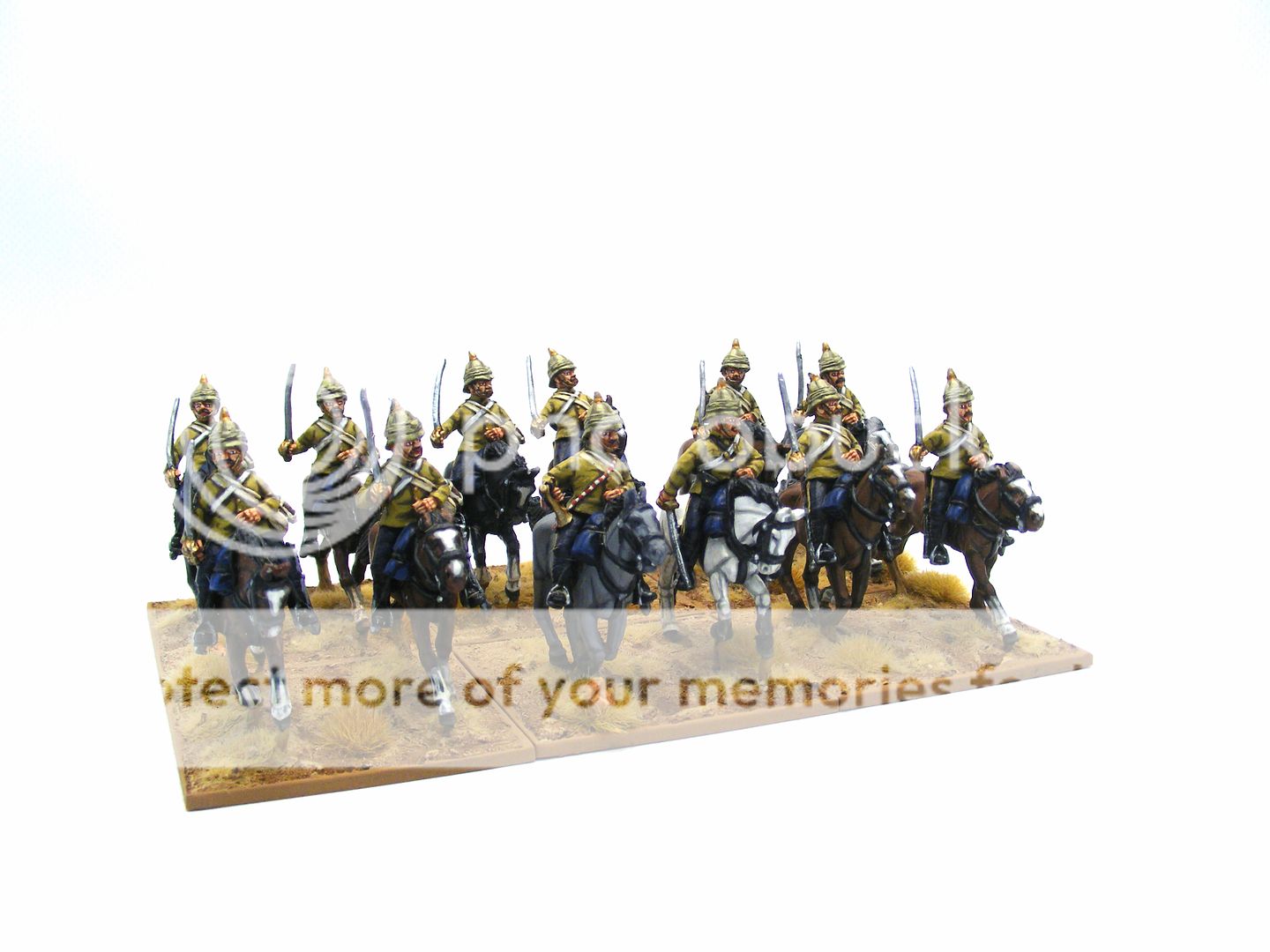
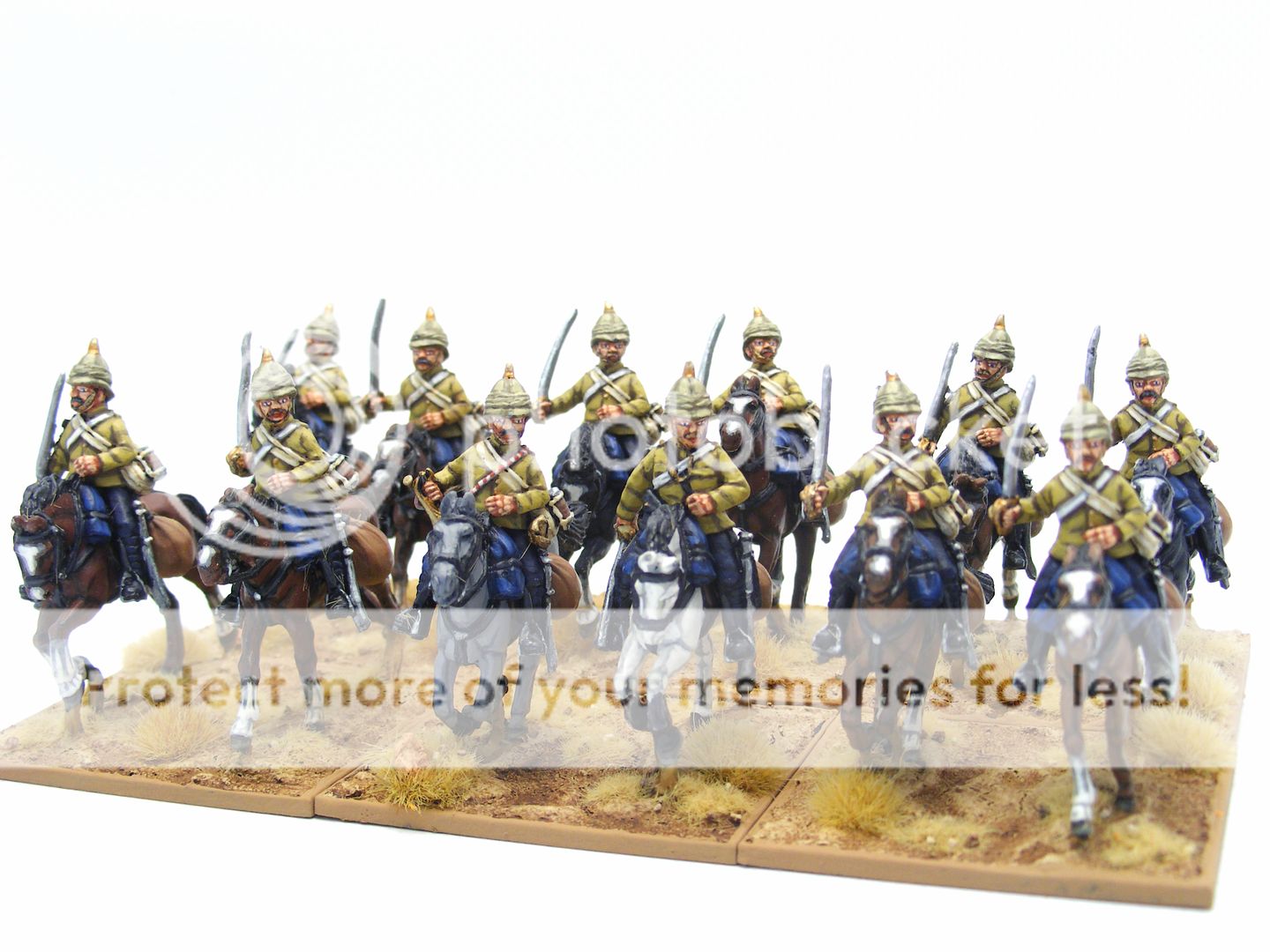

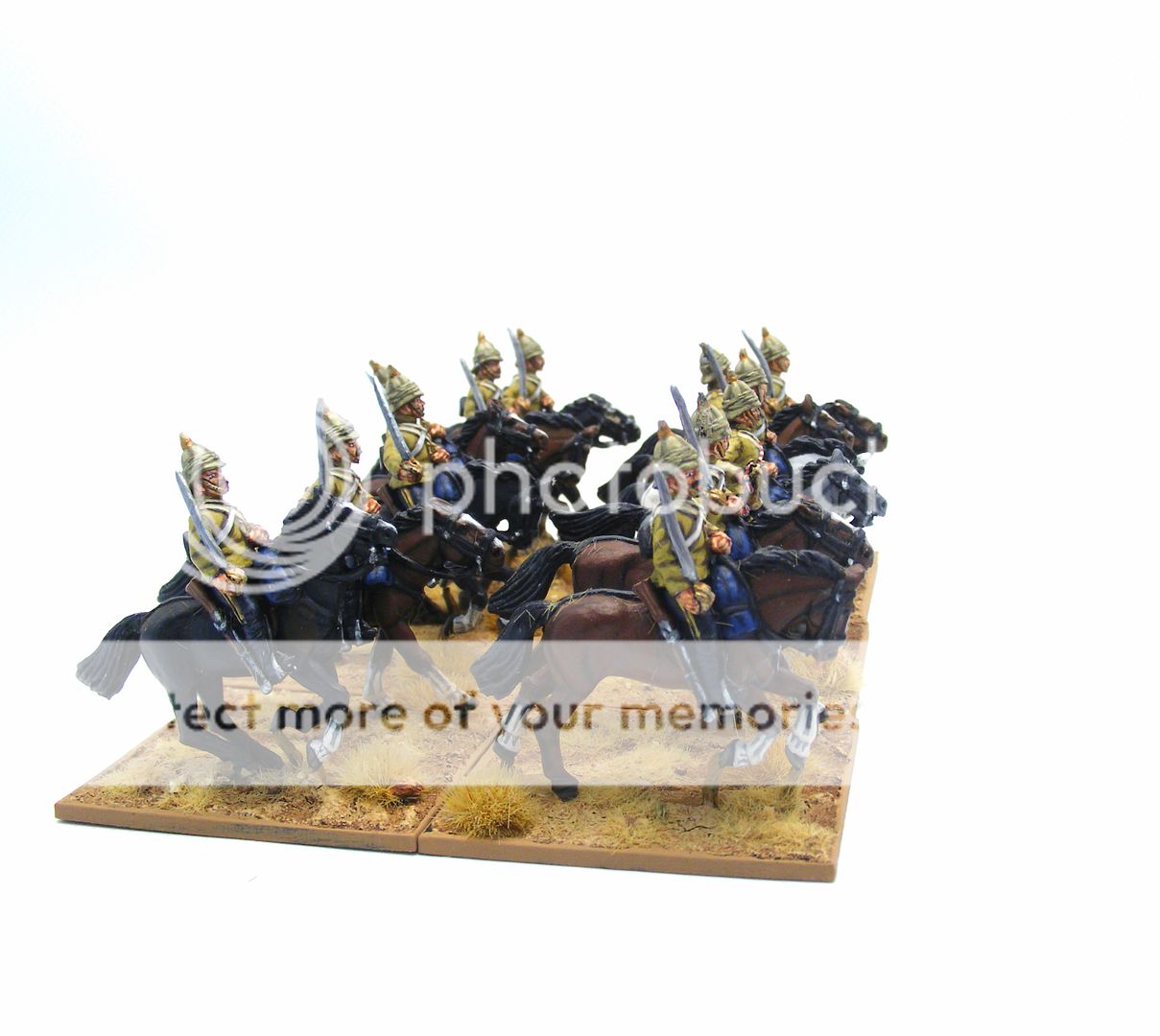
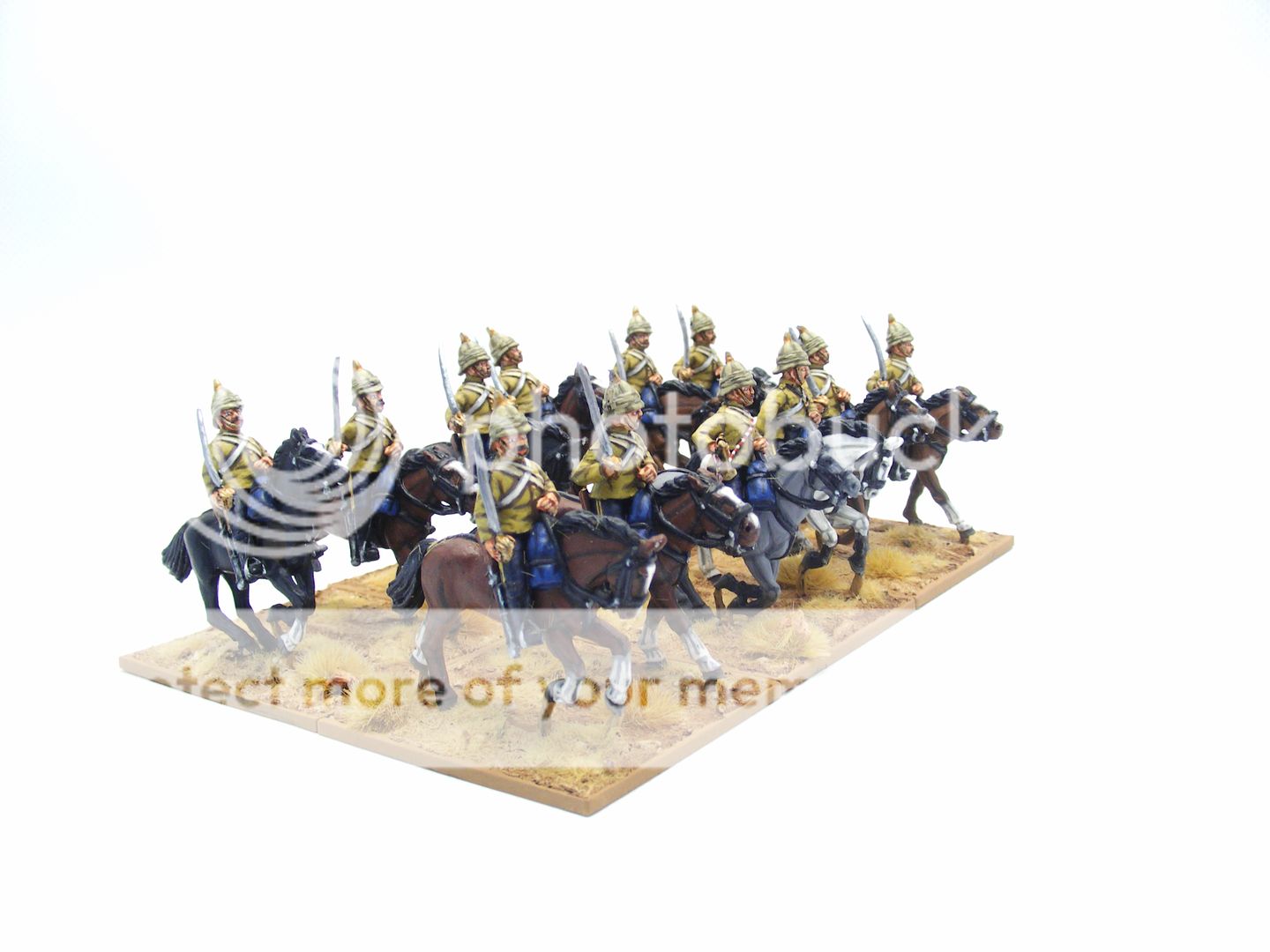
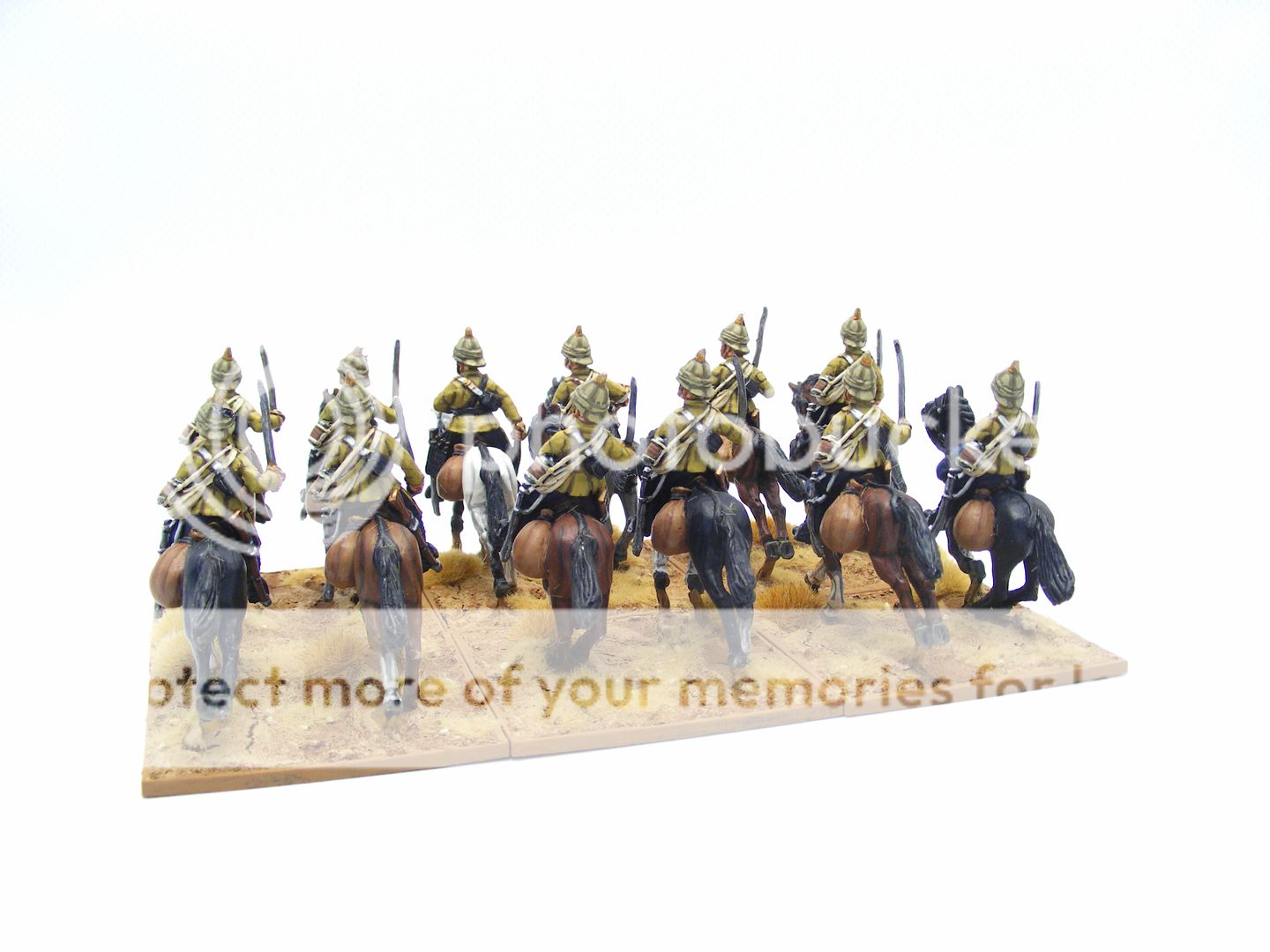
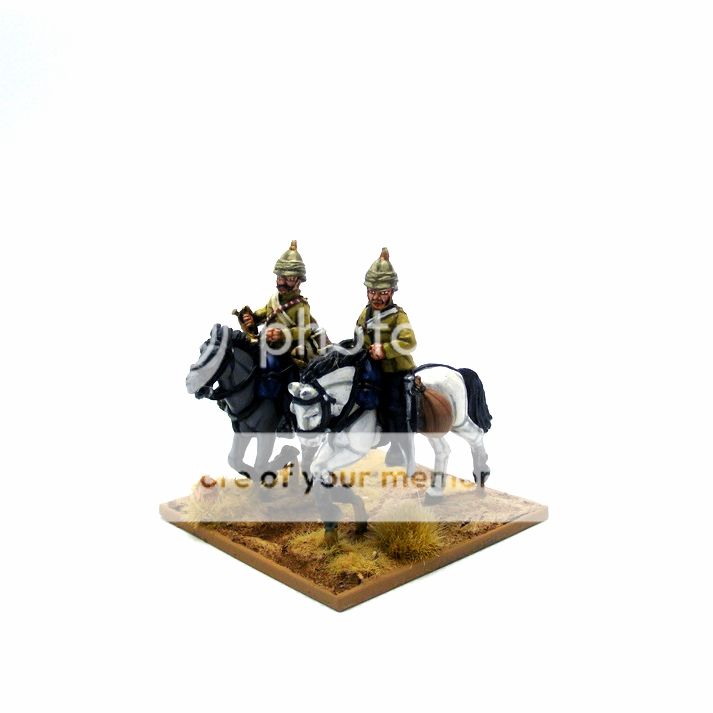
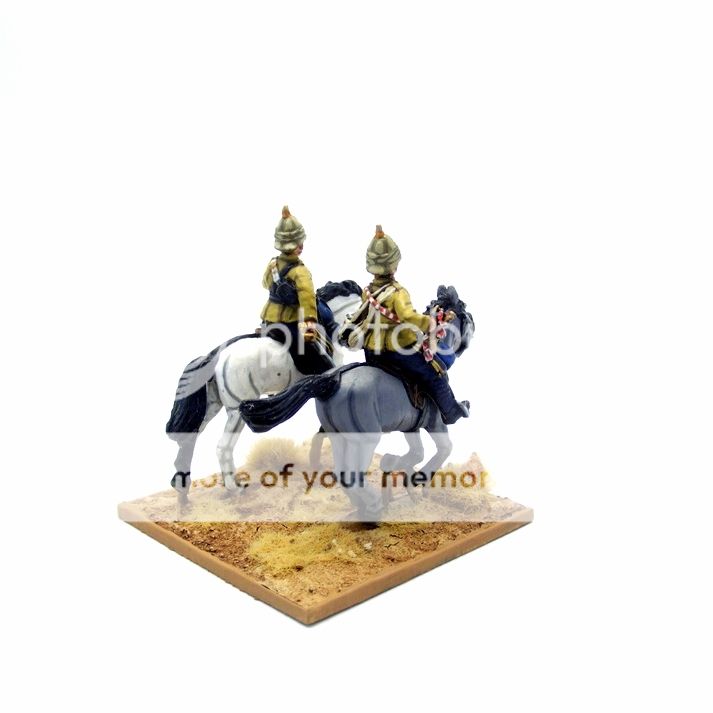
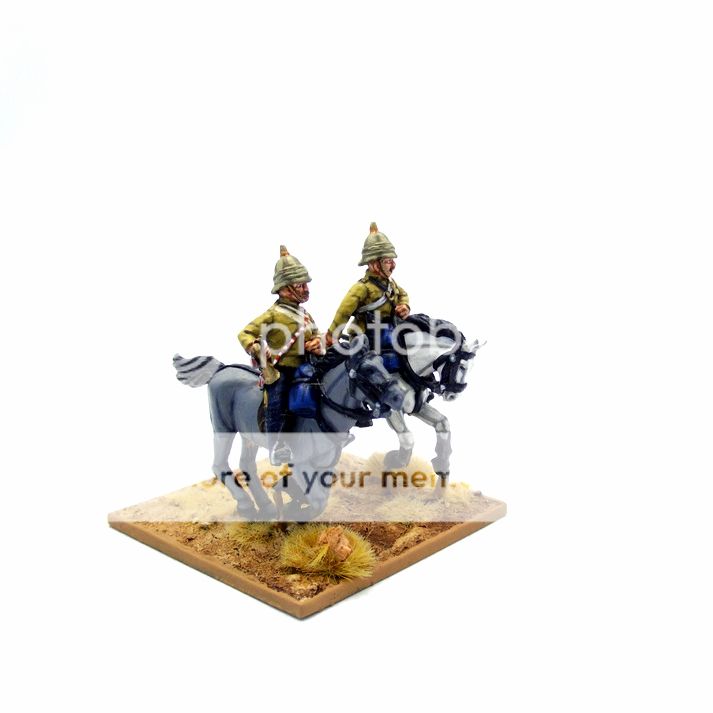
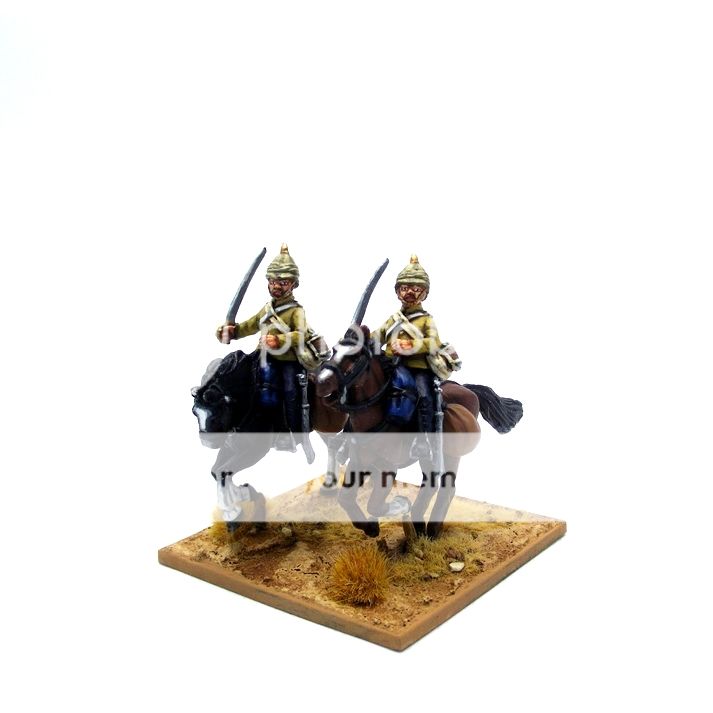
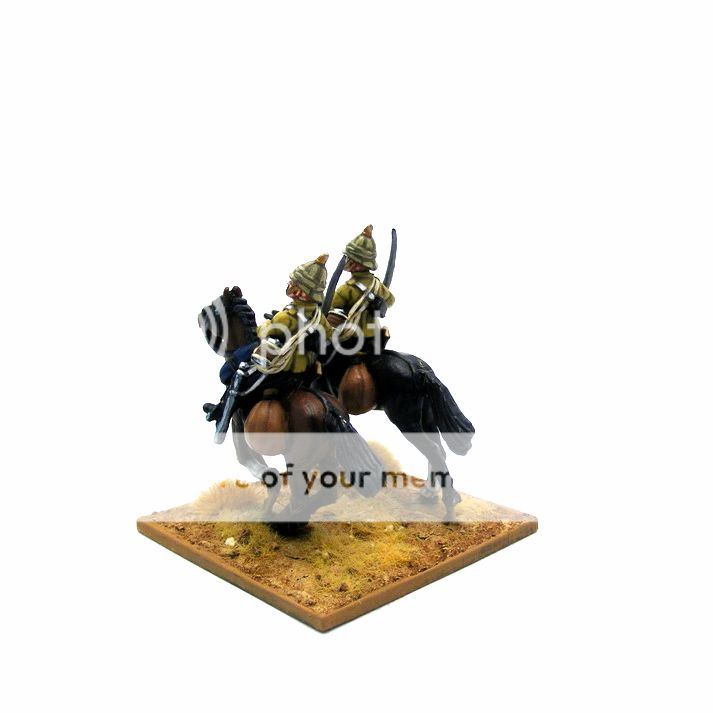
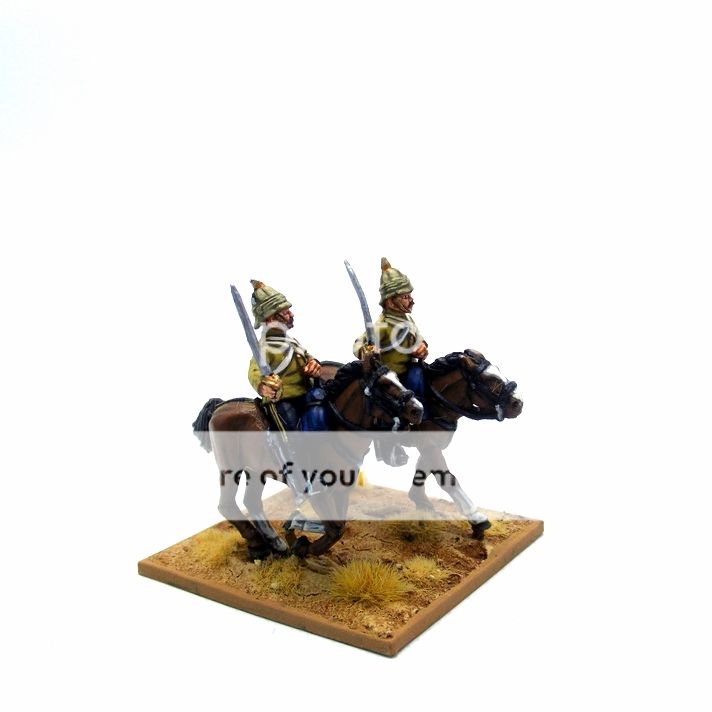

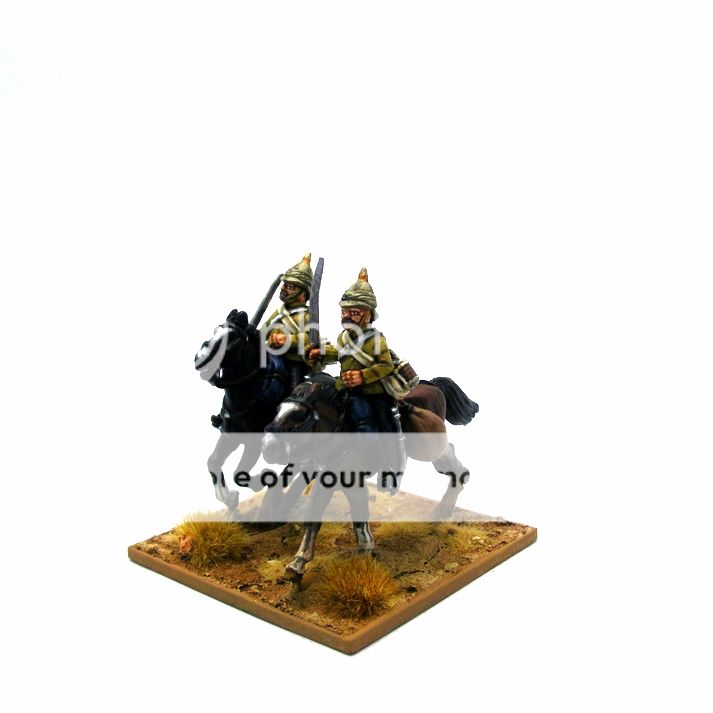
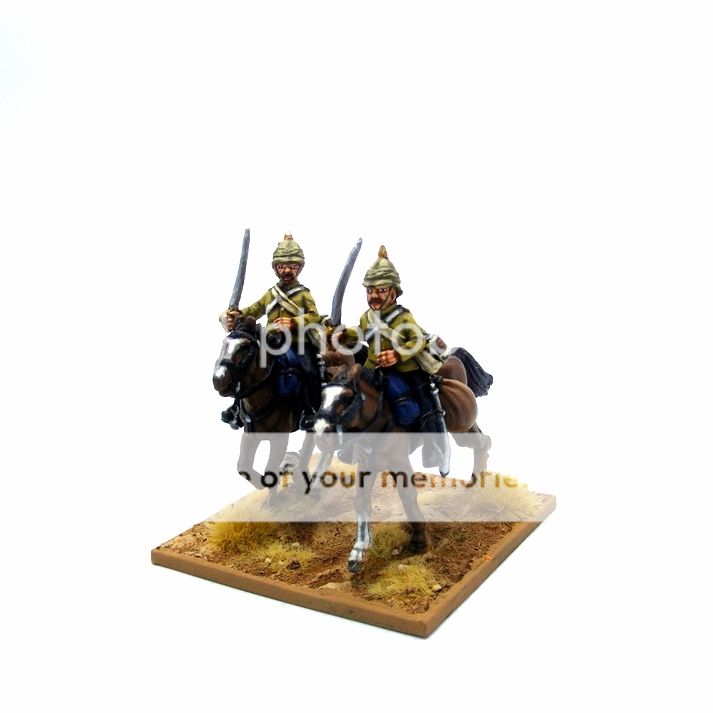
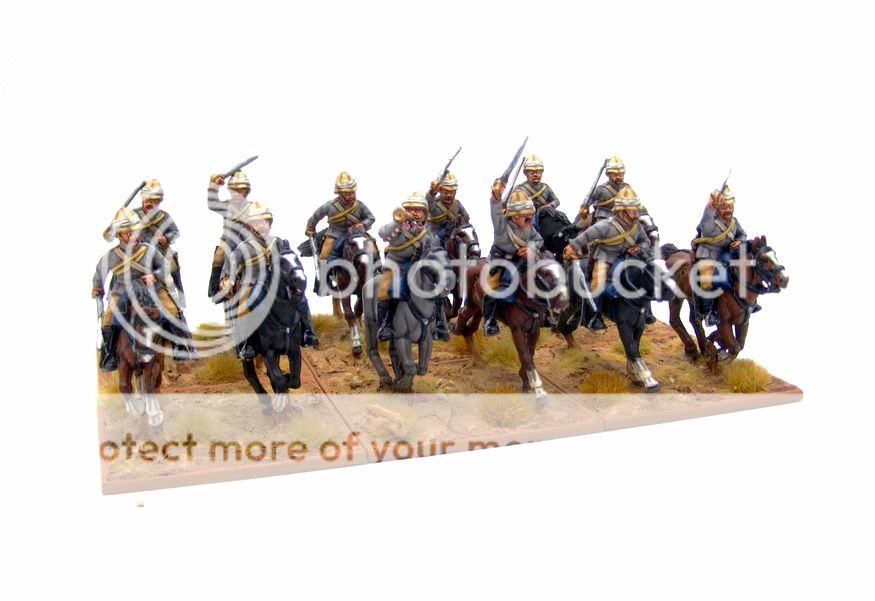
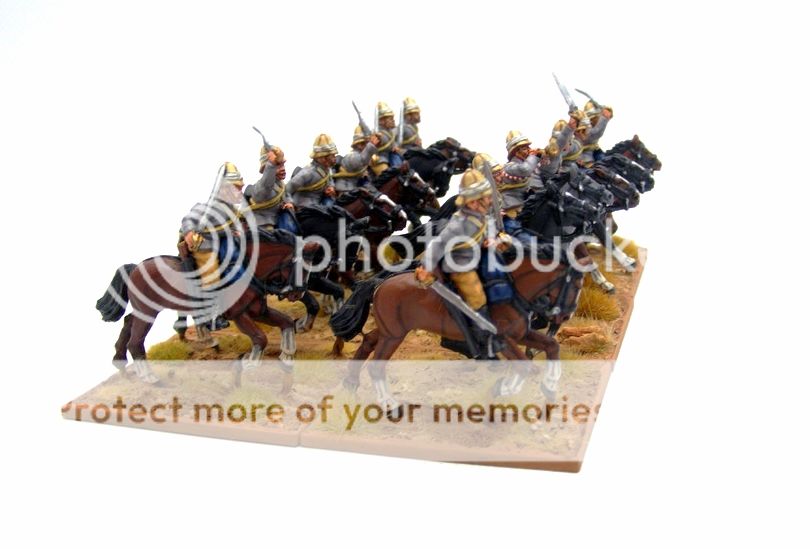
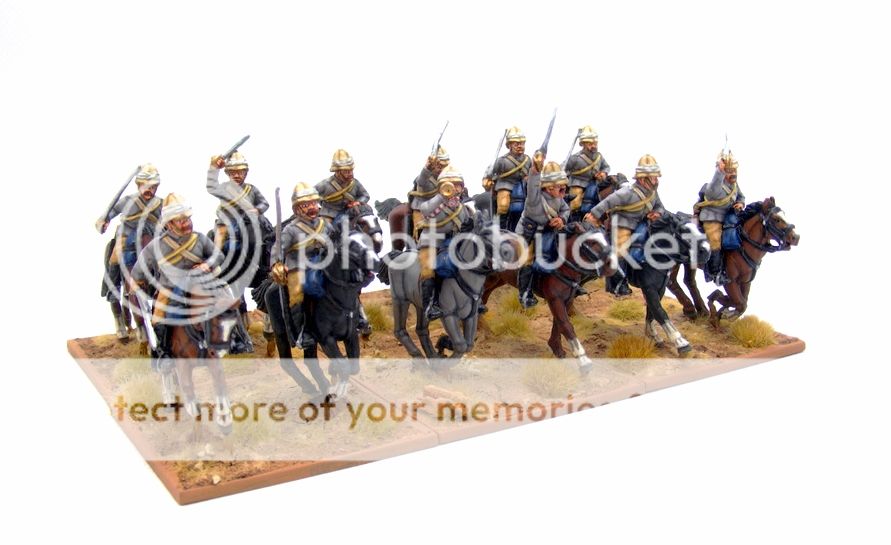
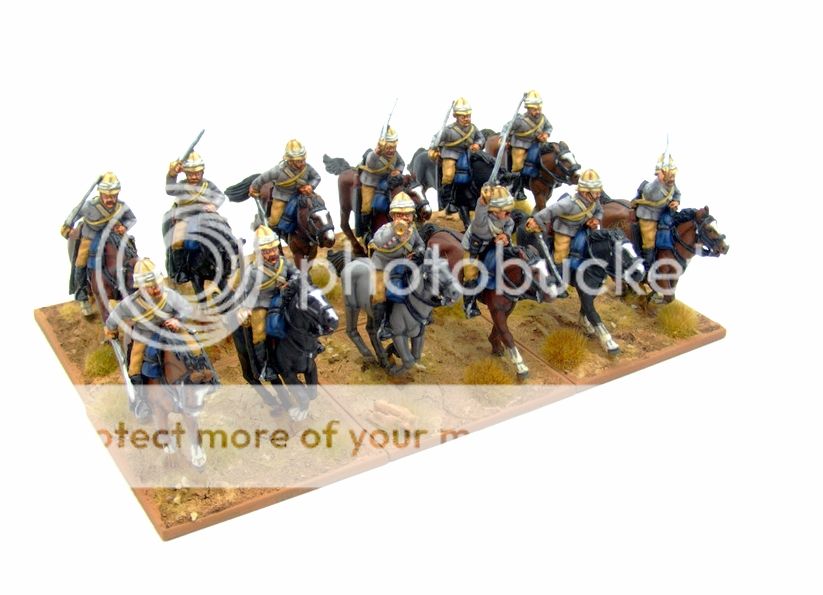
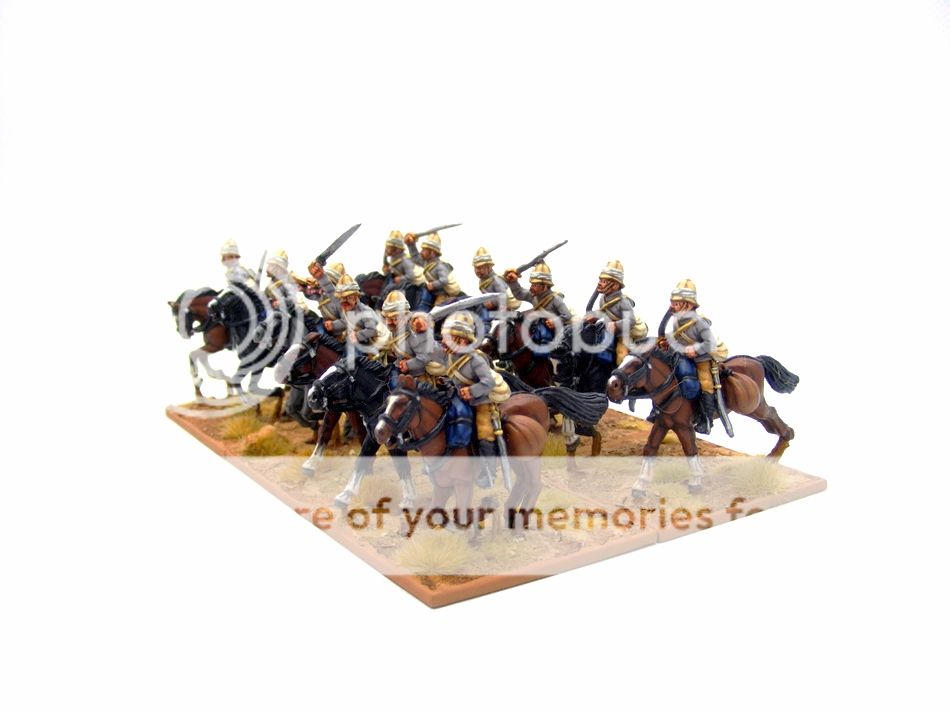
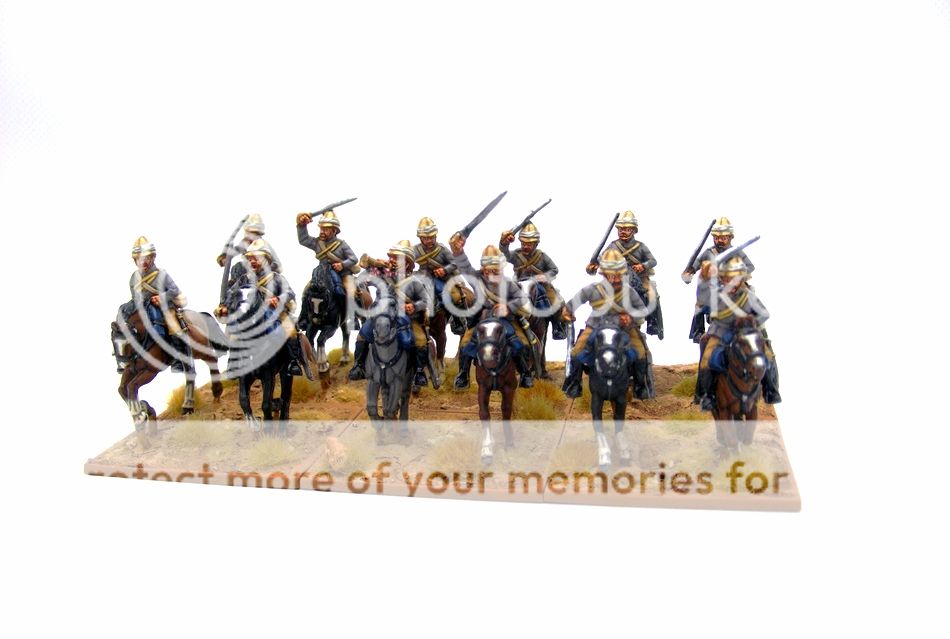
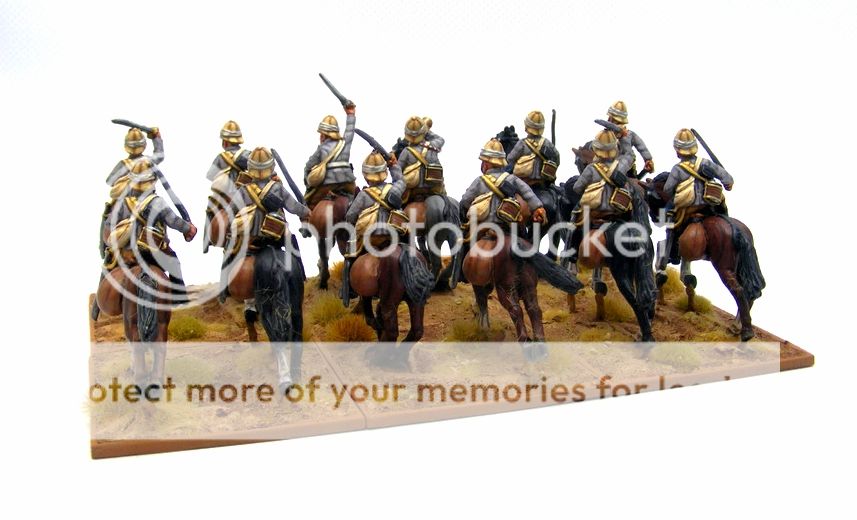

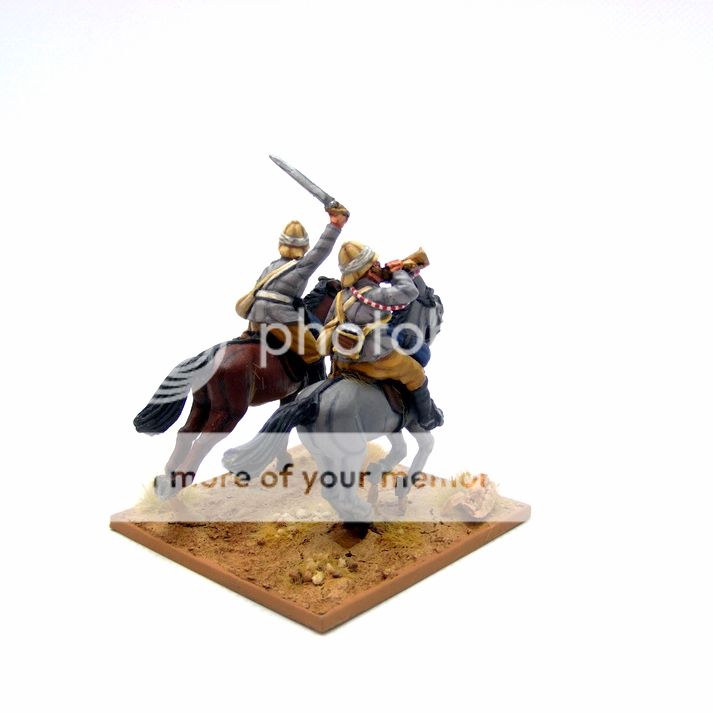

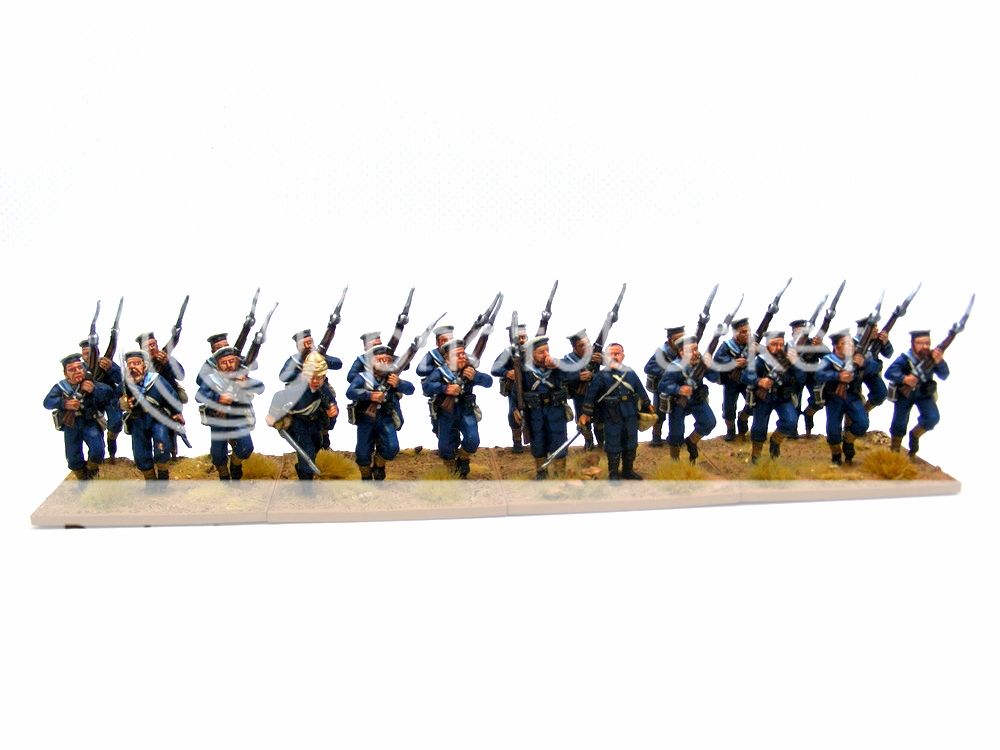
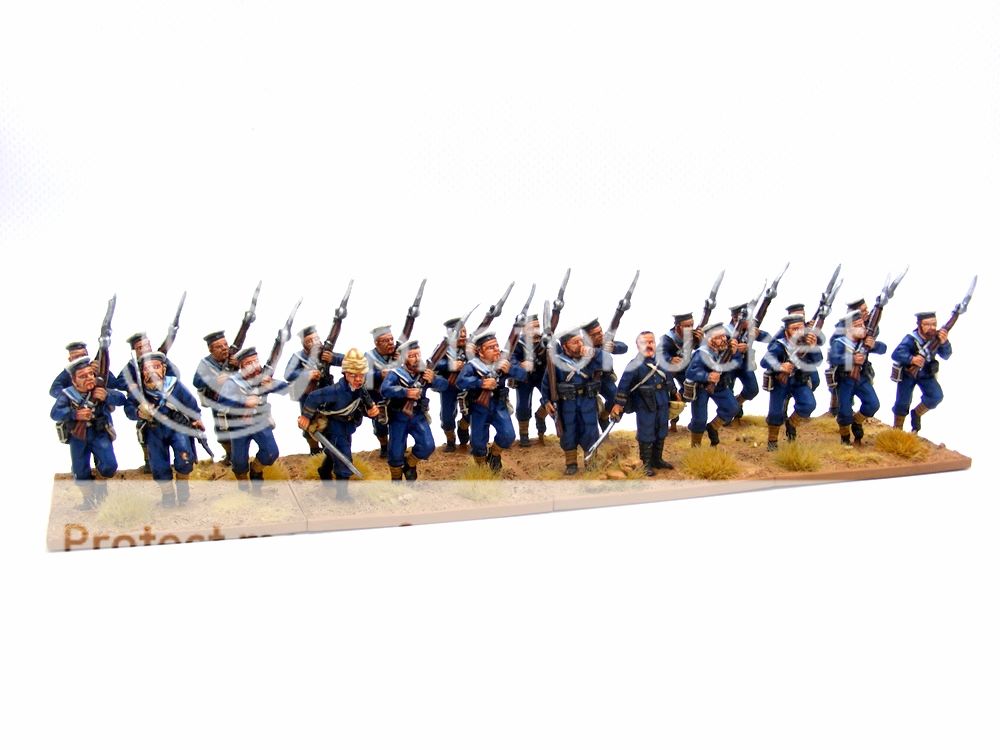

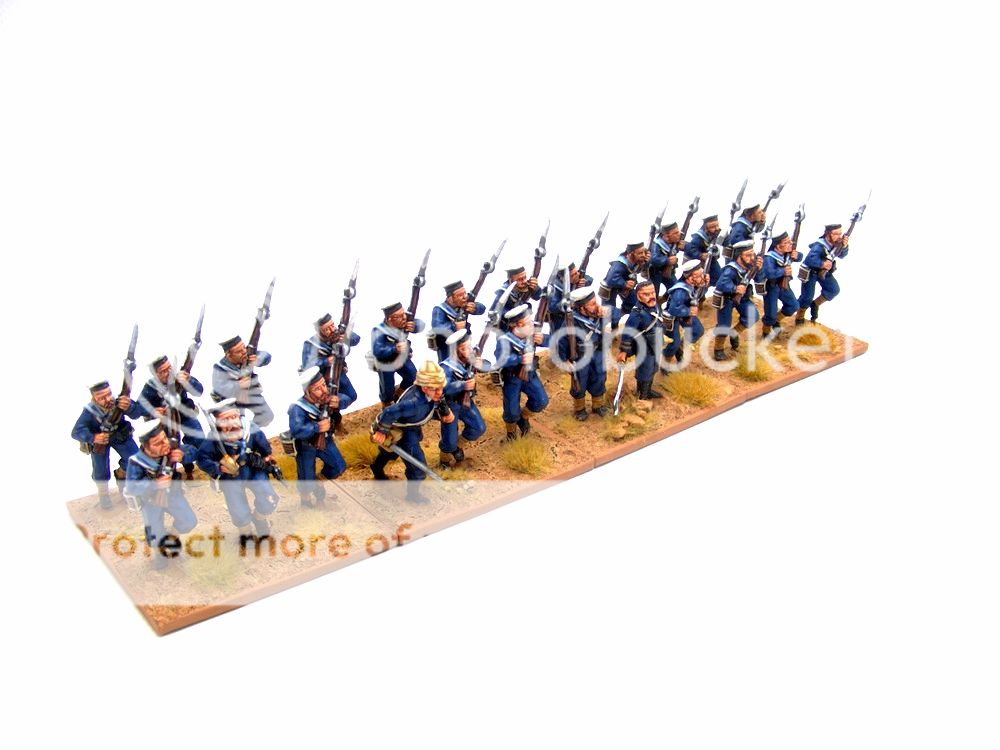
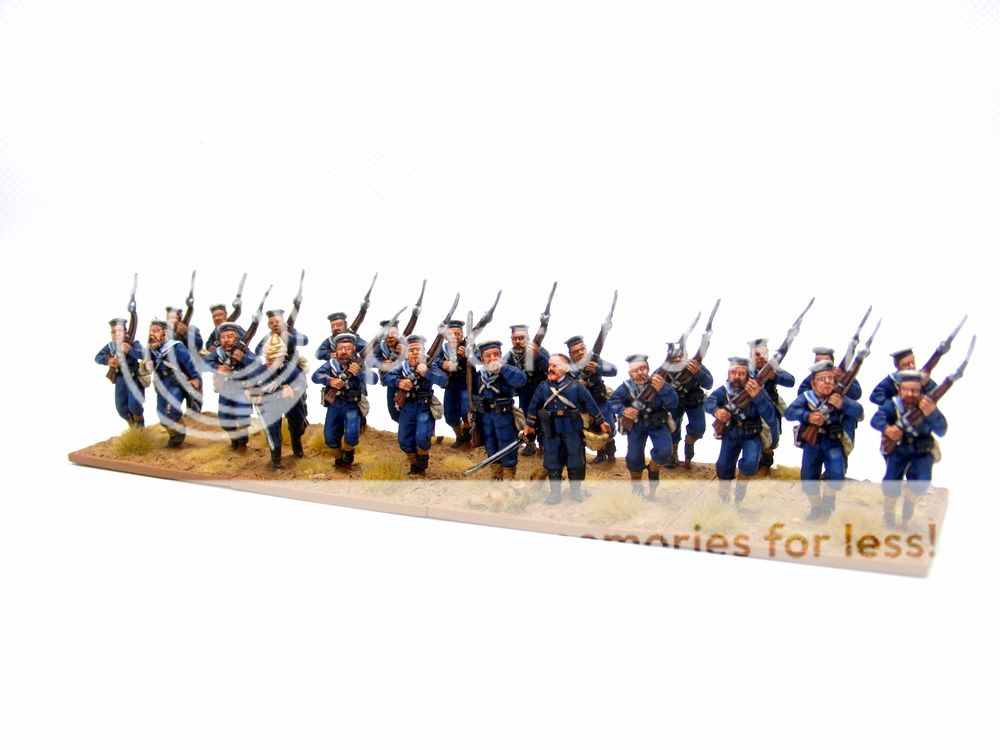
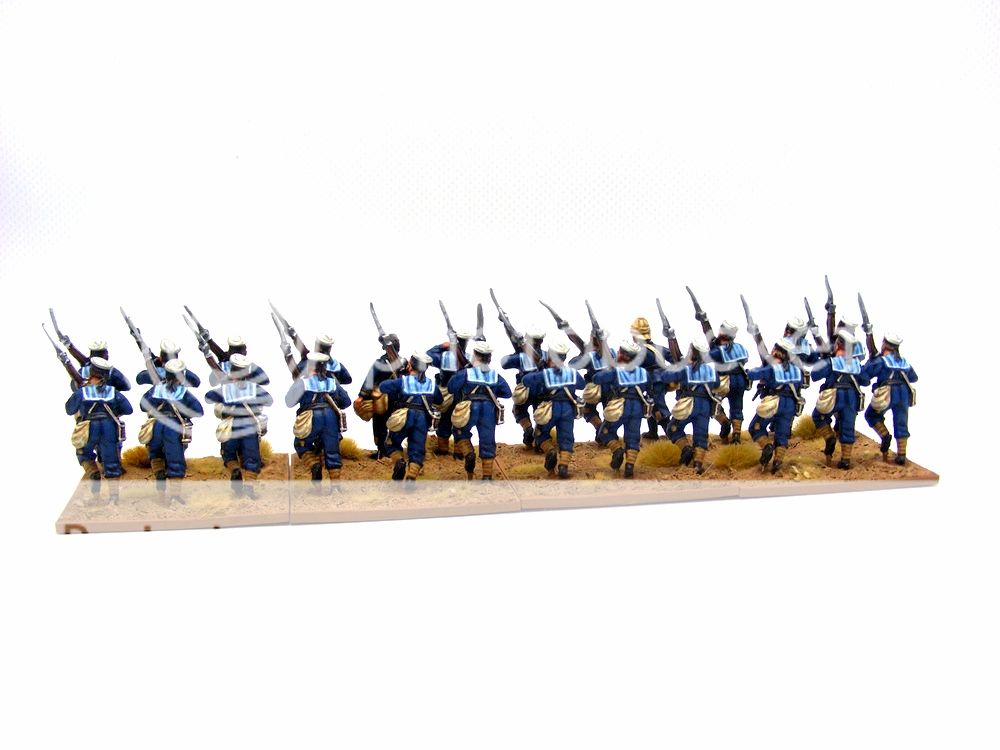

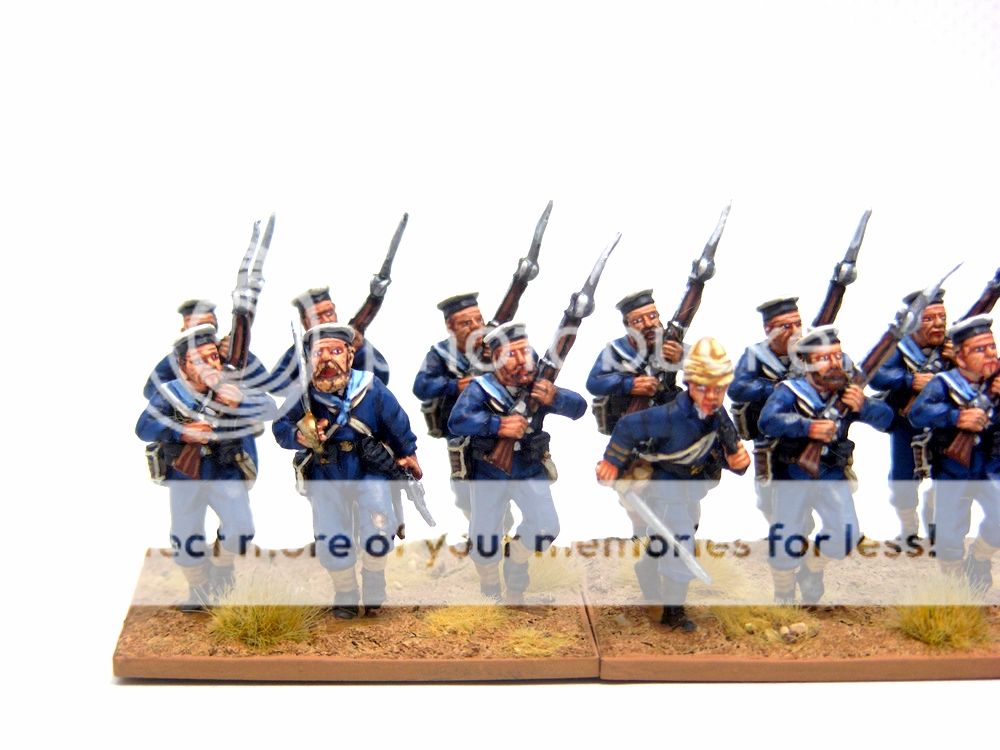
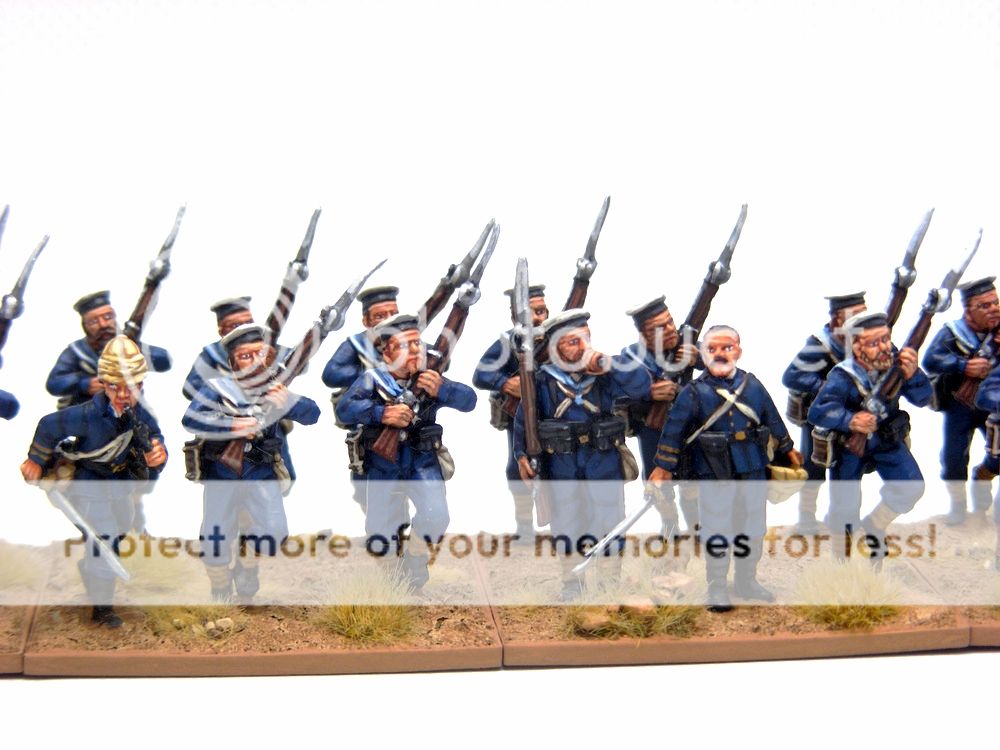
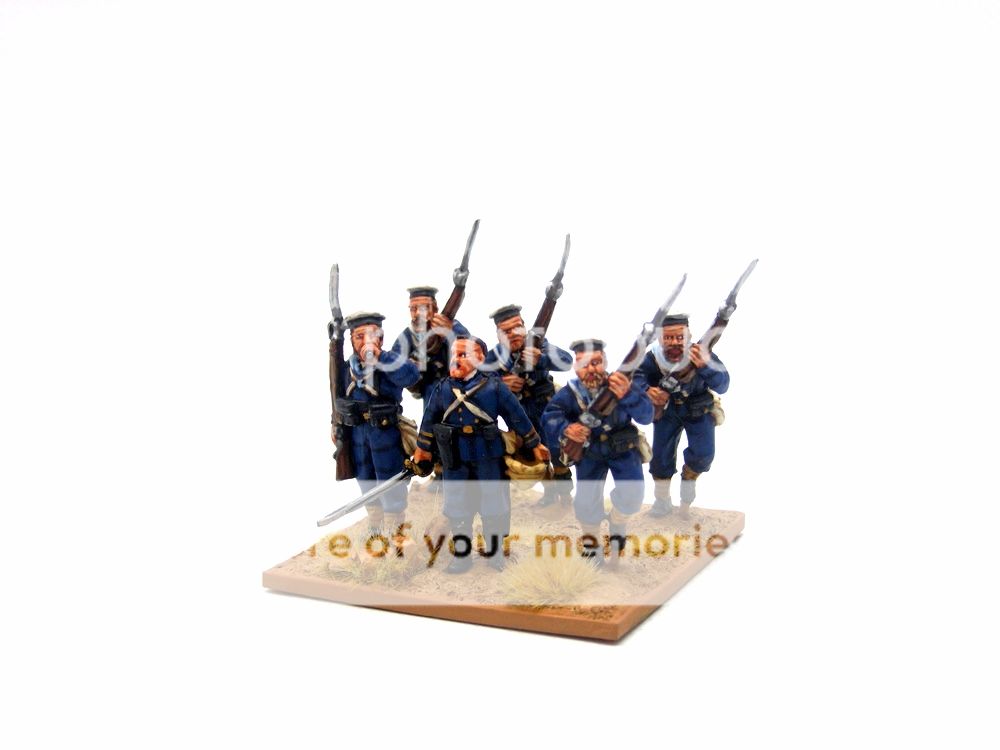
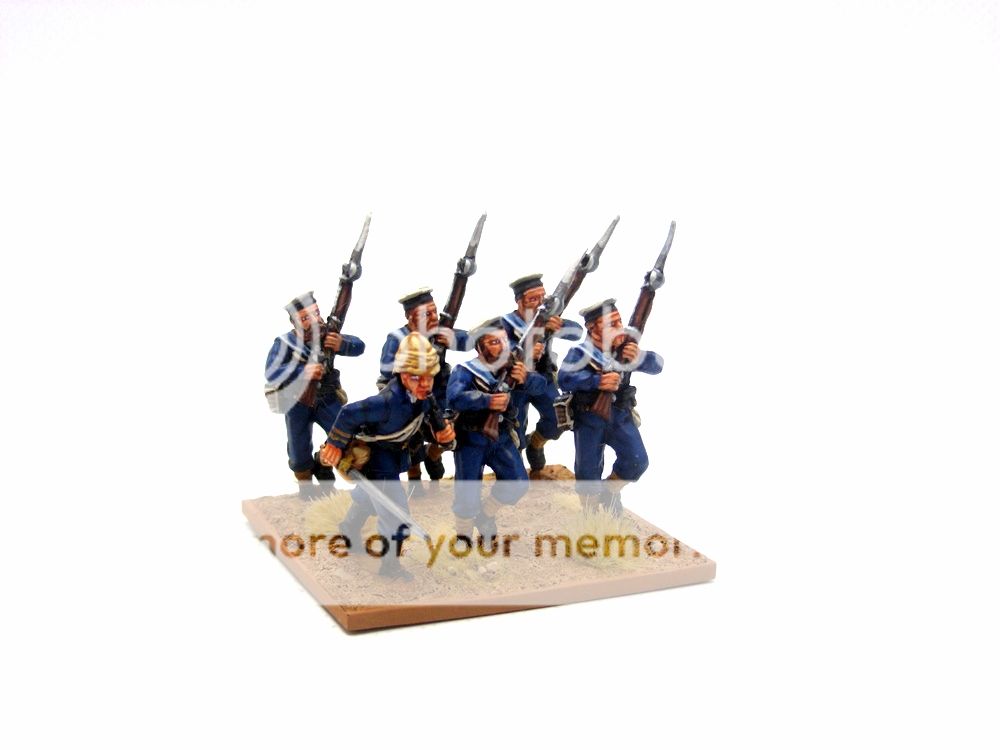

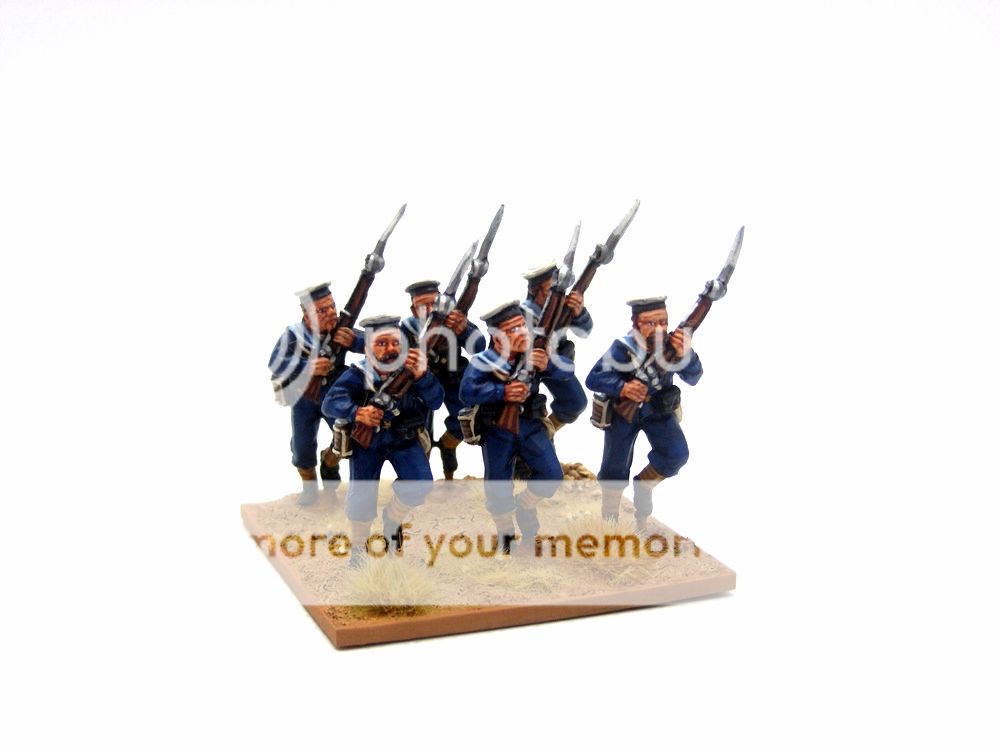
Lovely lovely stuff. very inspiring!
ReplyDeleteGreat. Very inspiring and I agree on the best four feathers film.
ReplyDelete